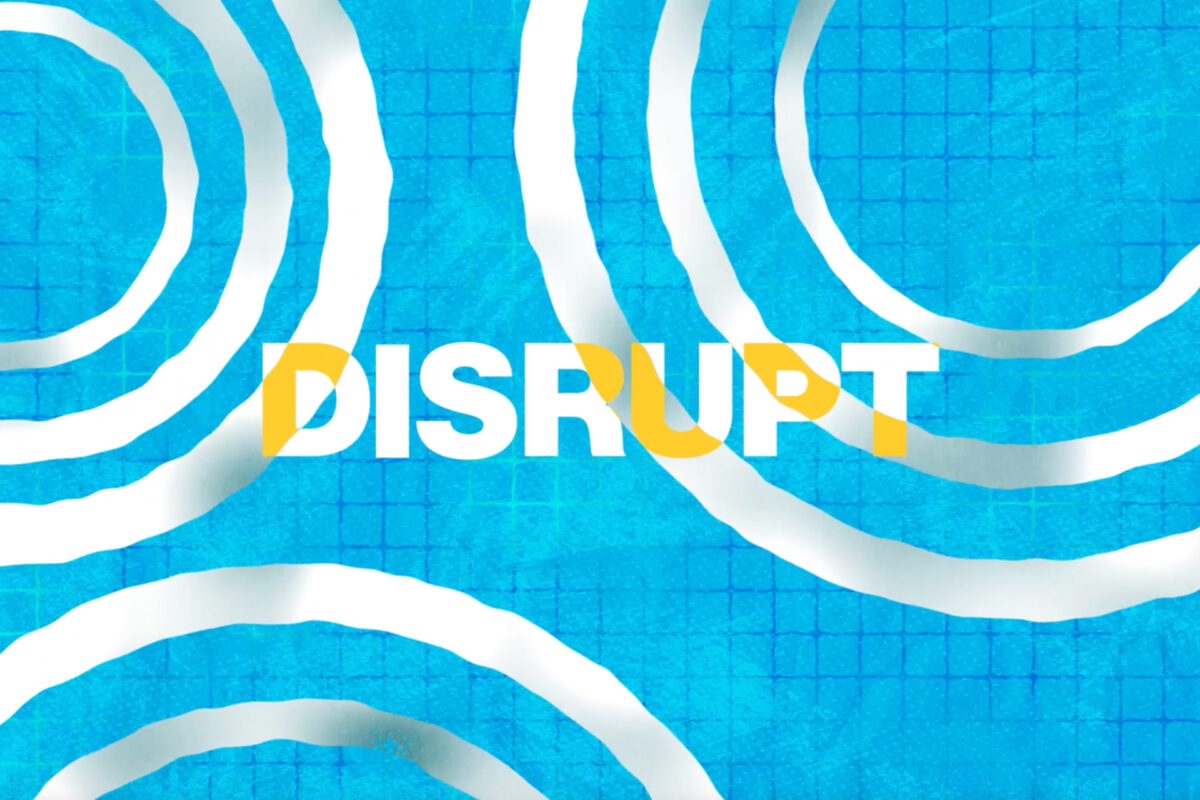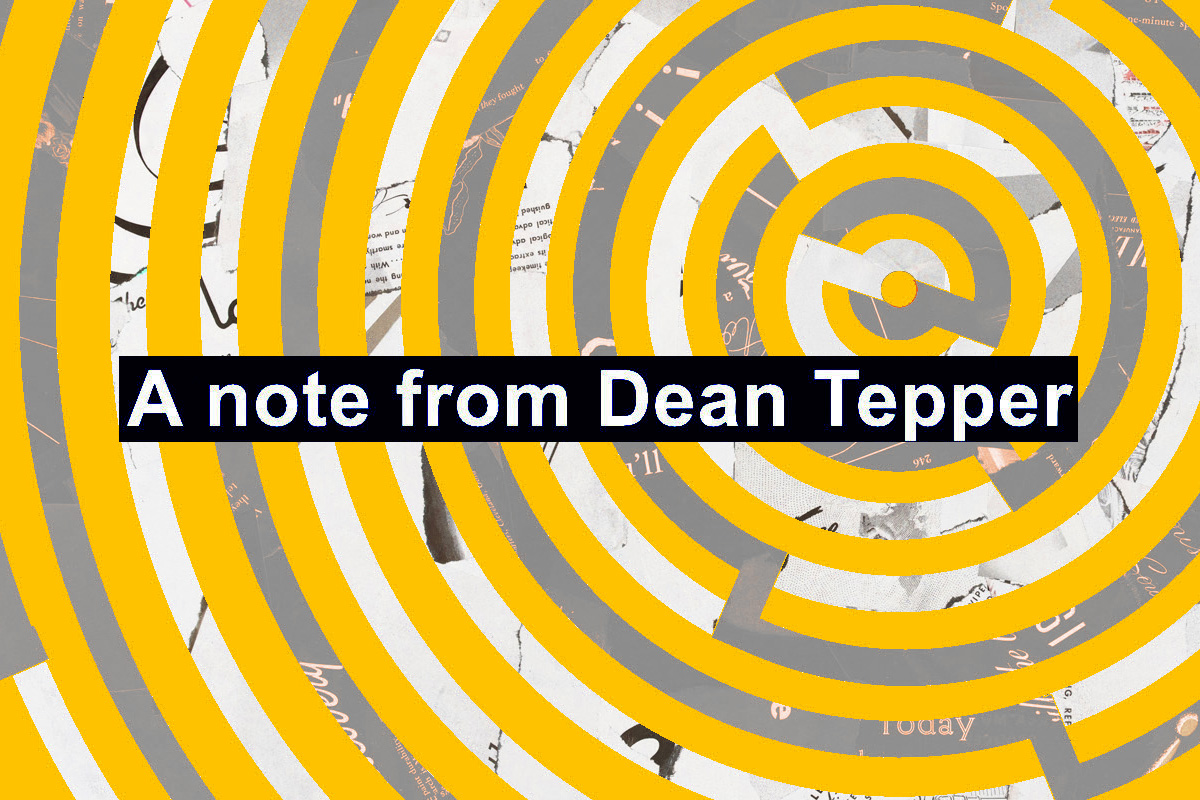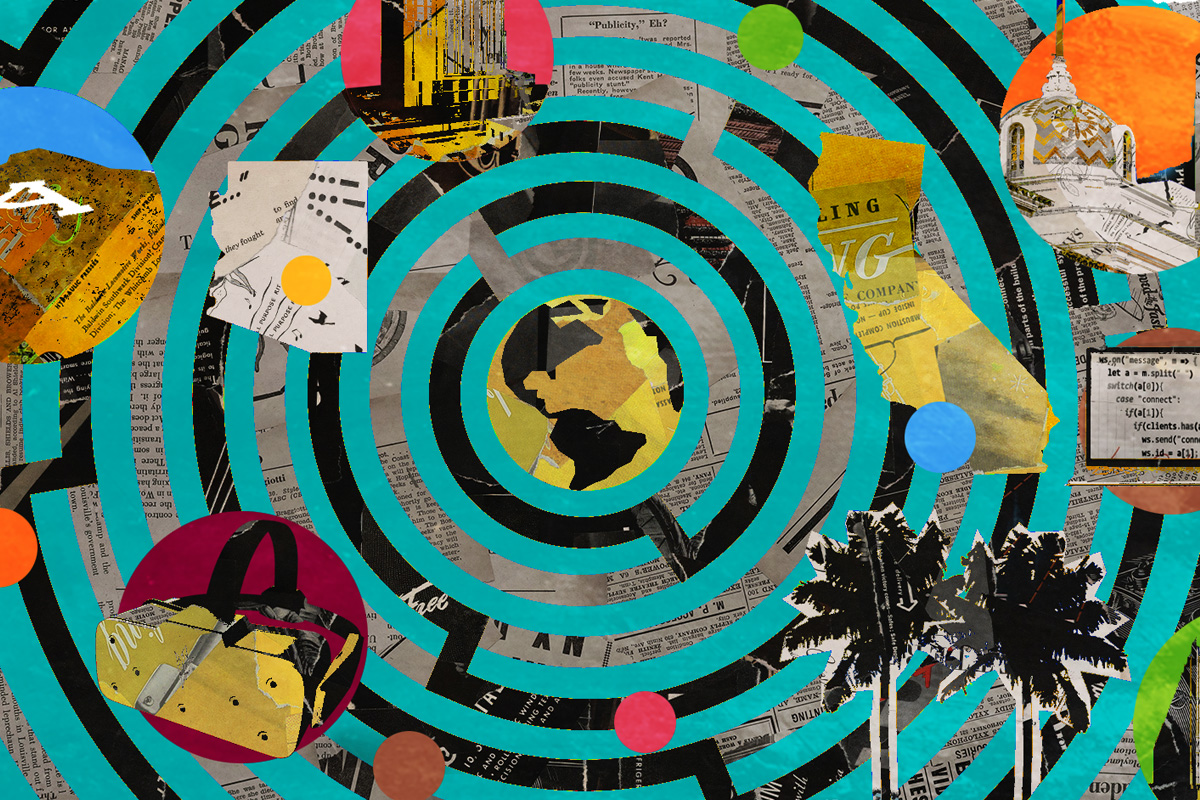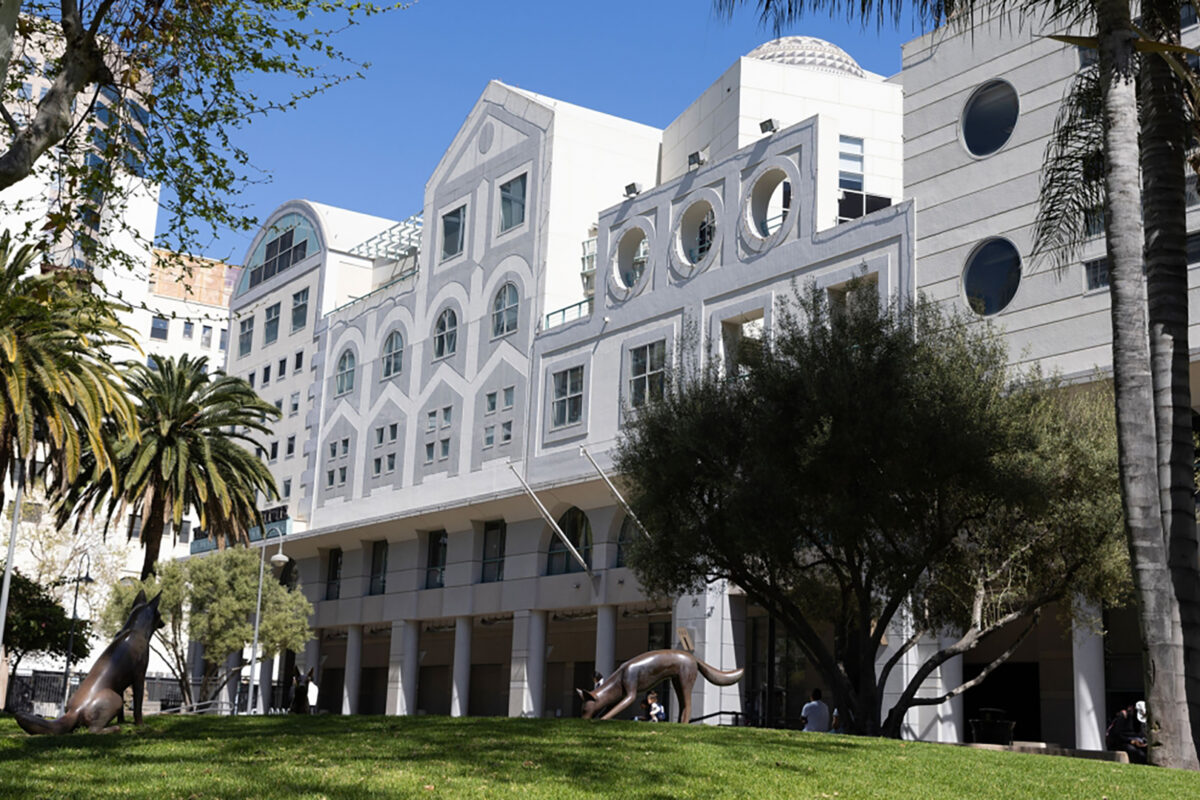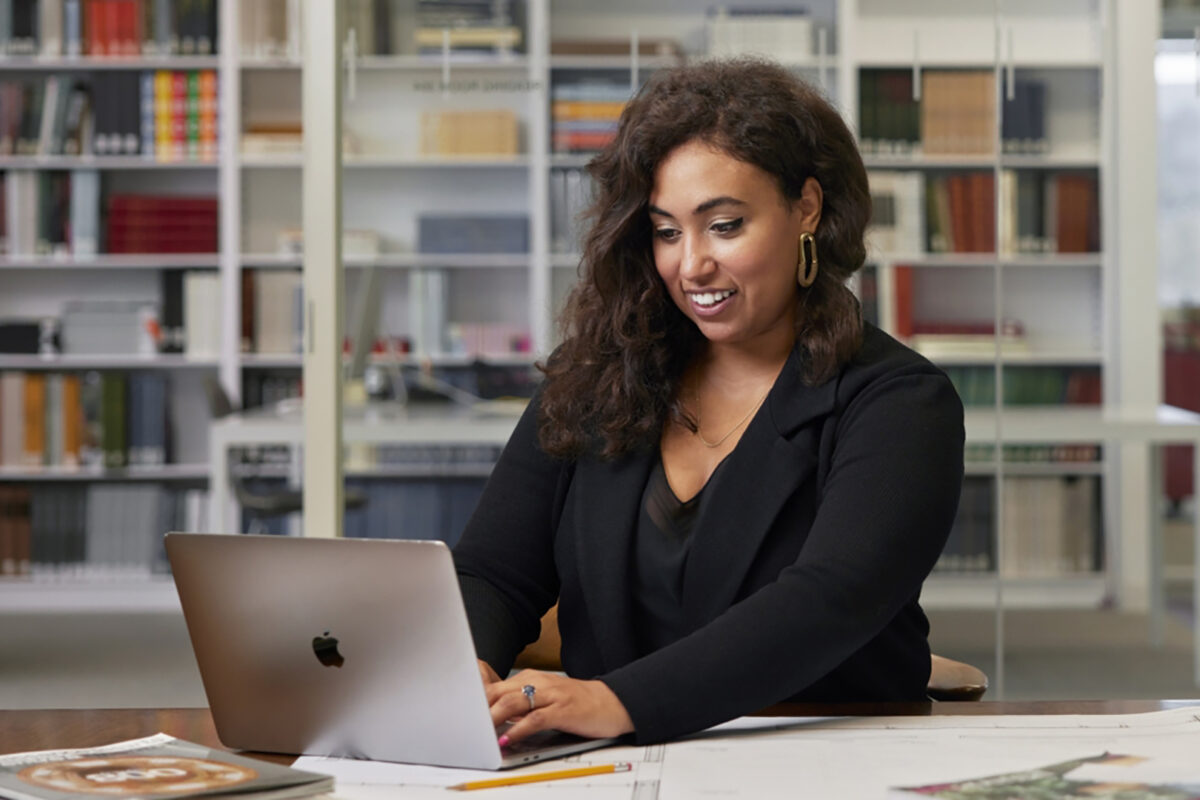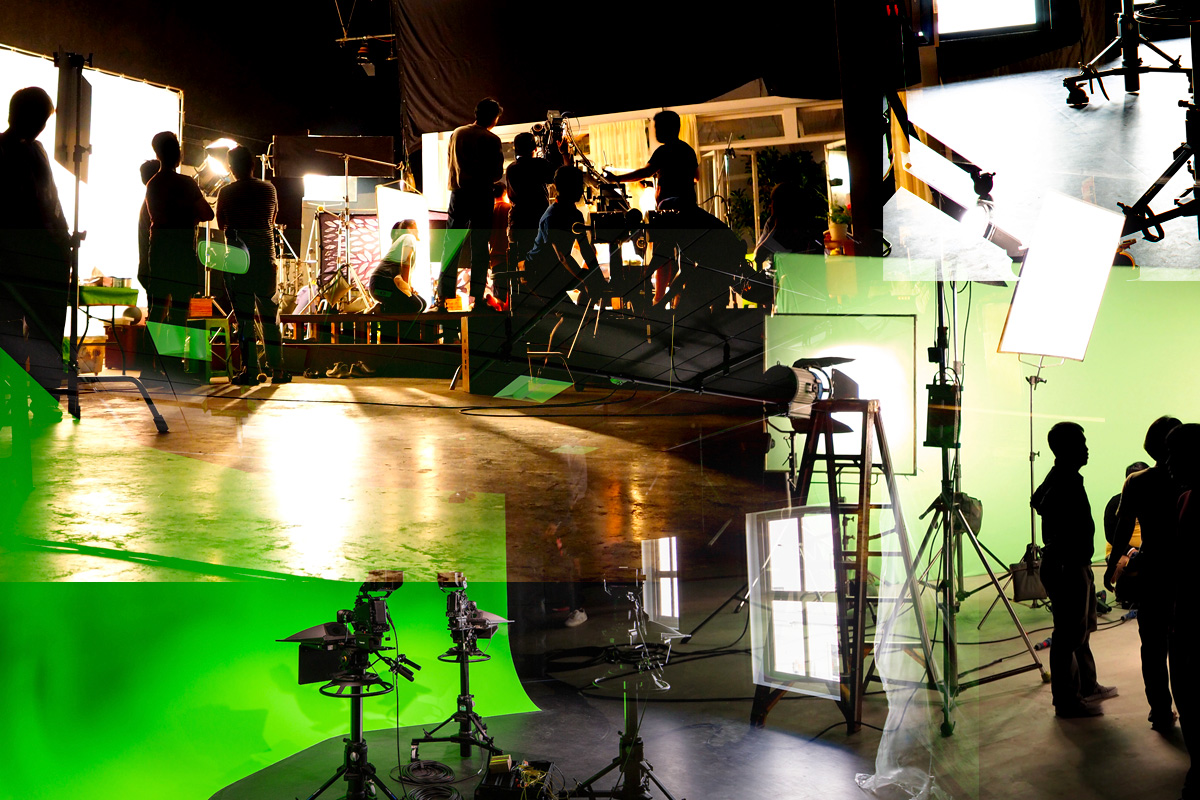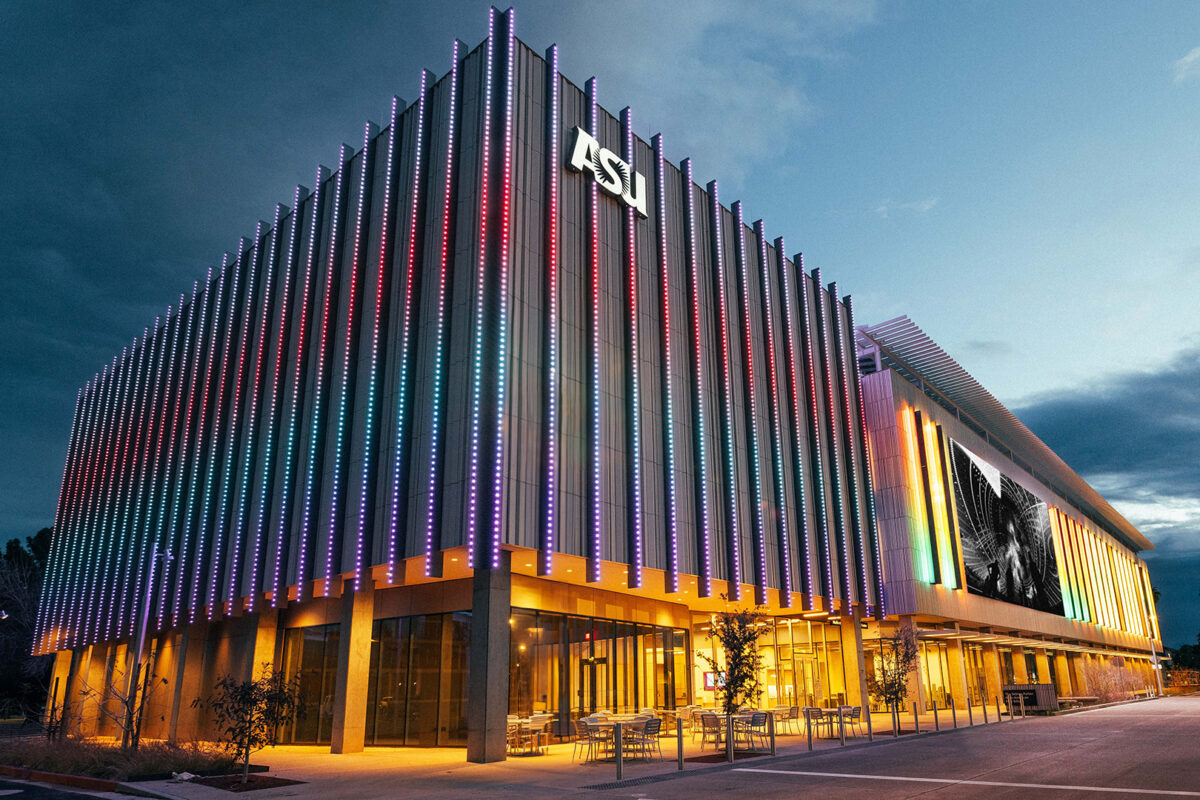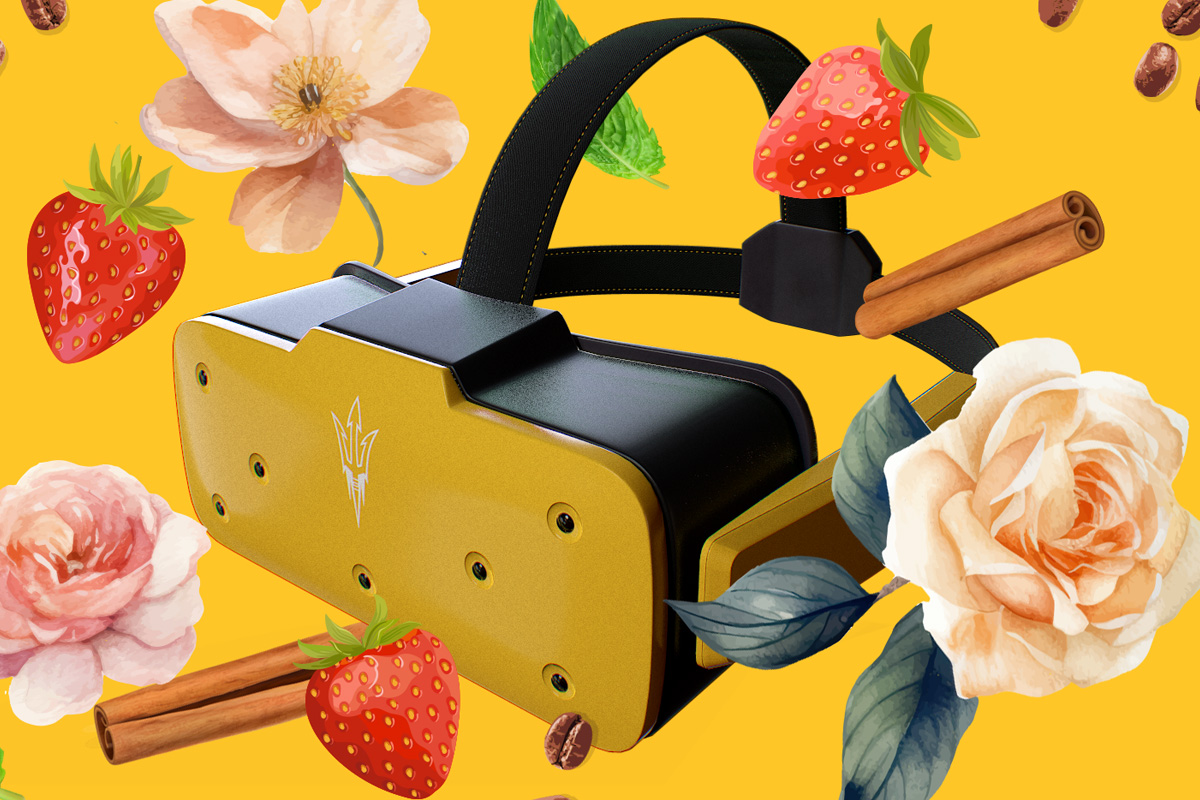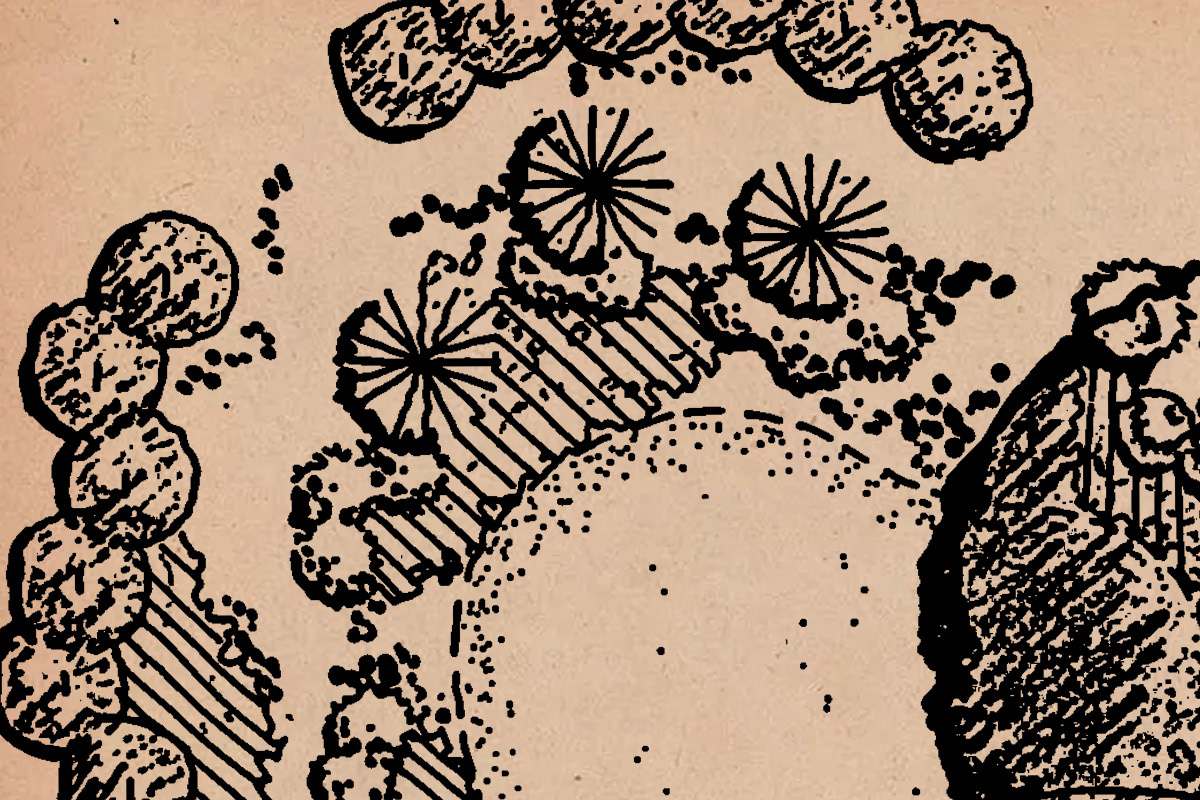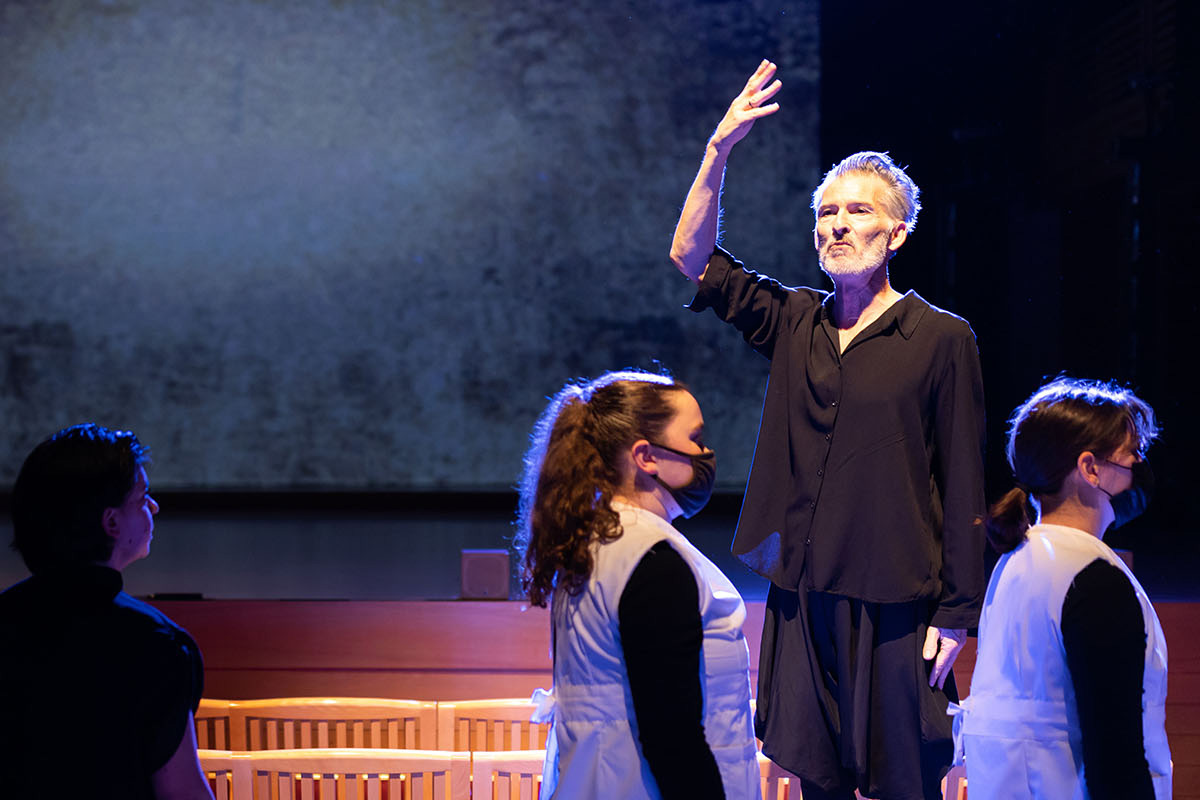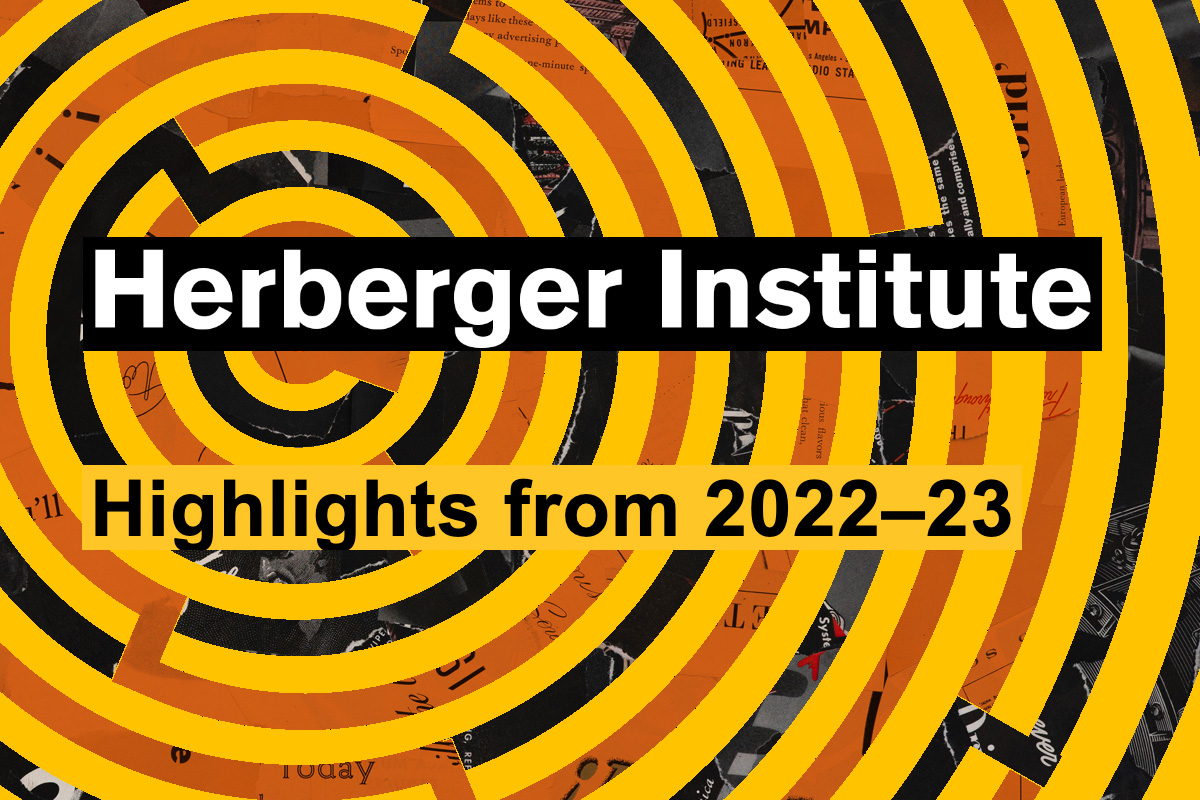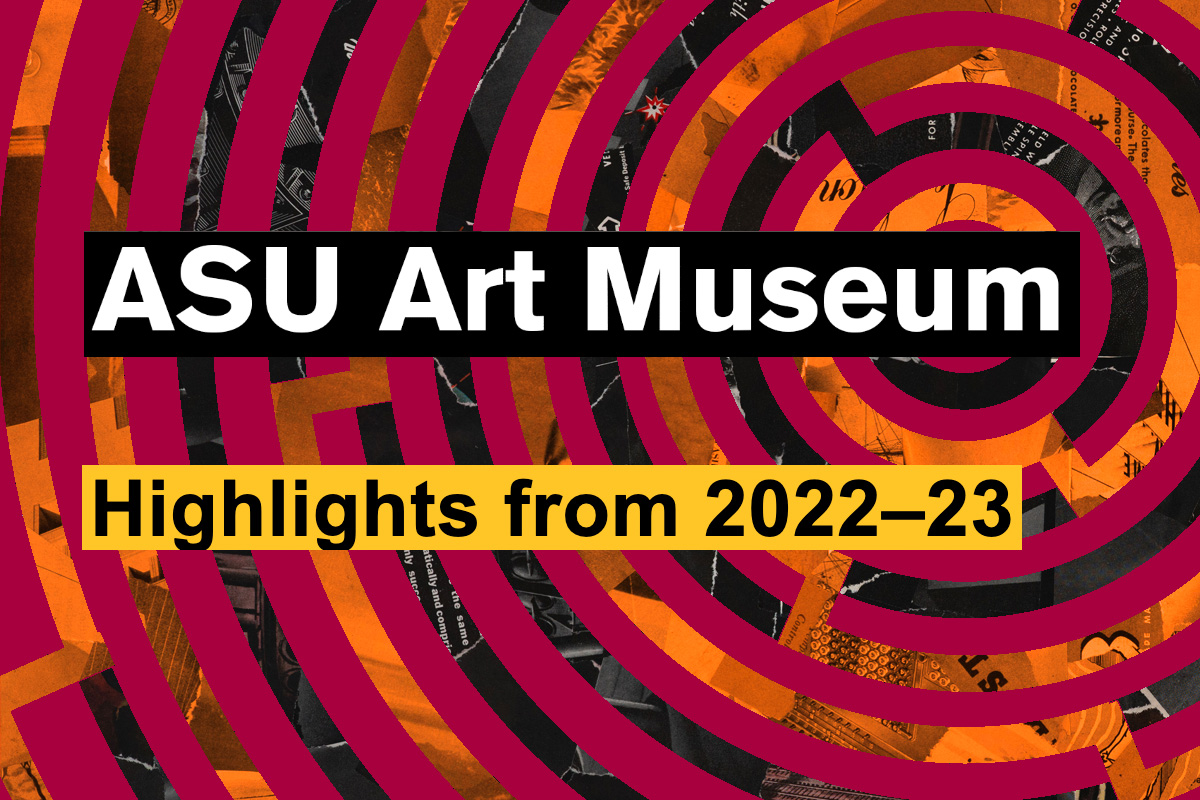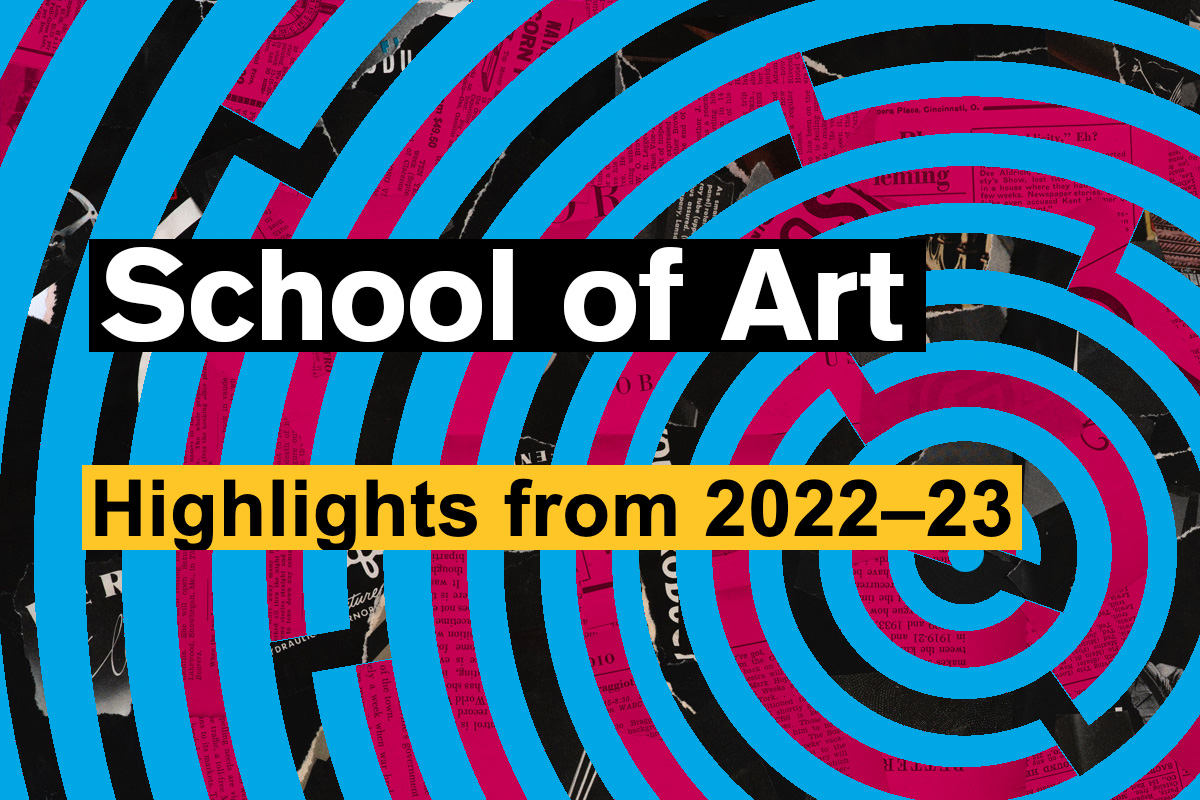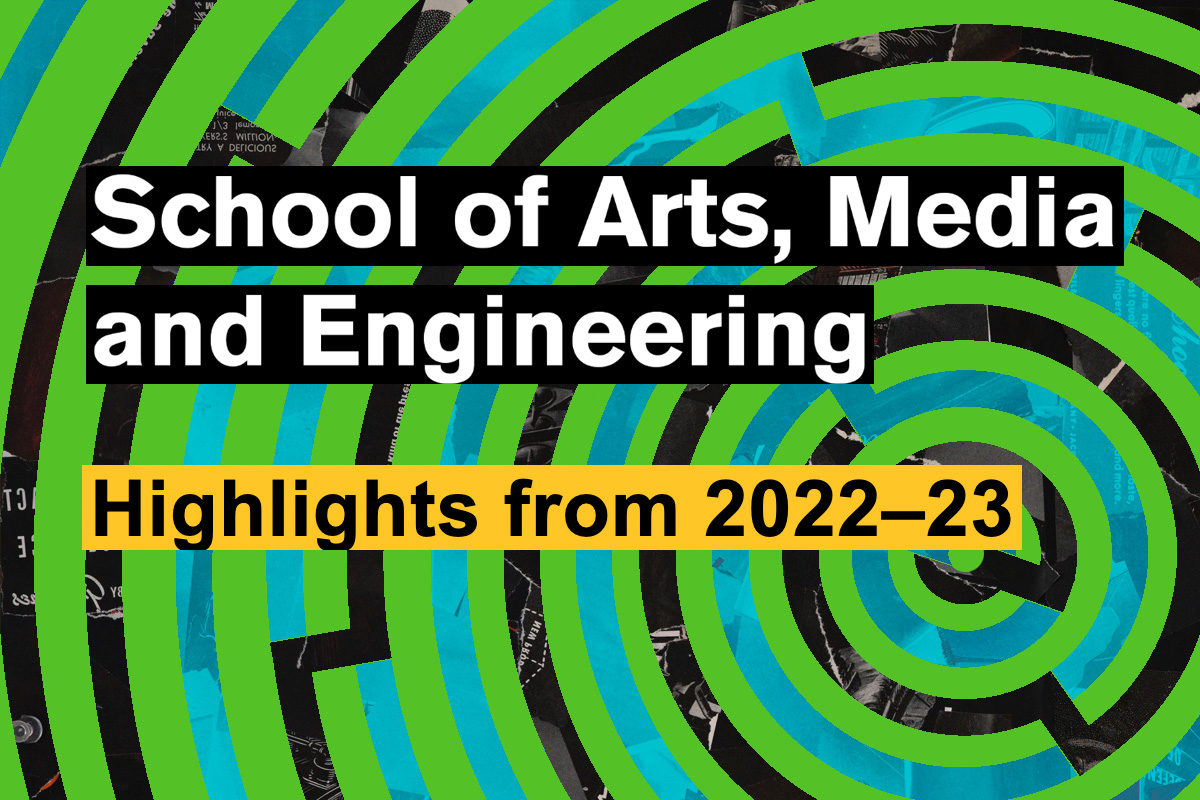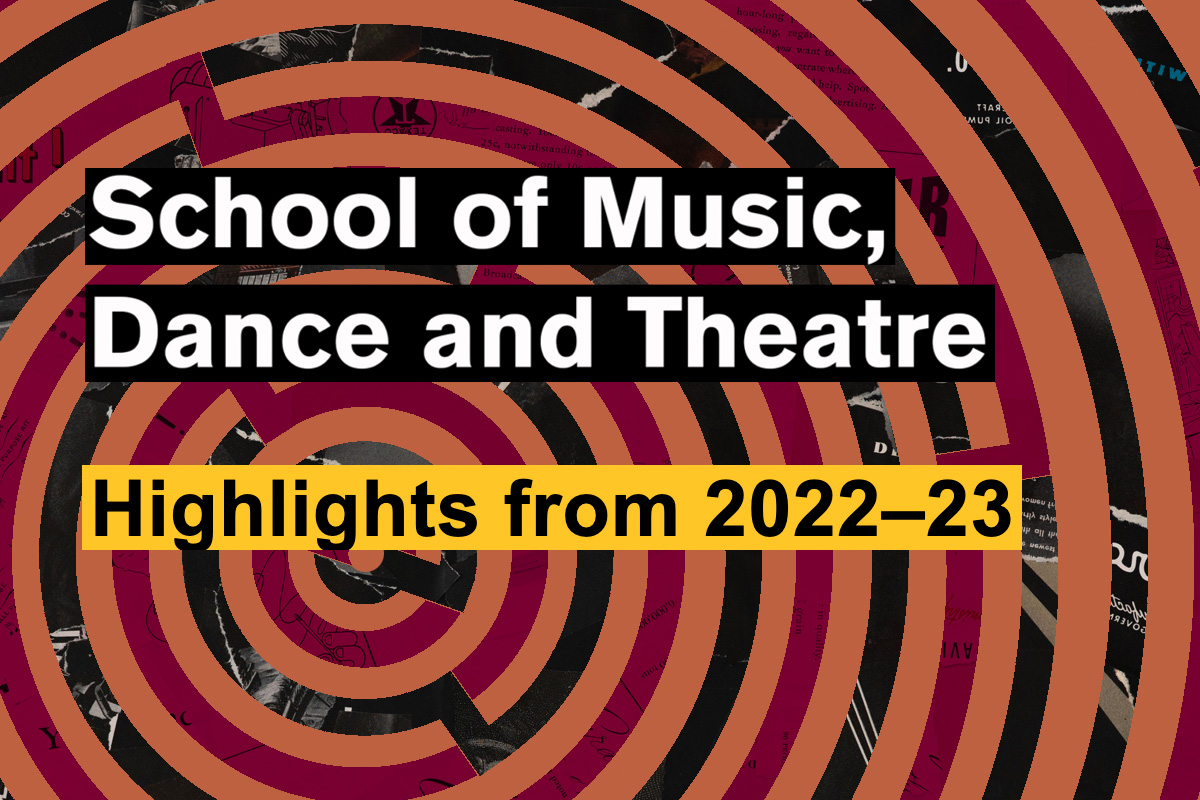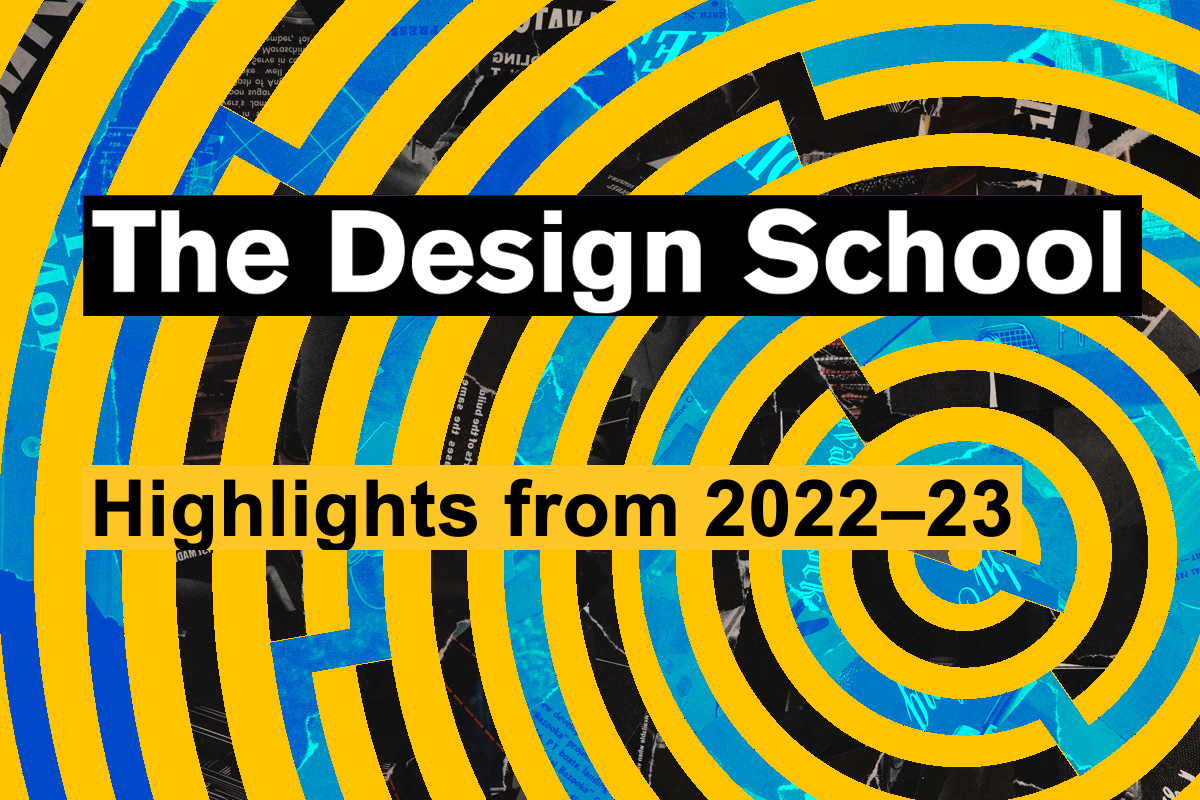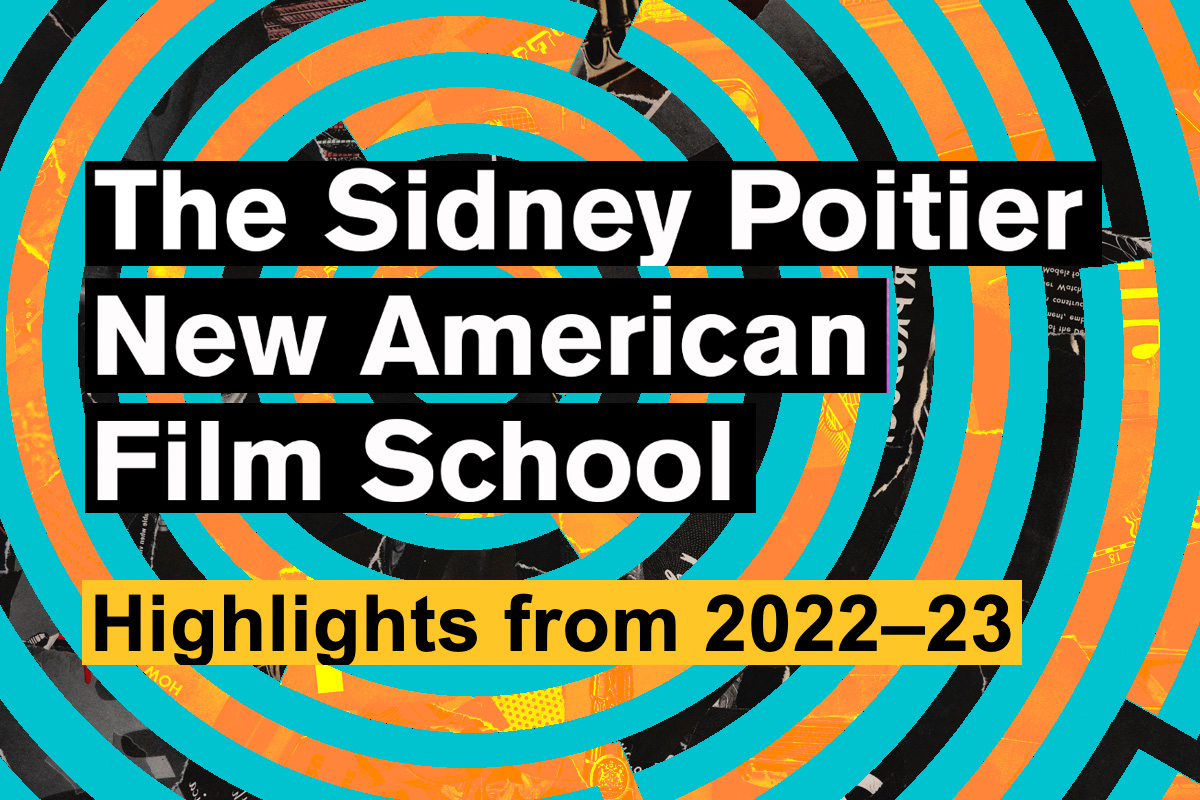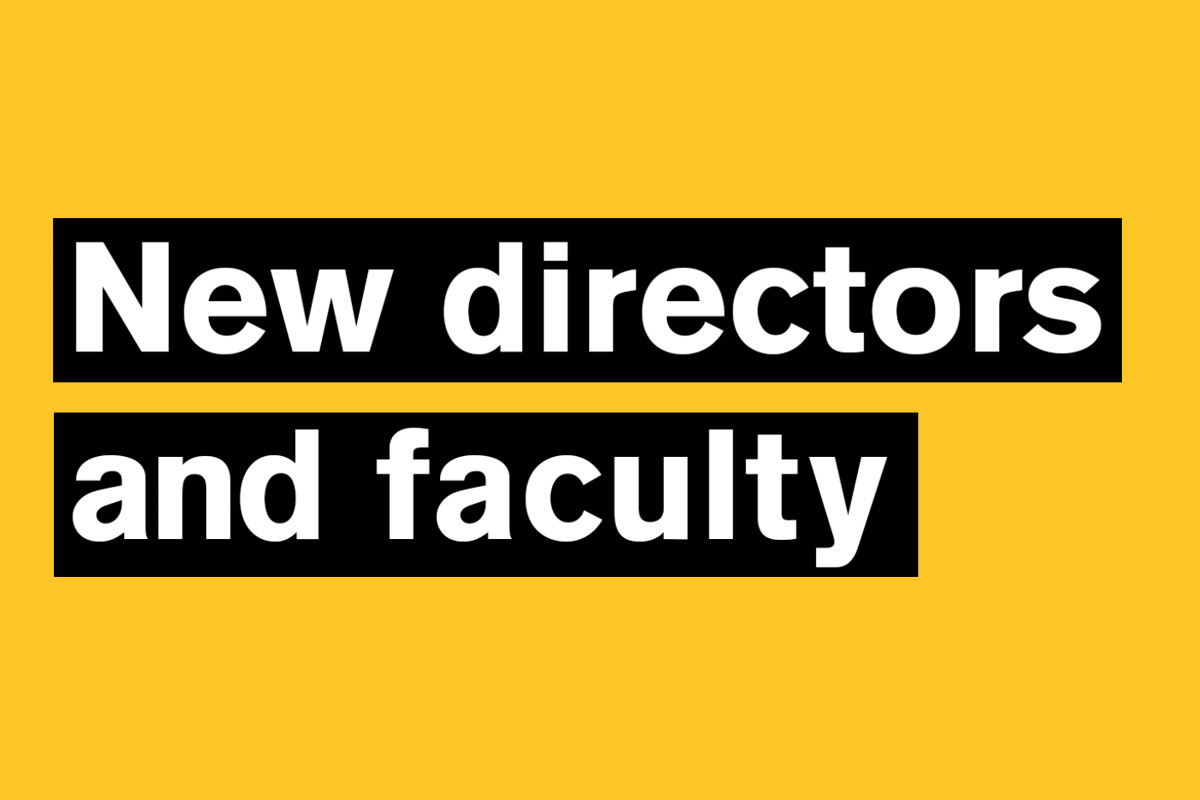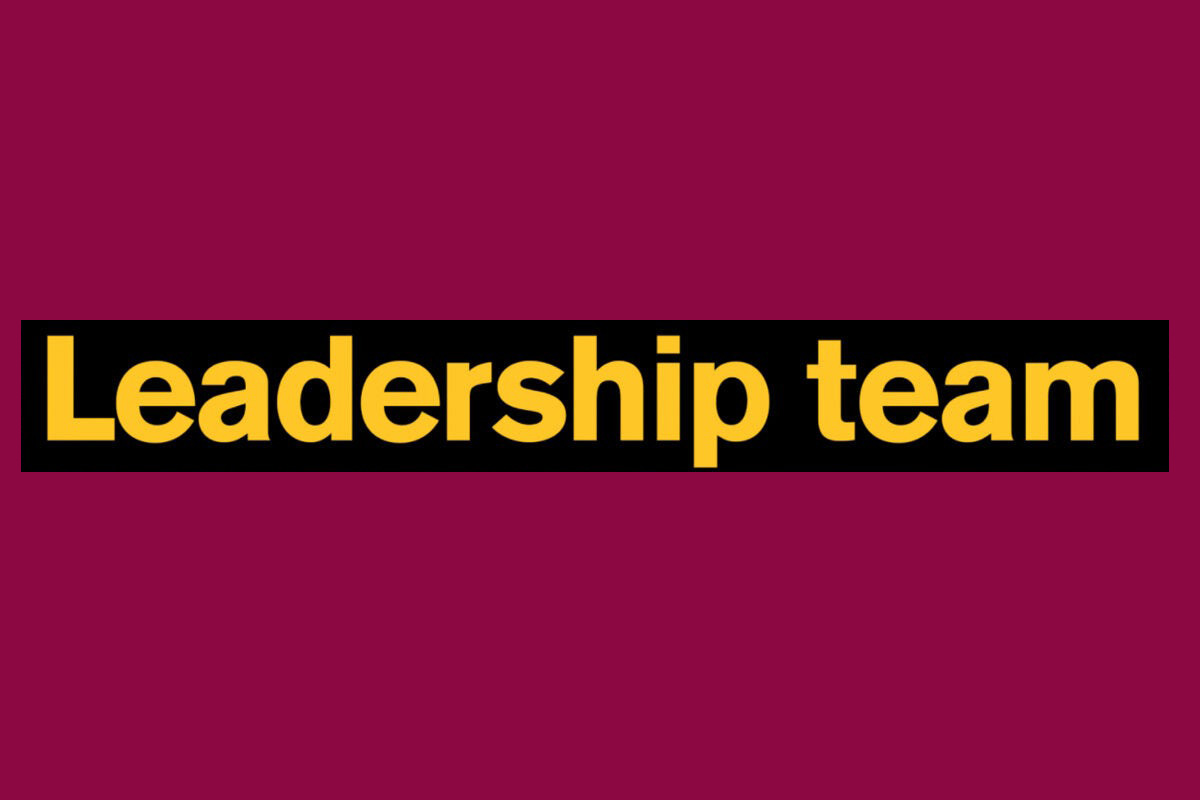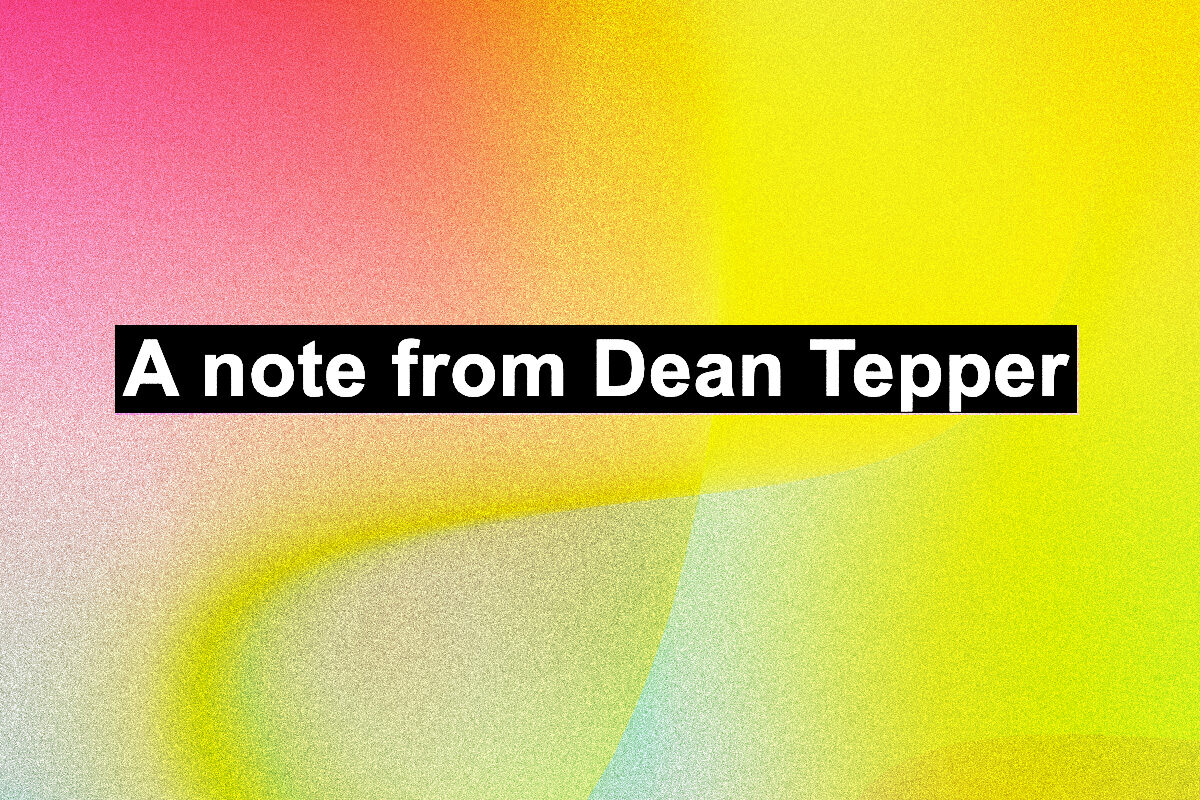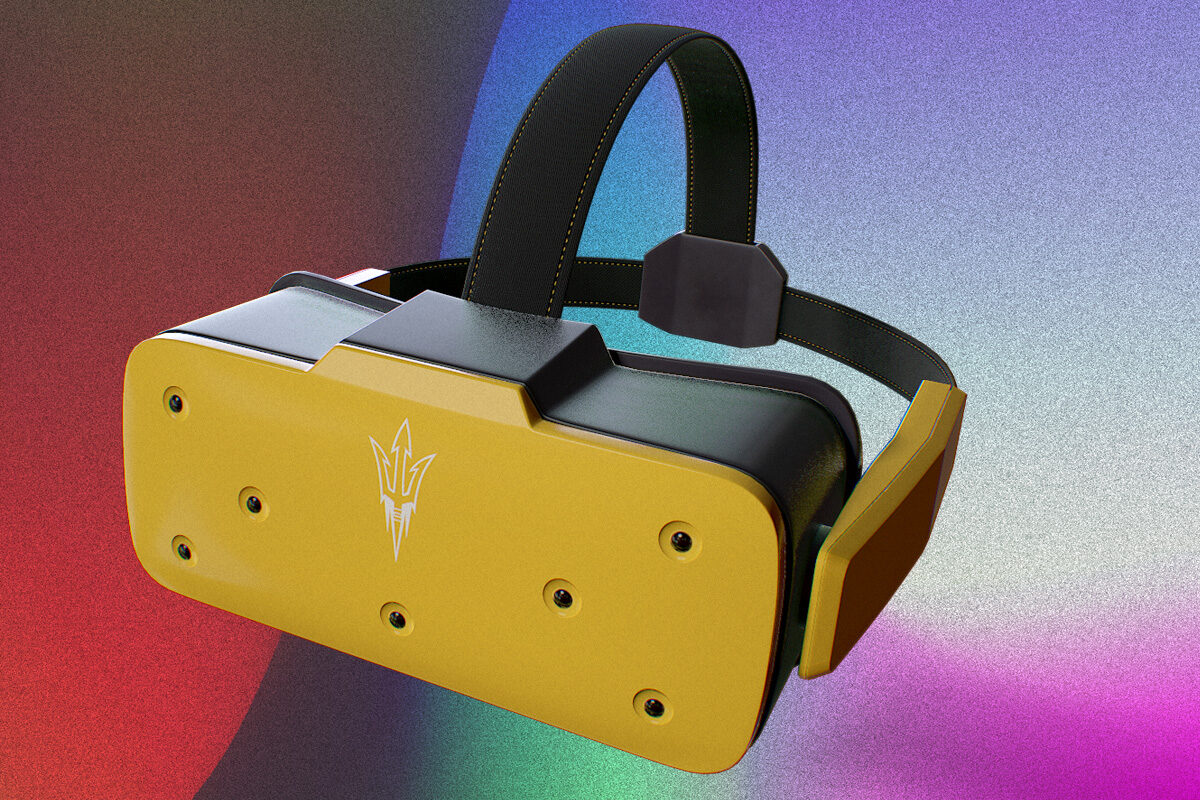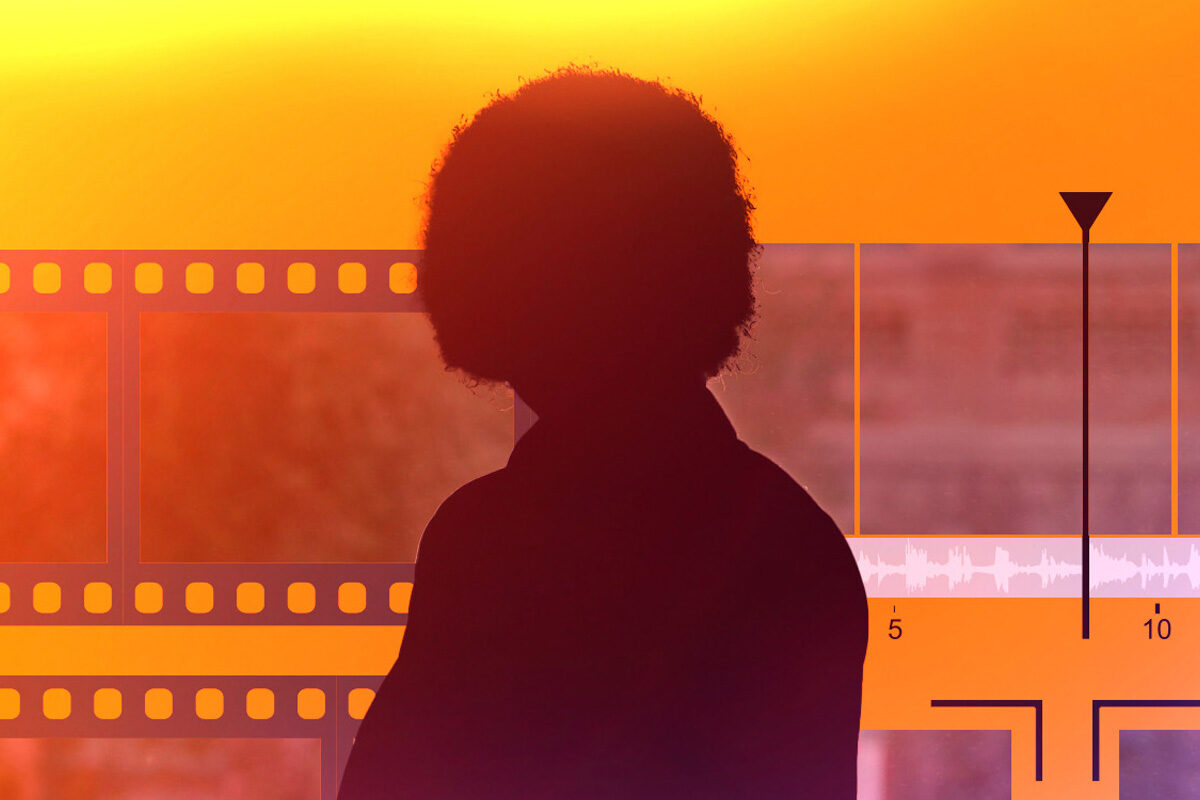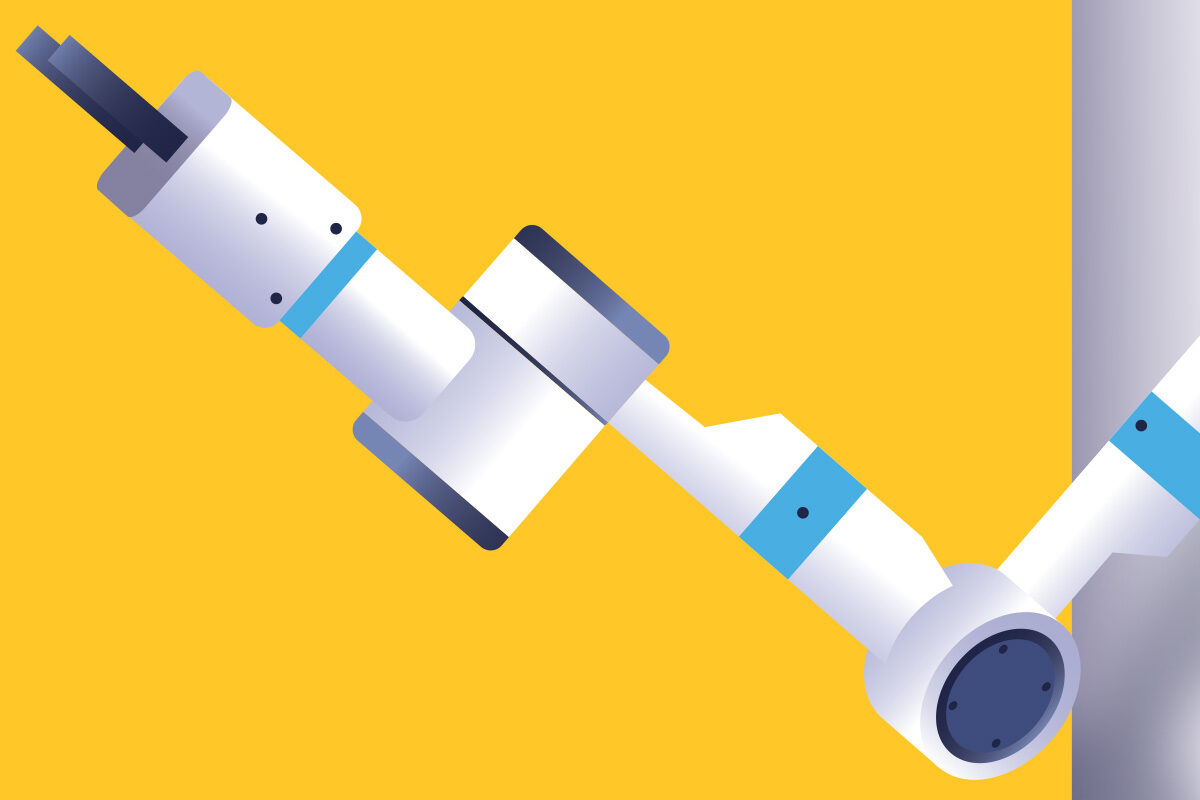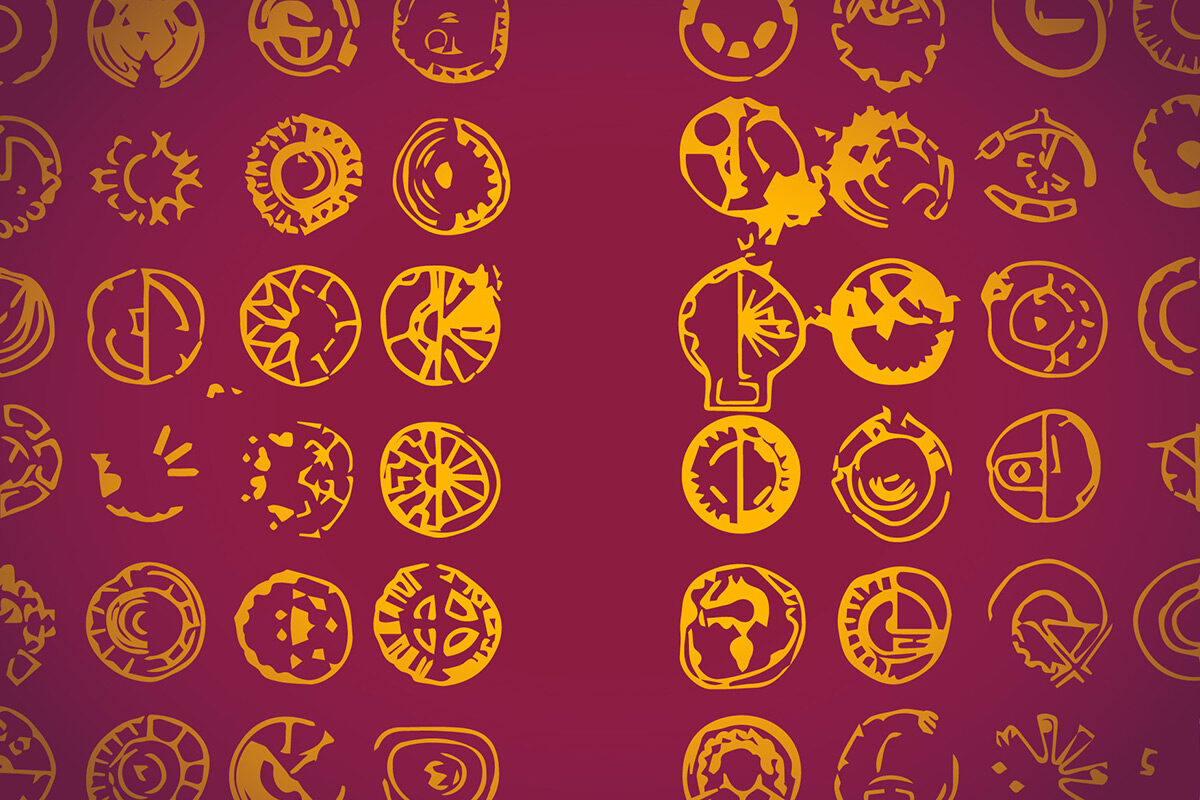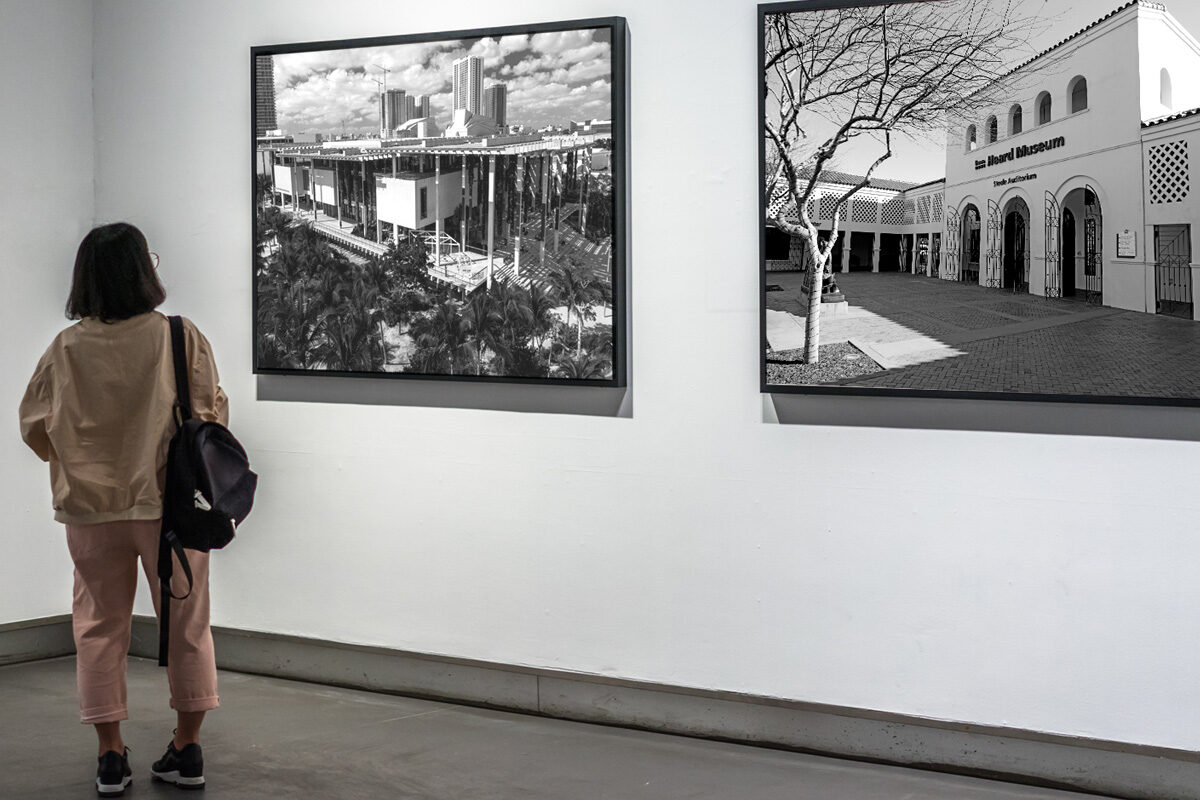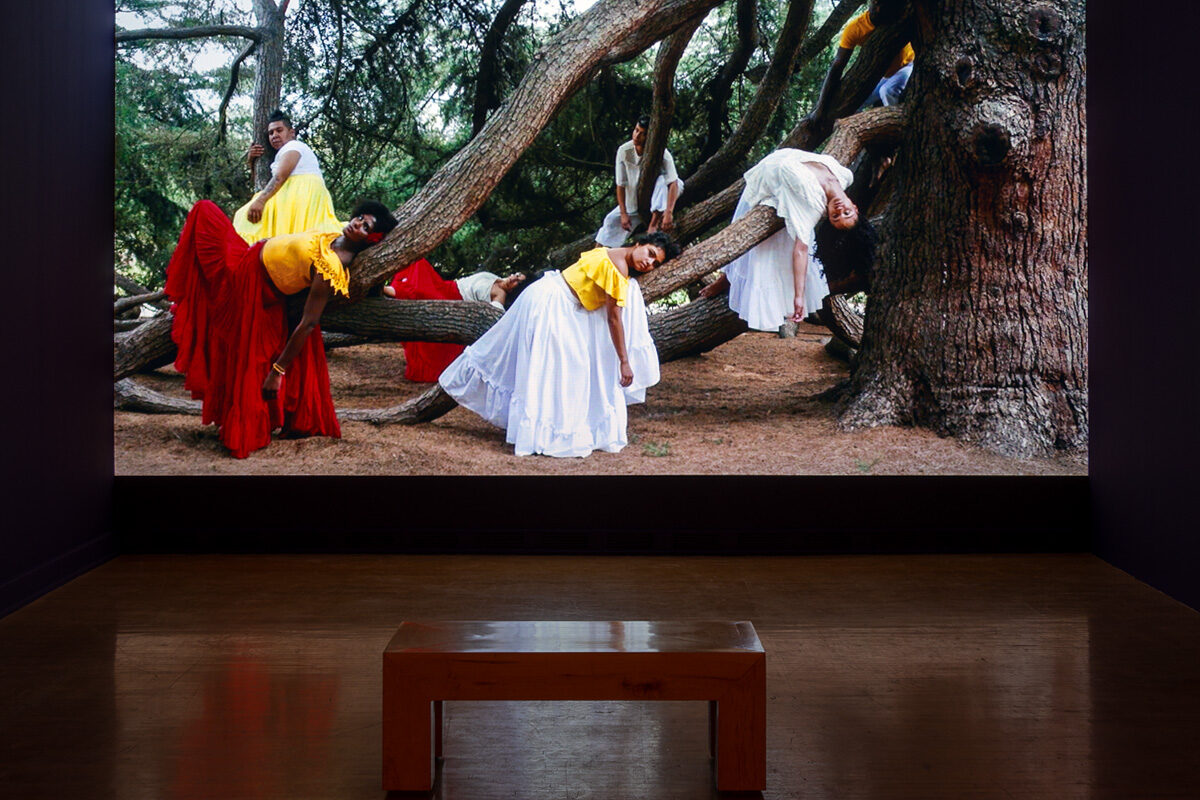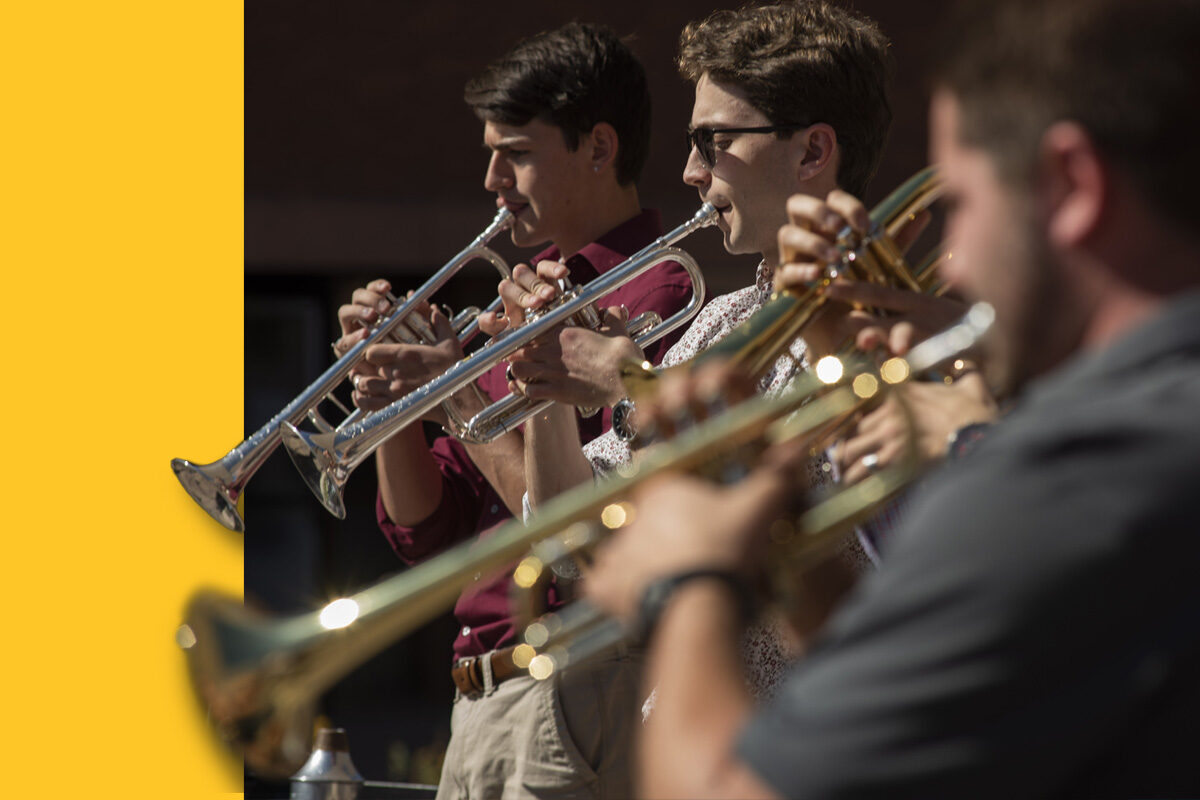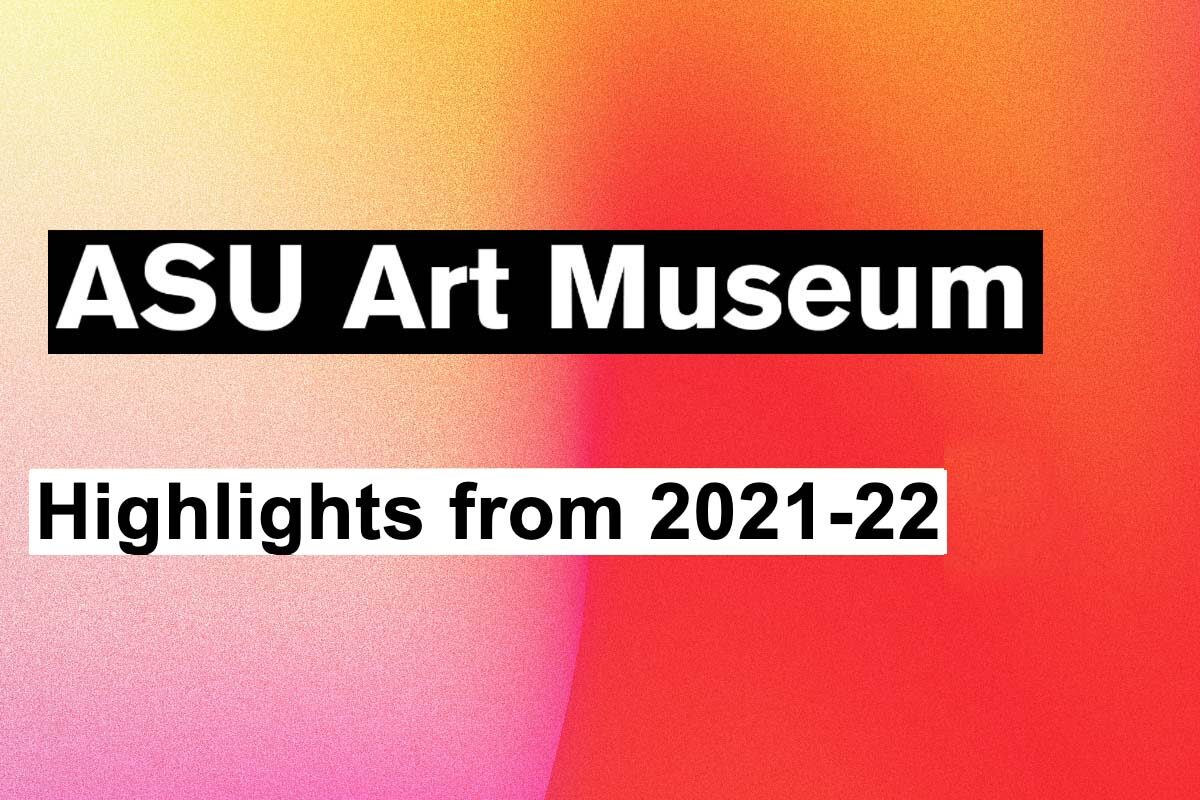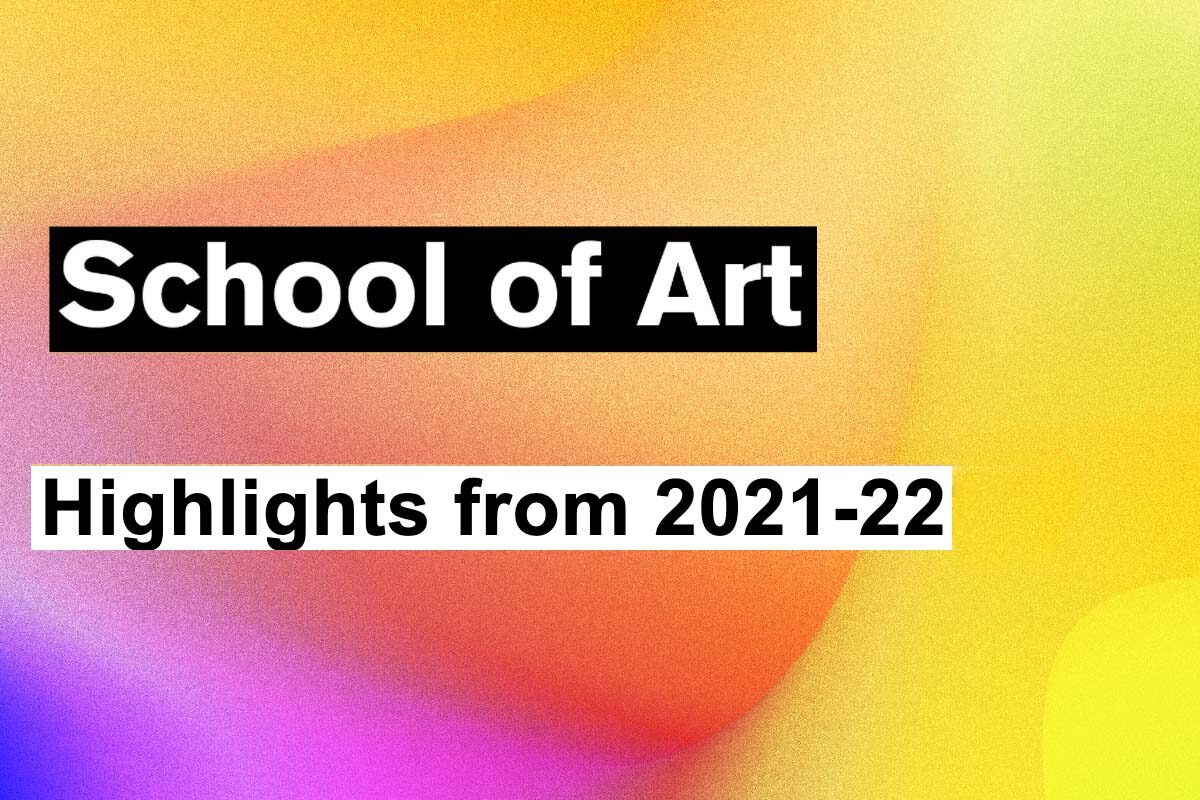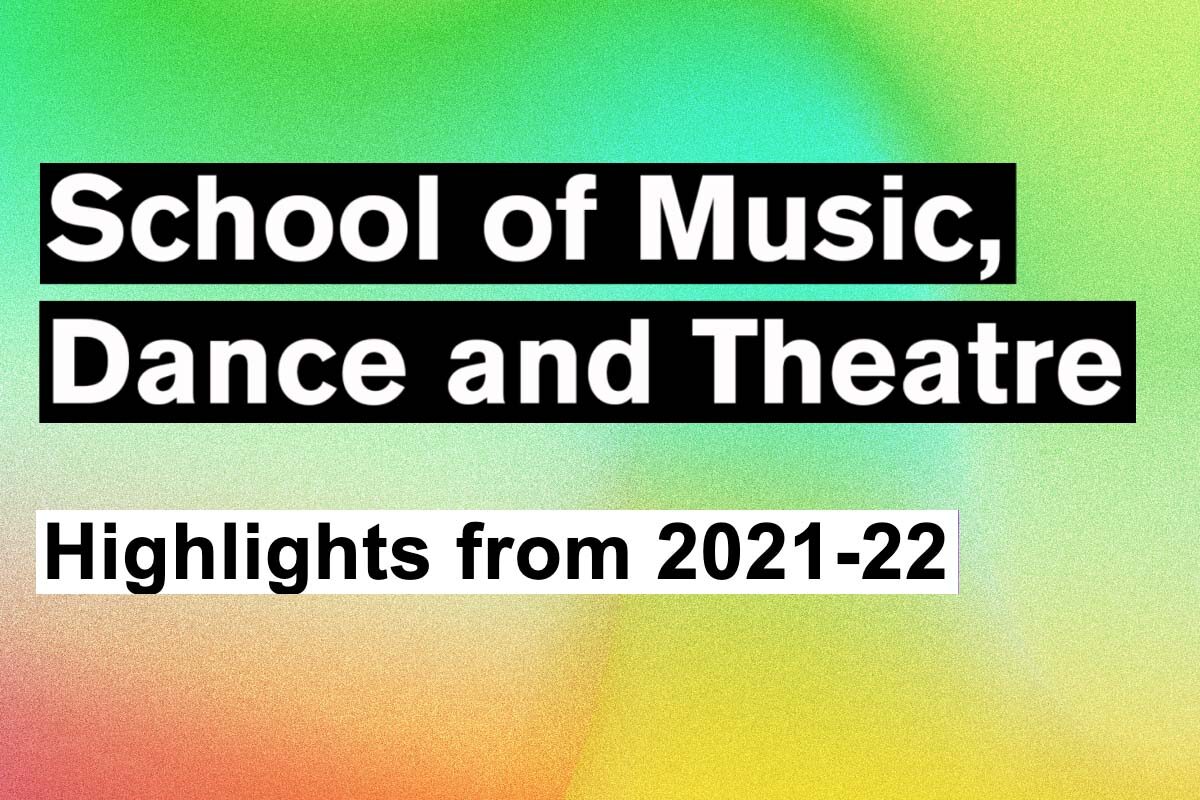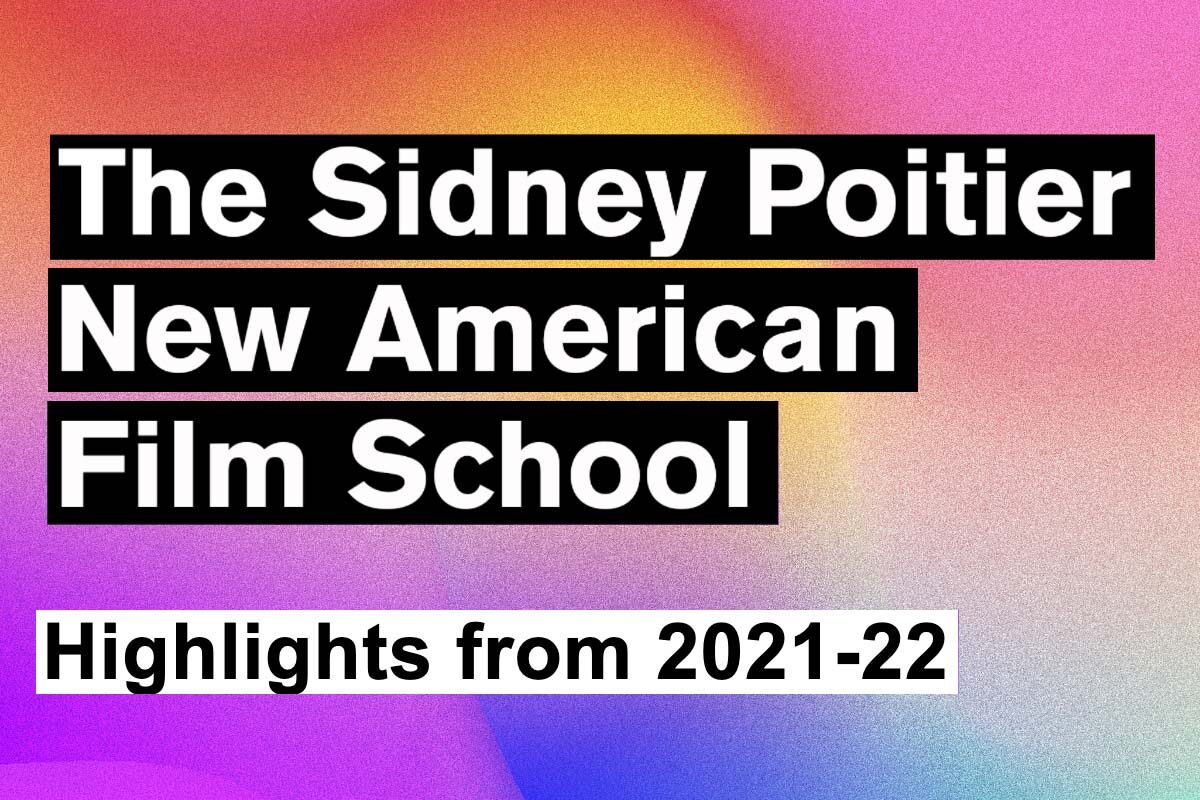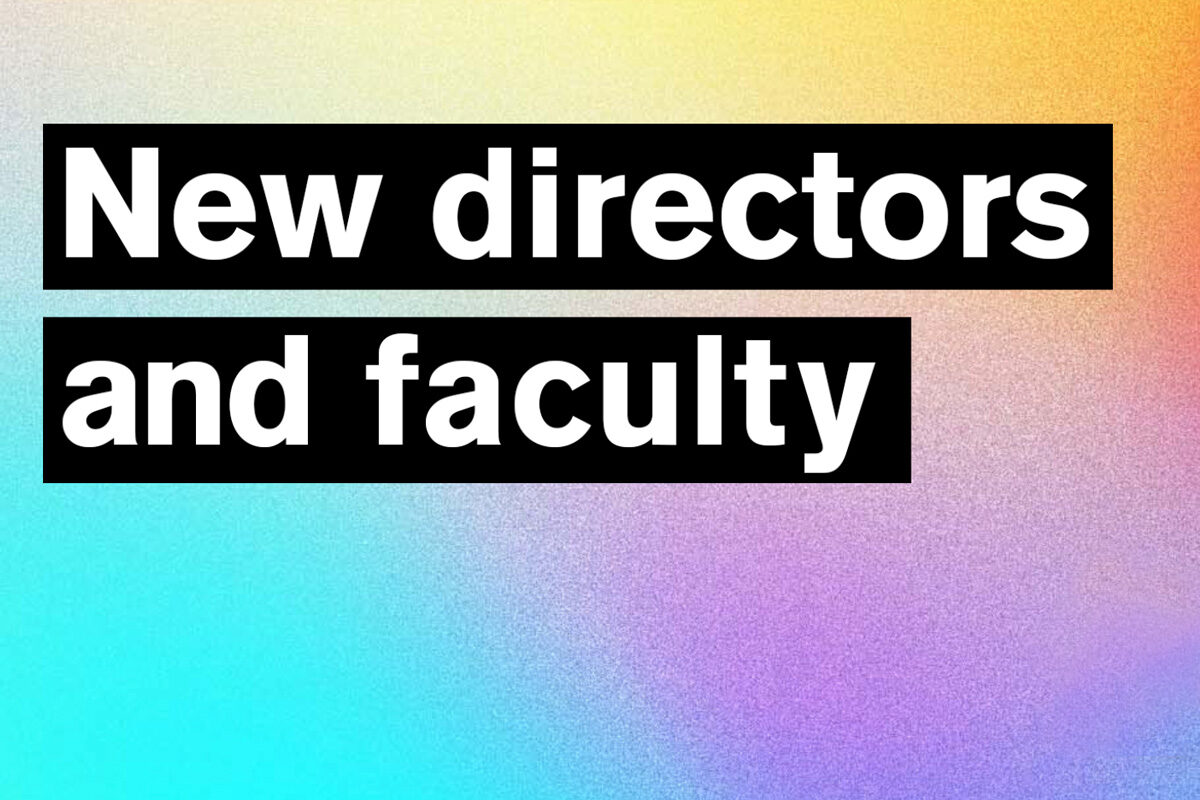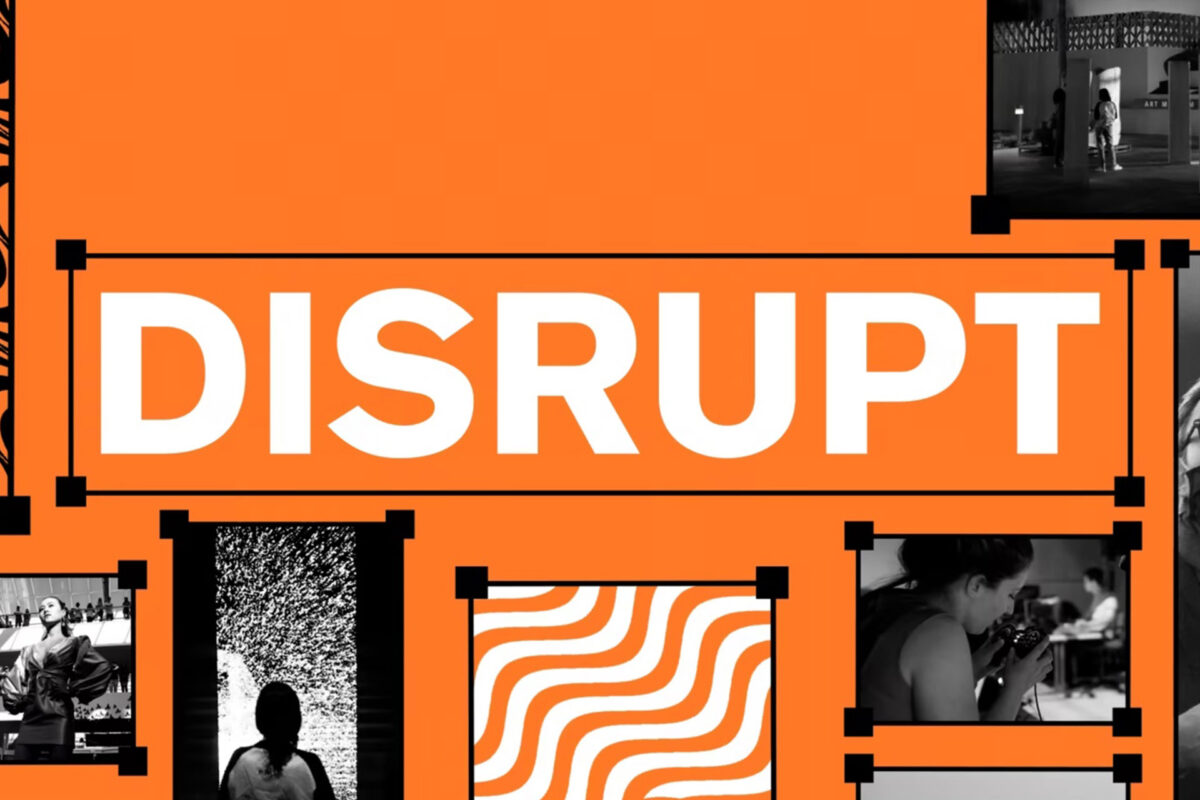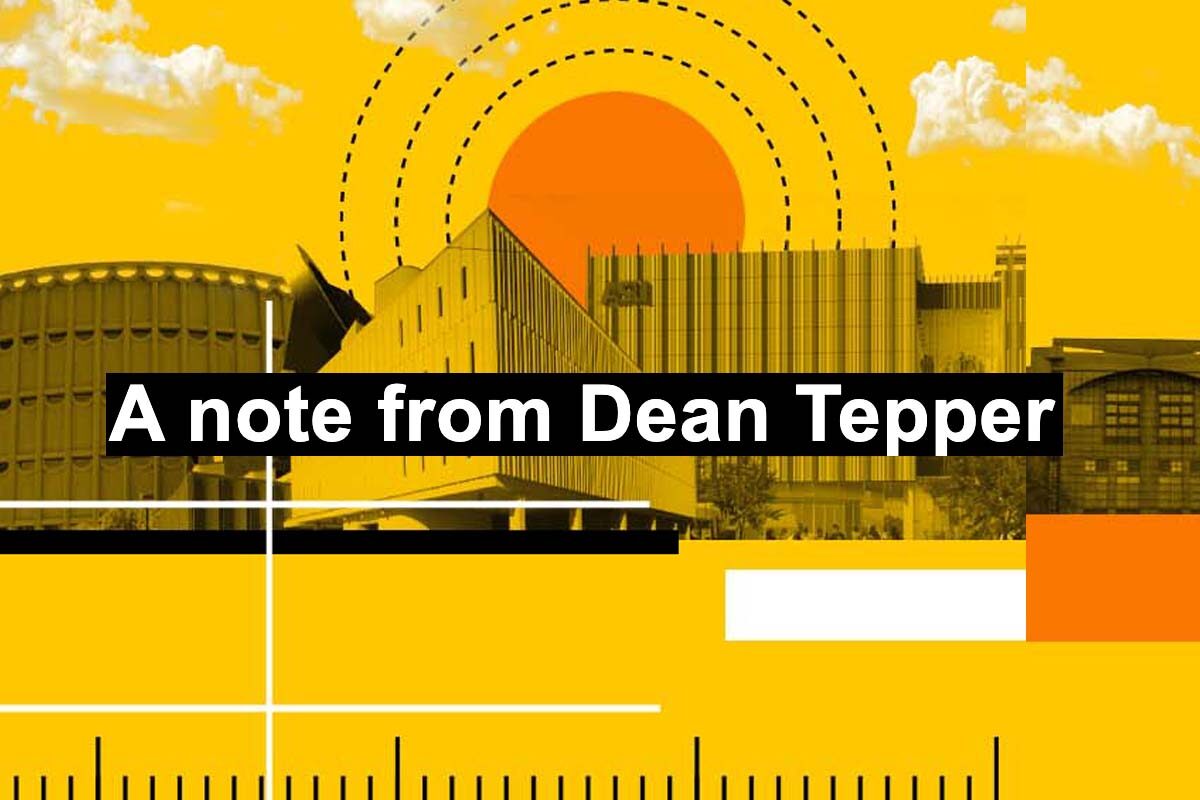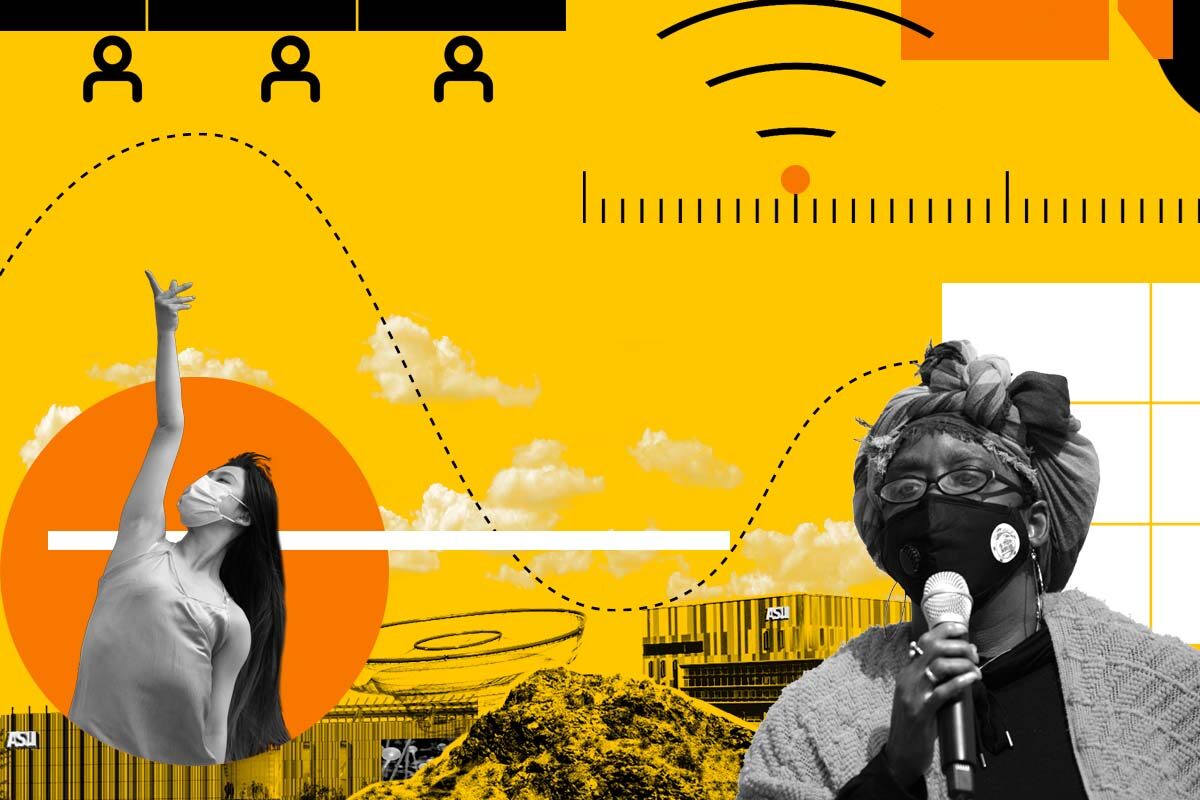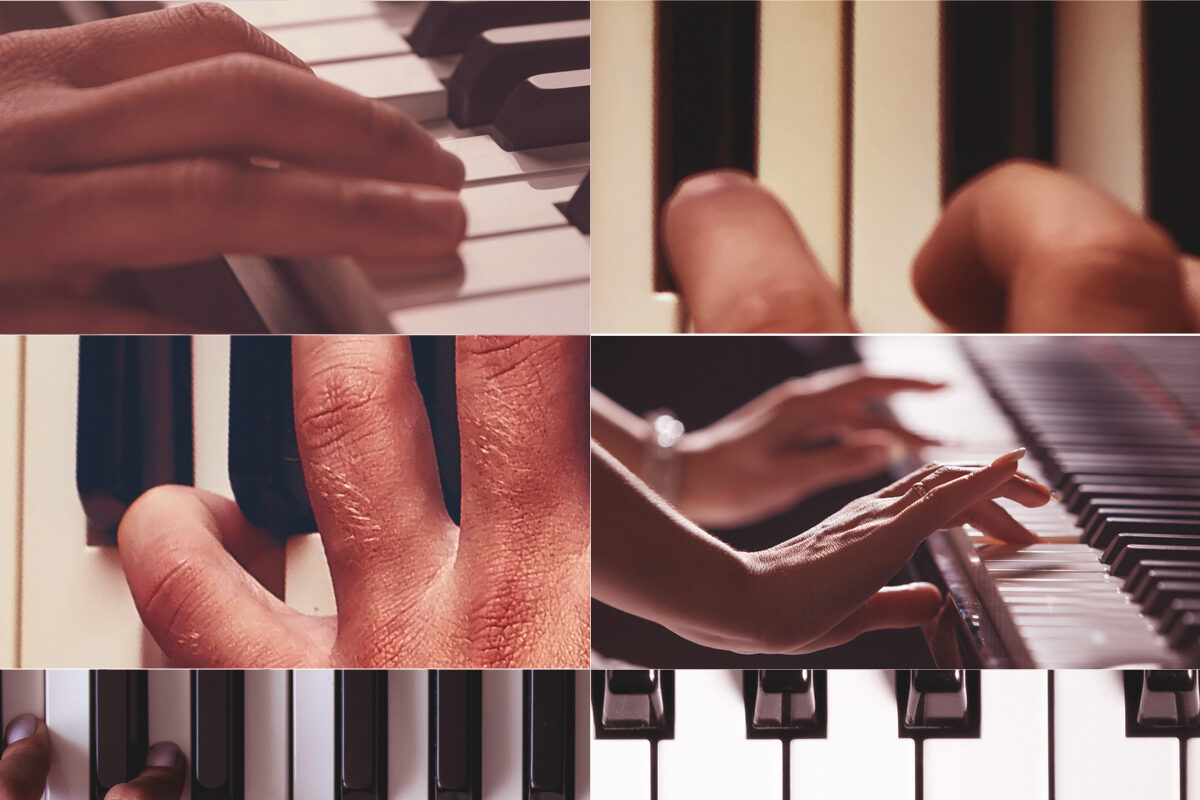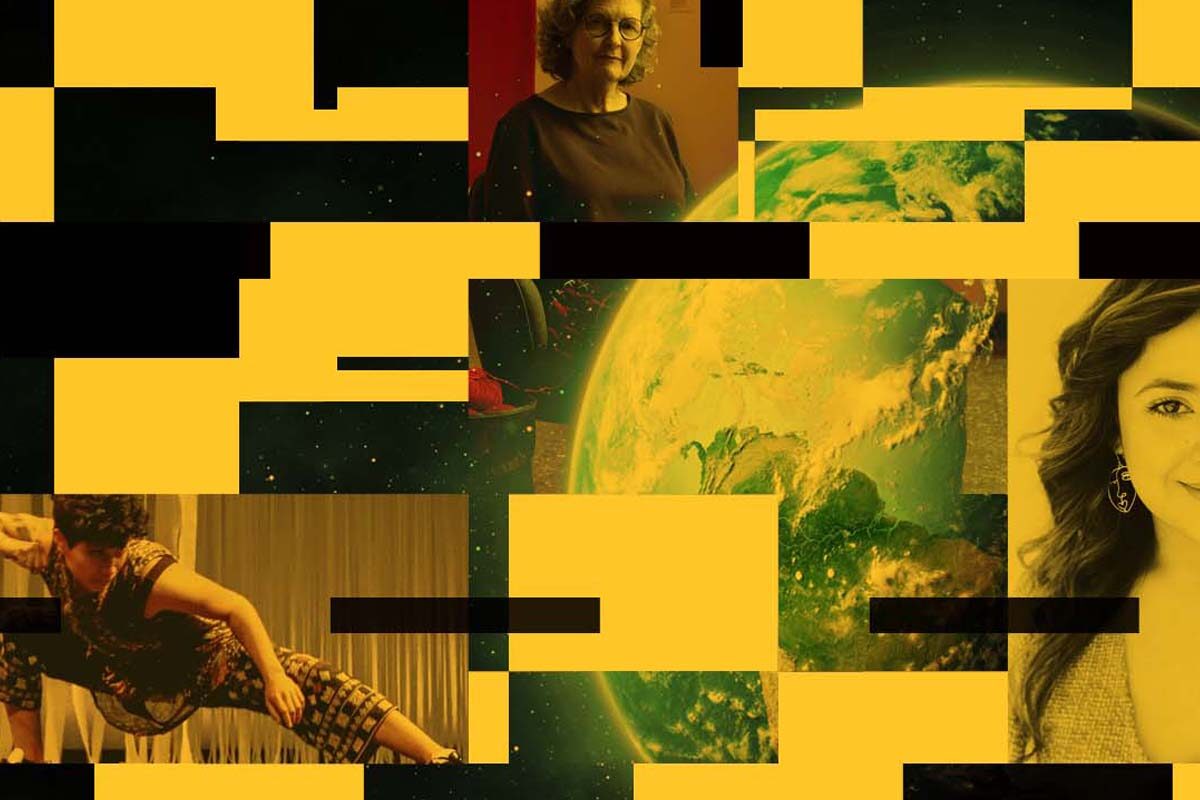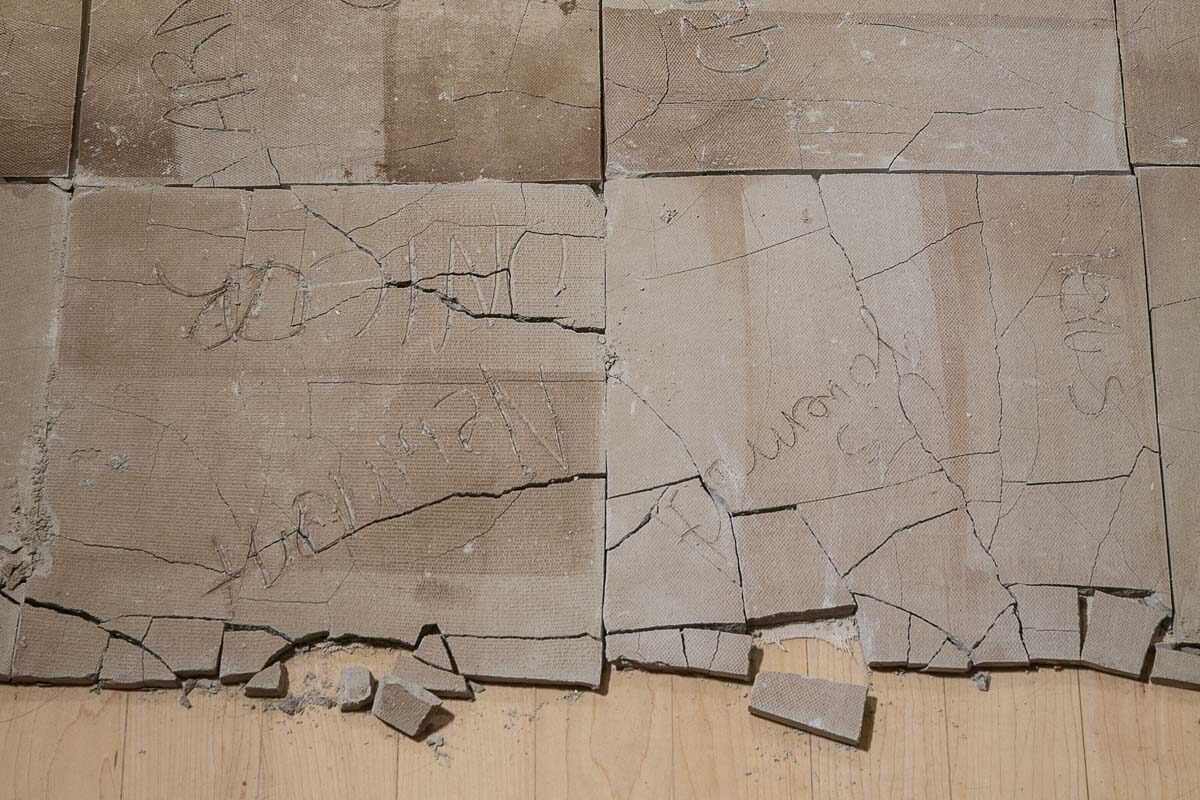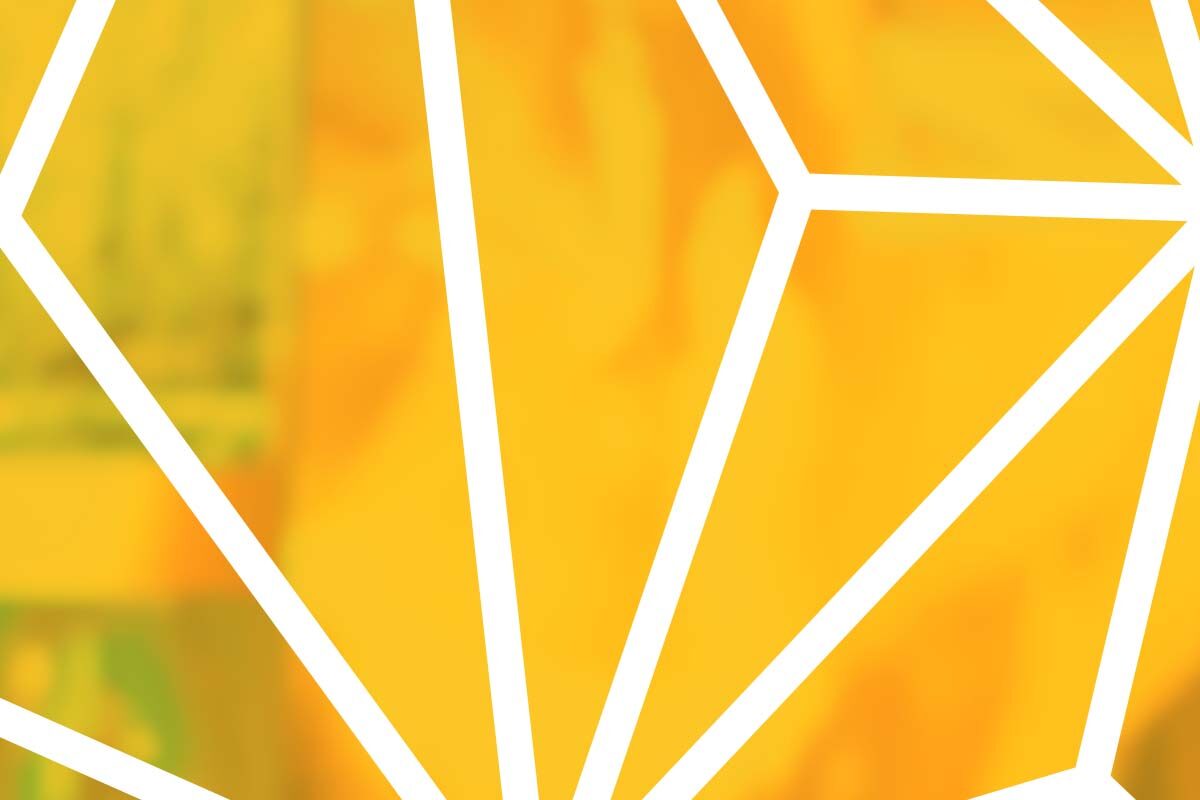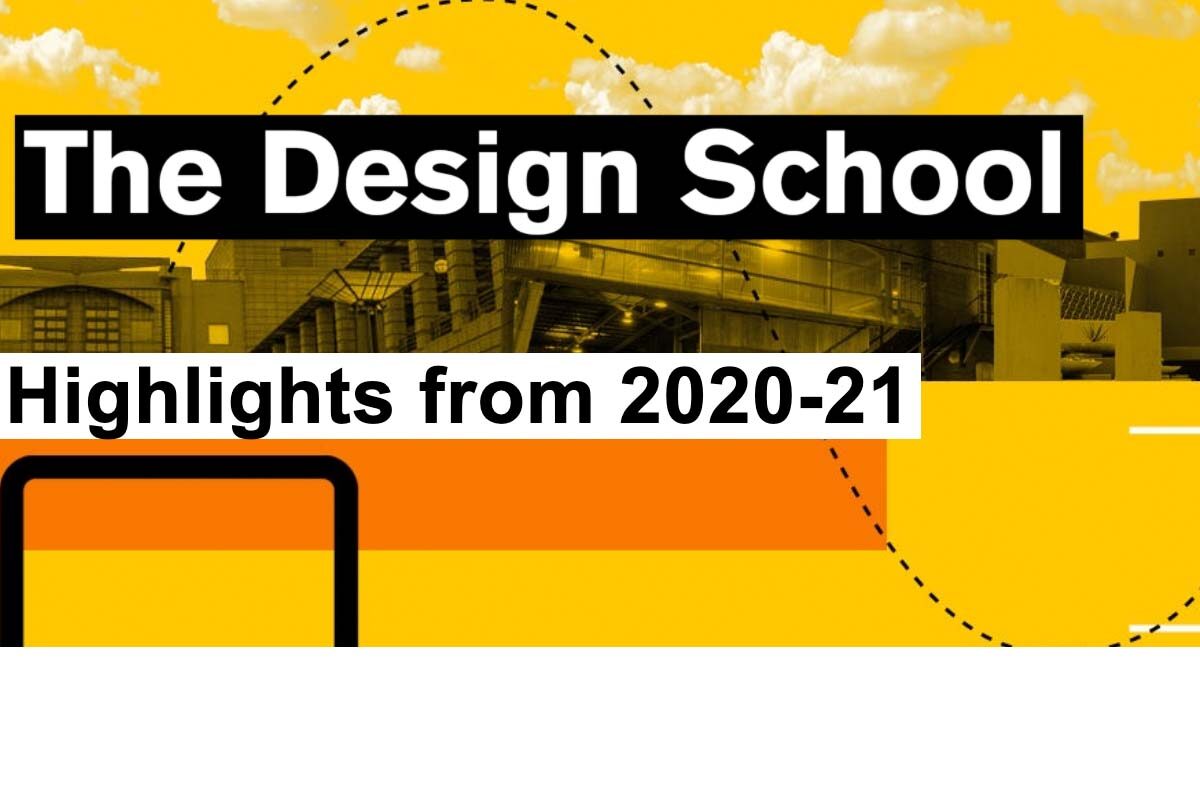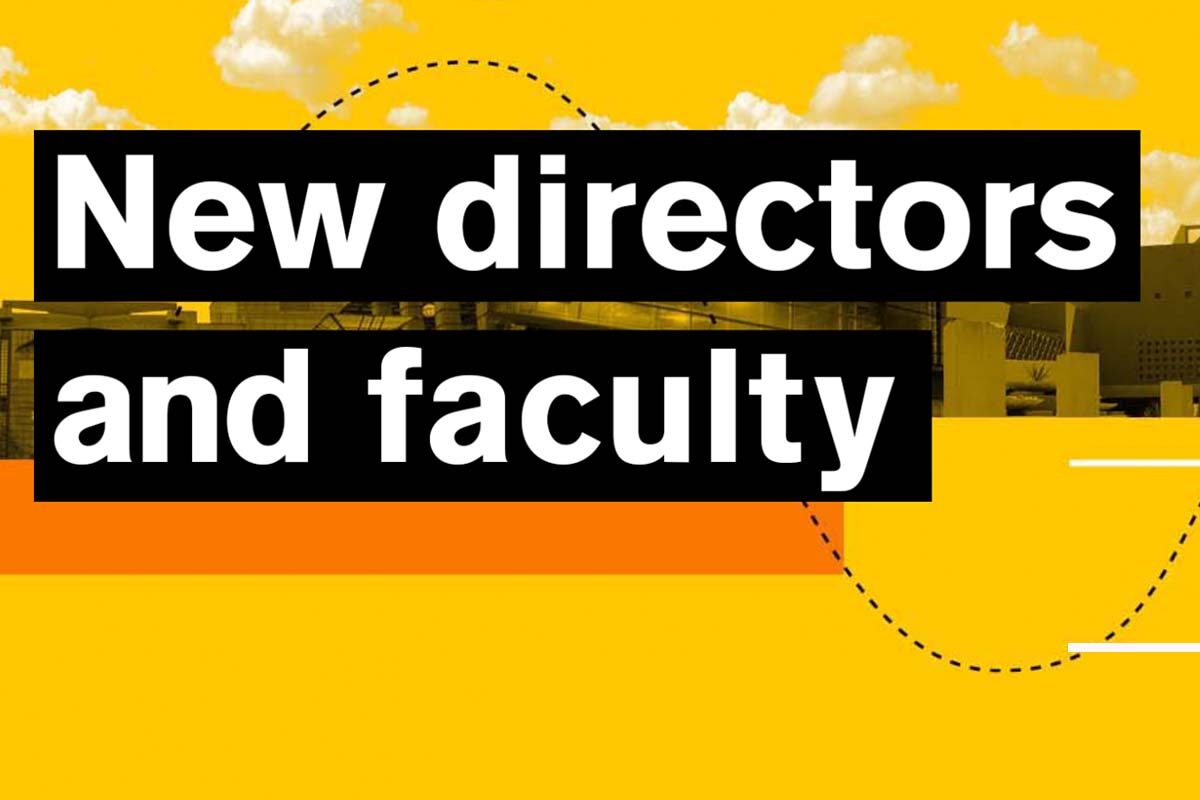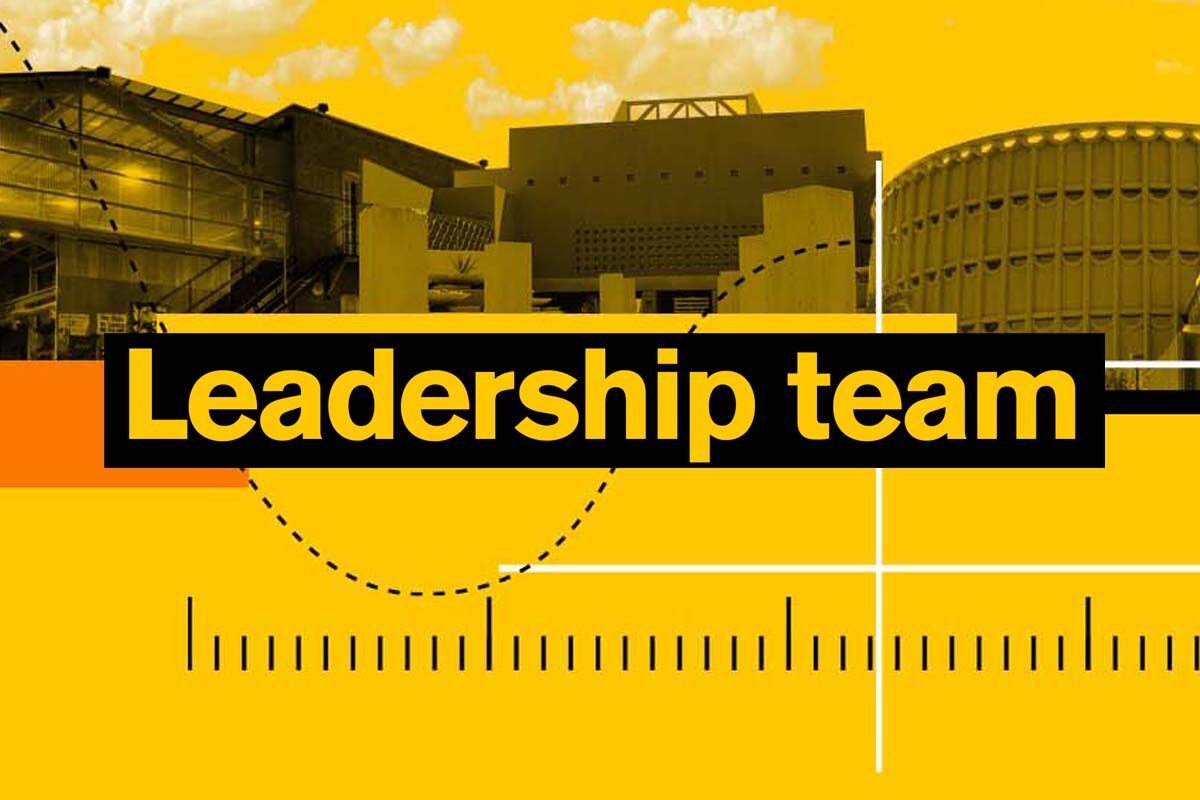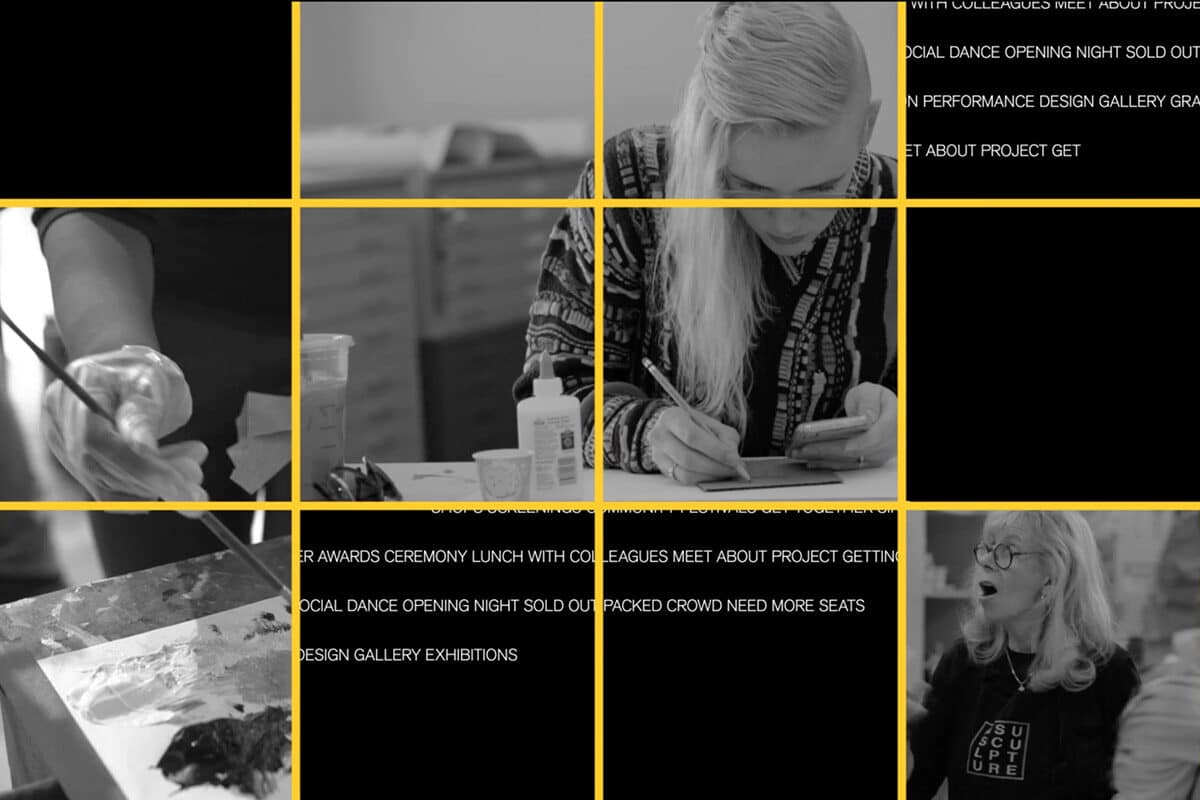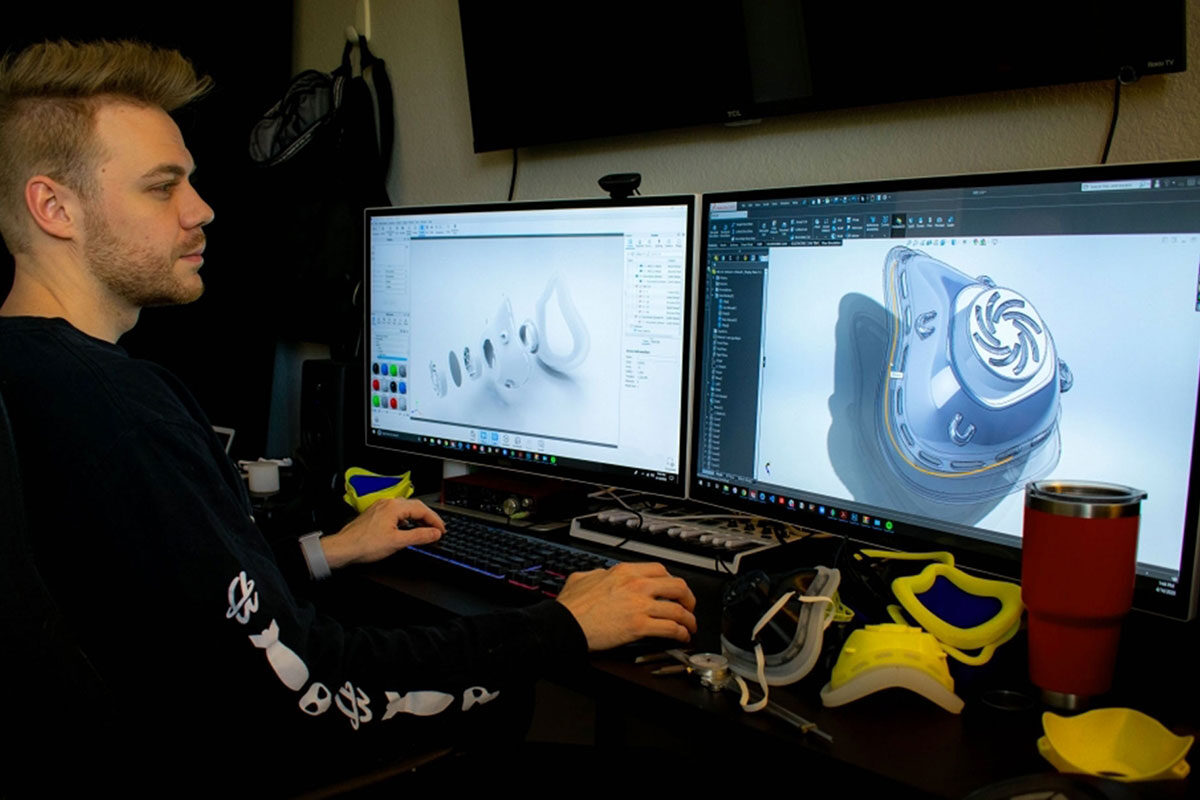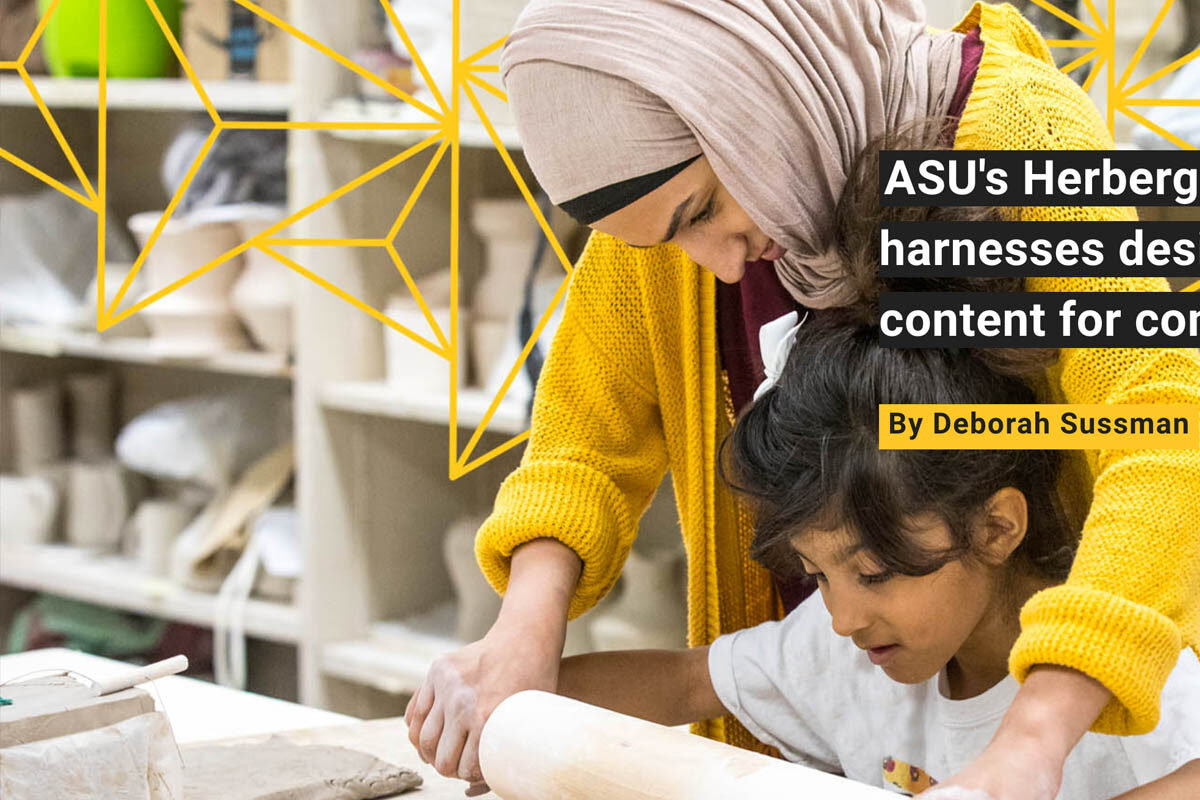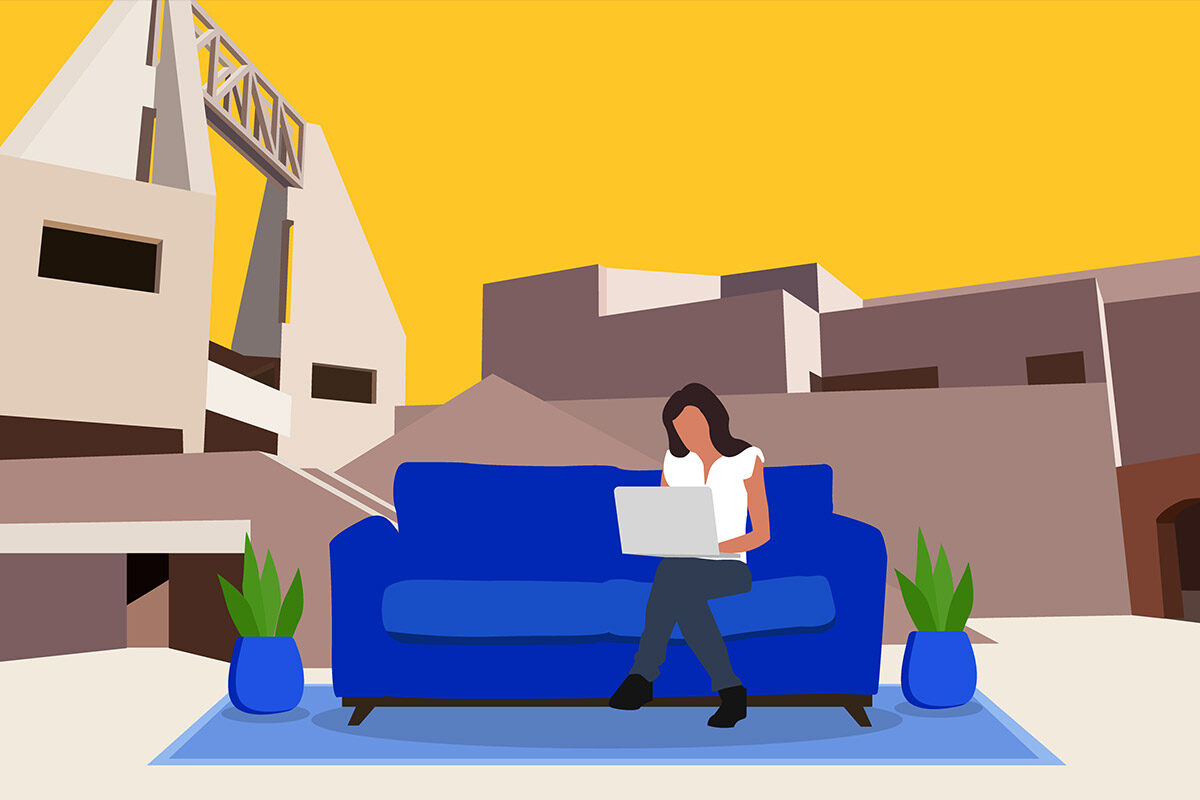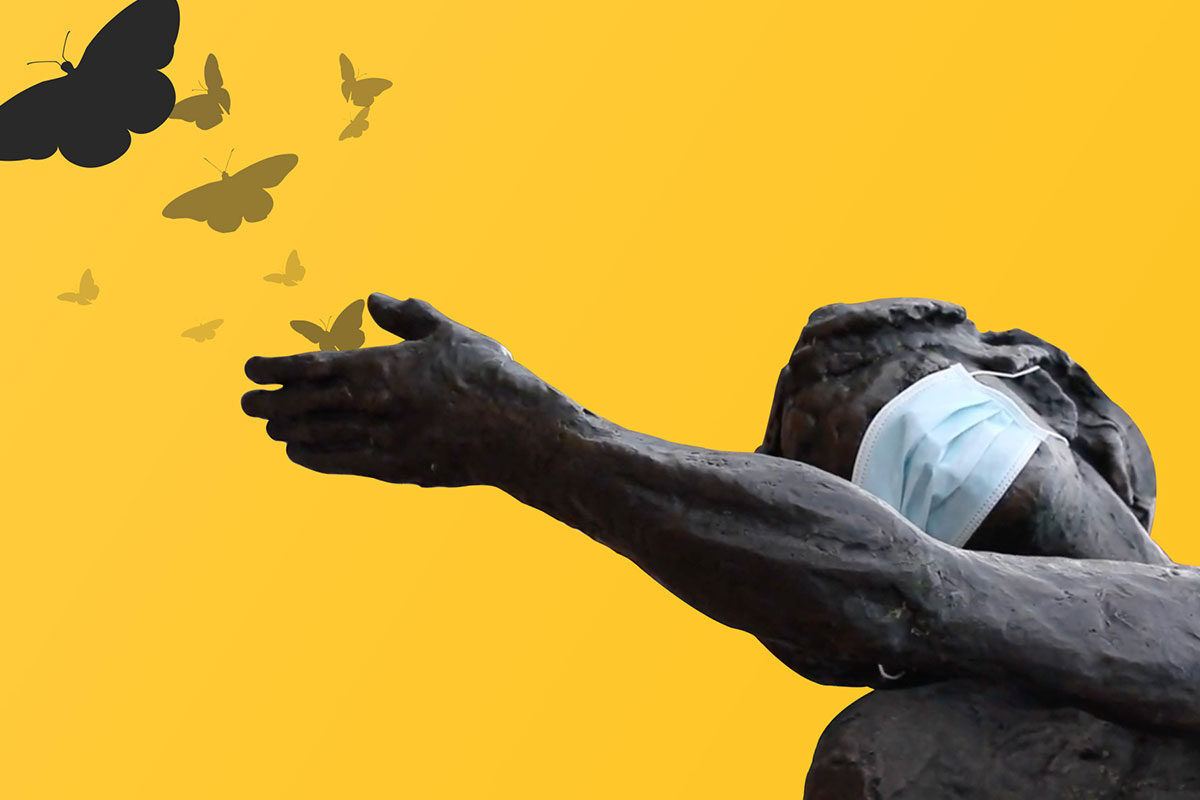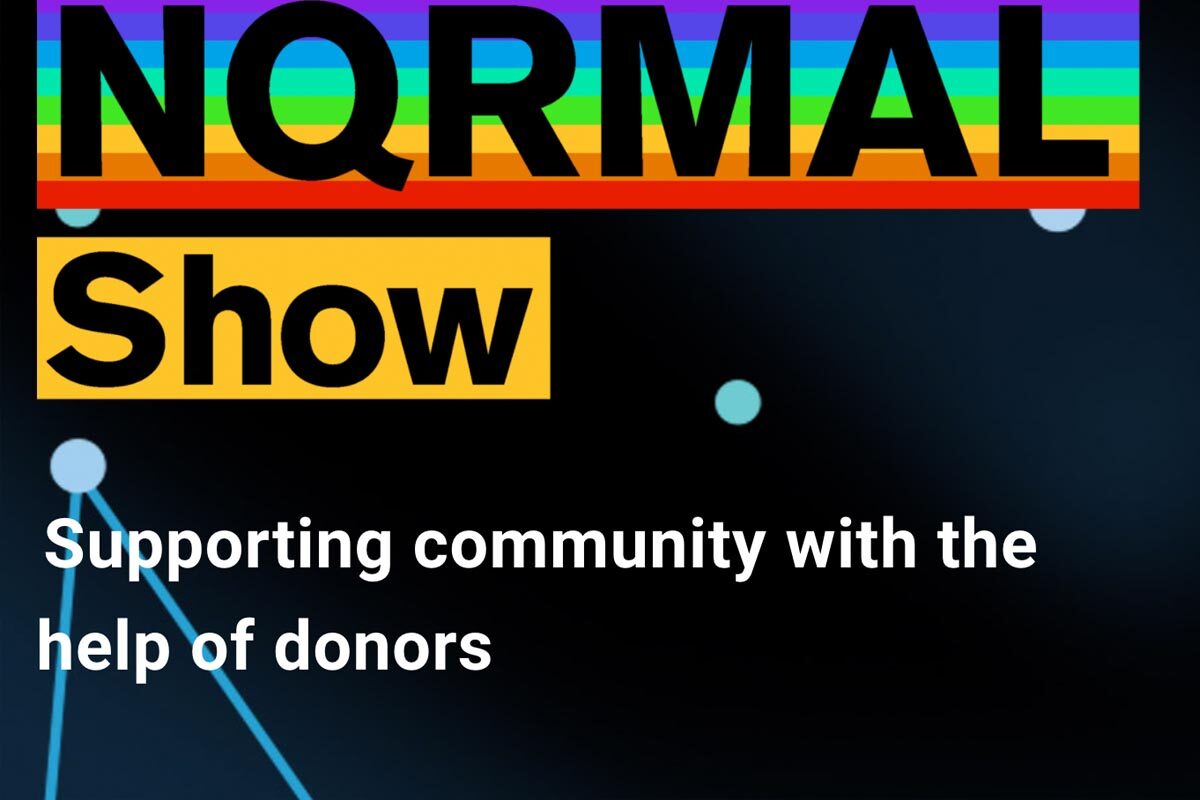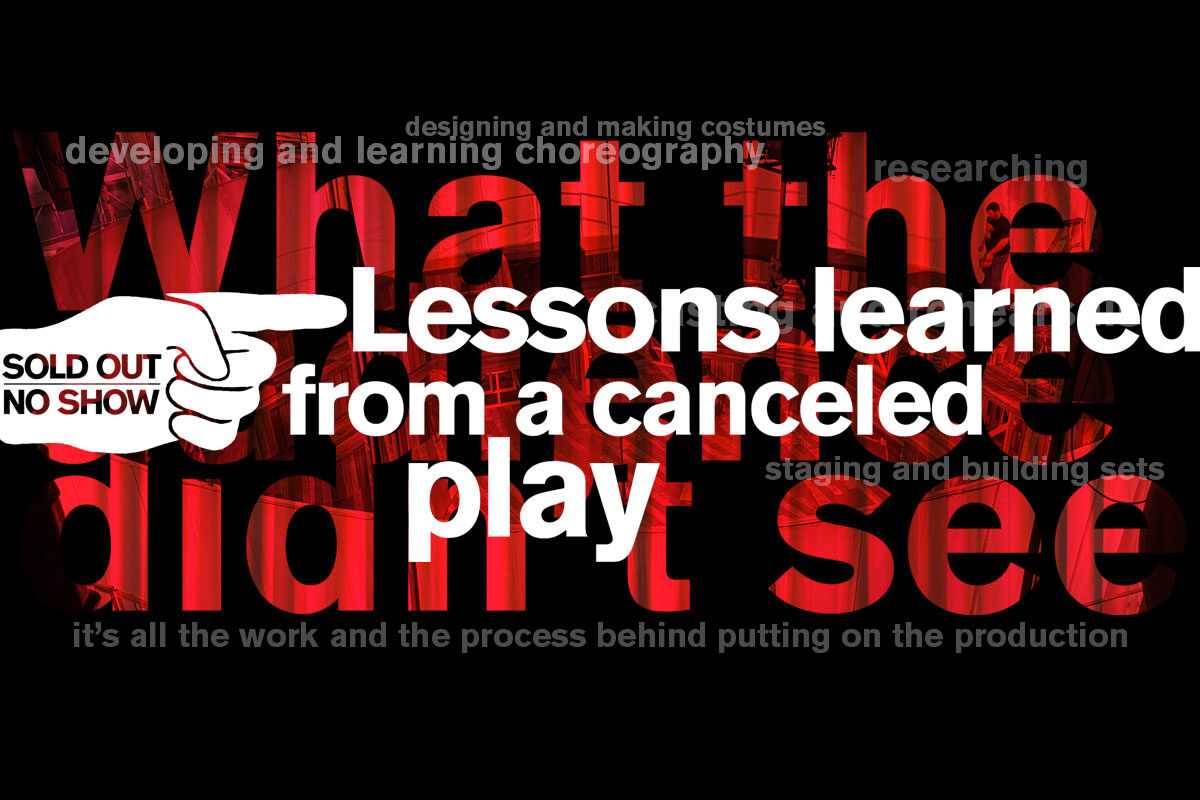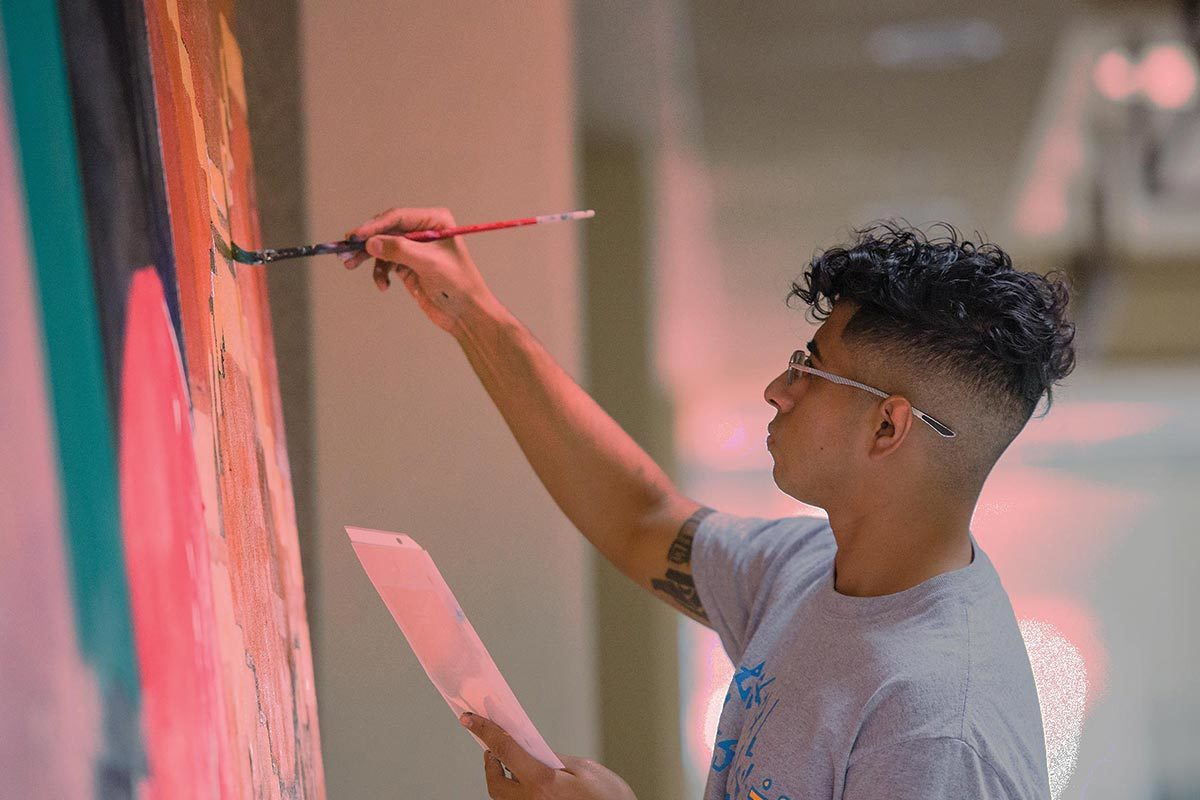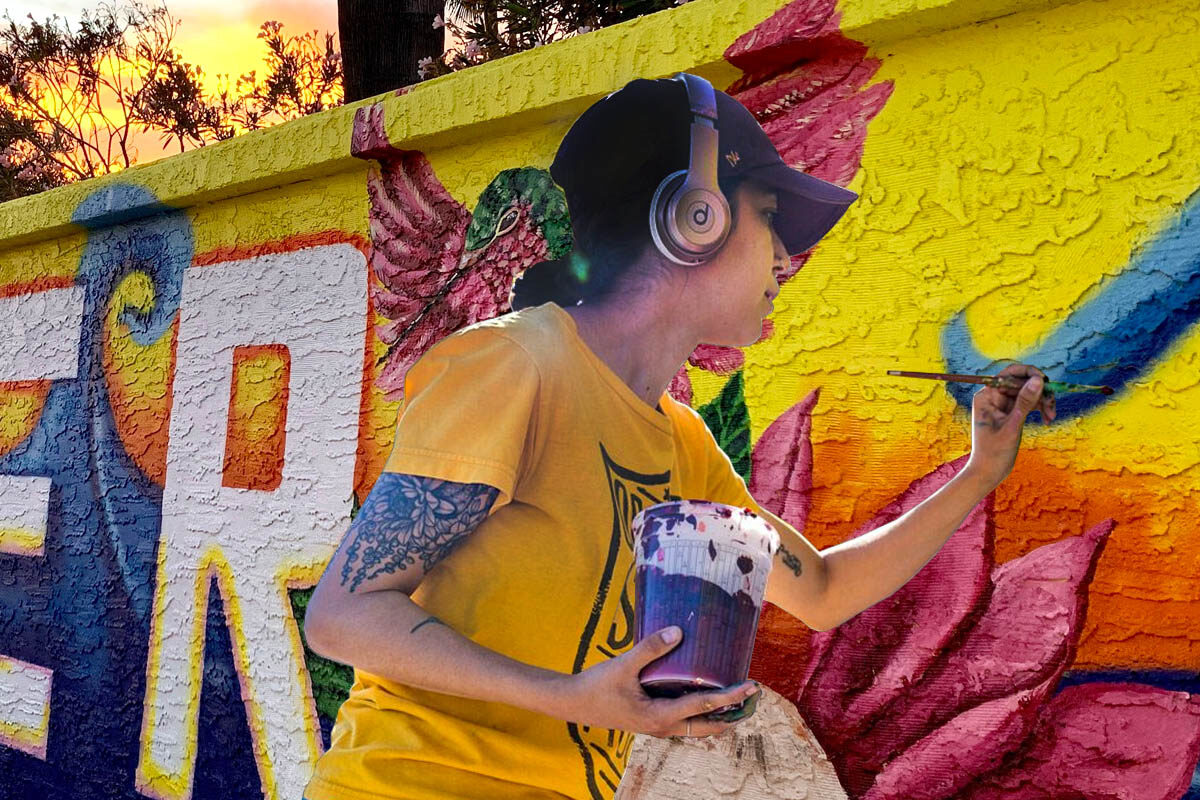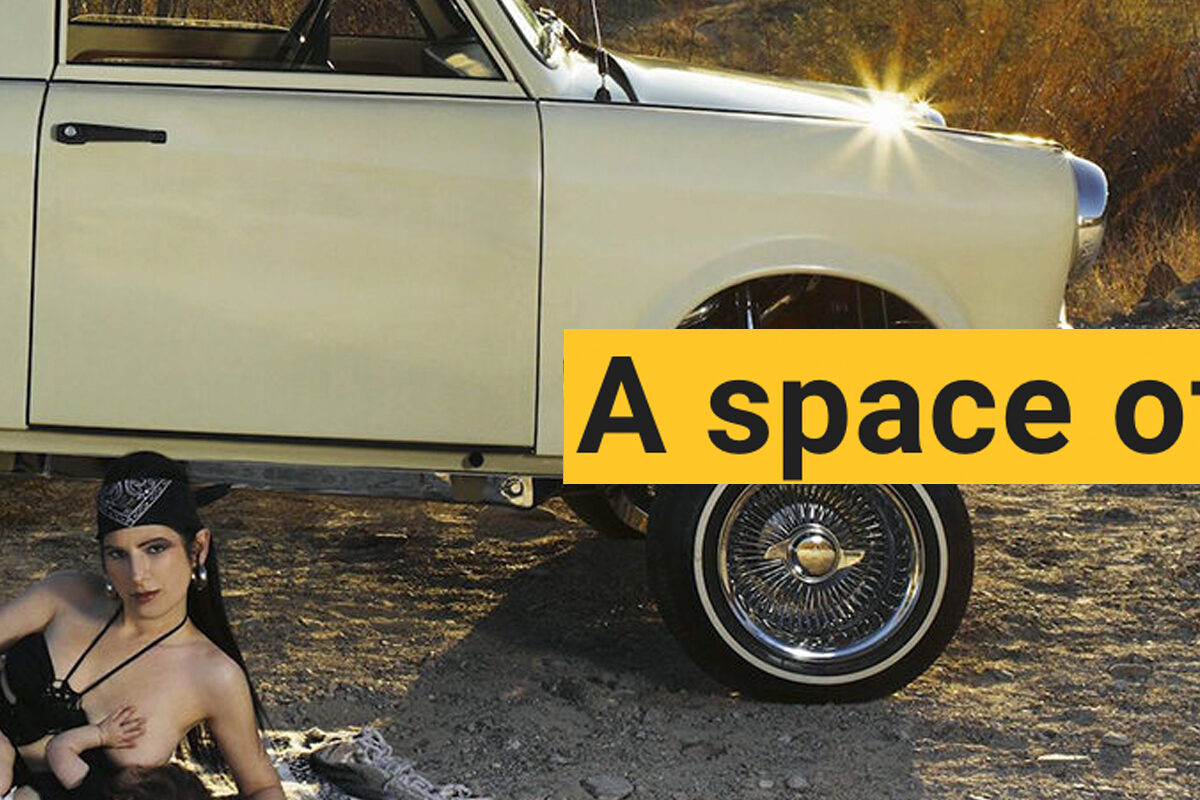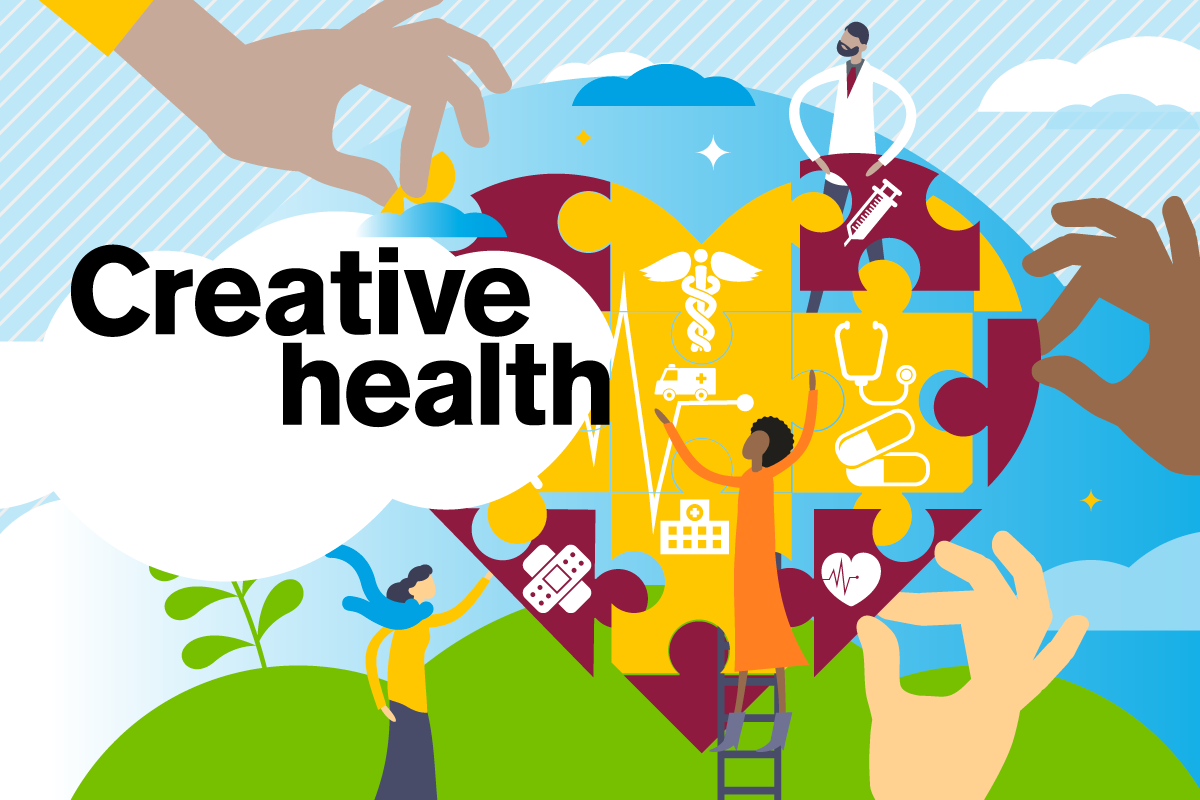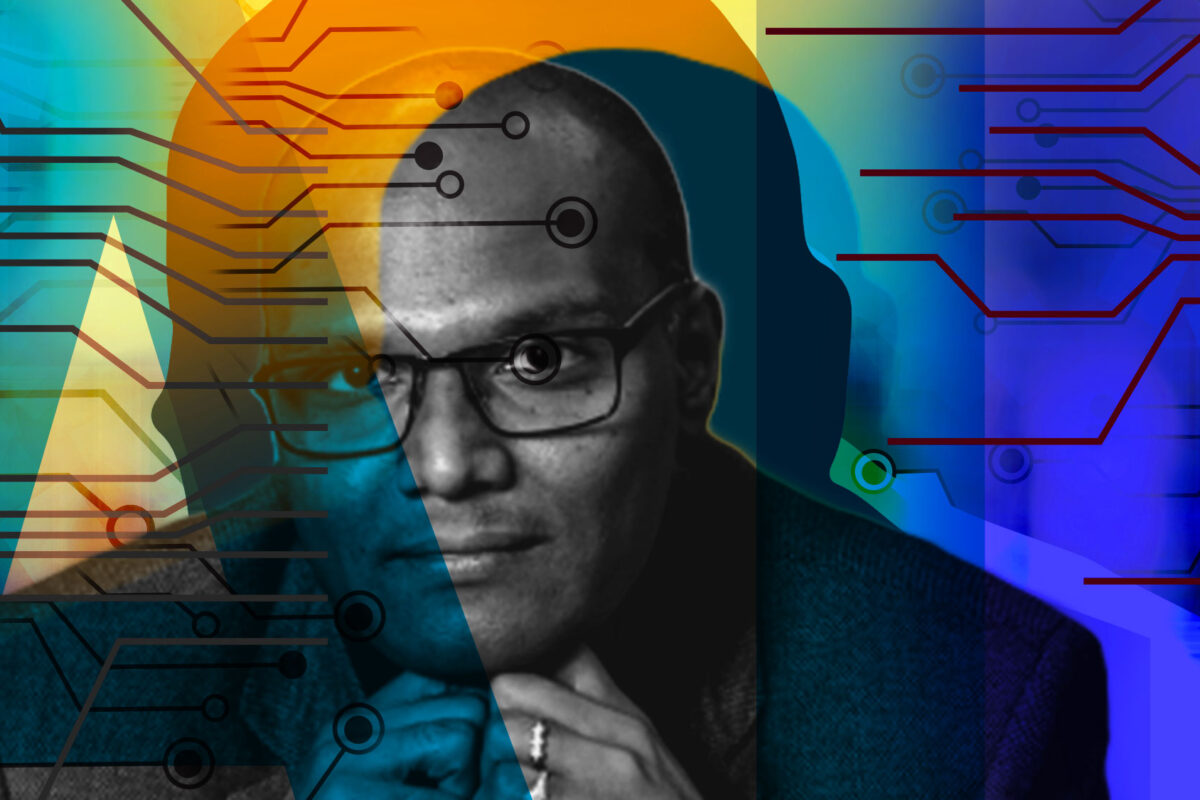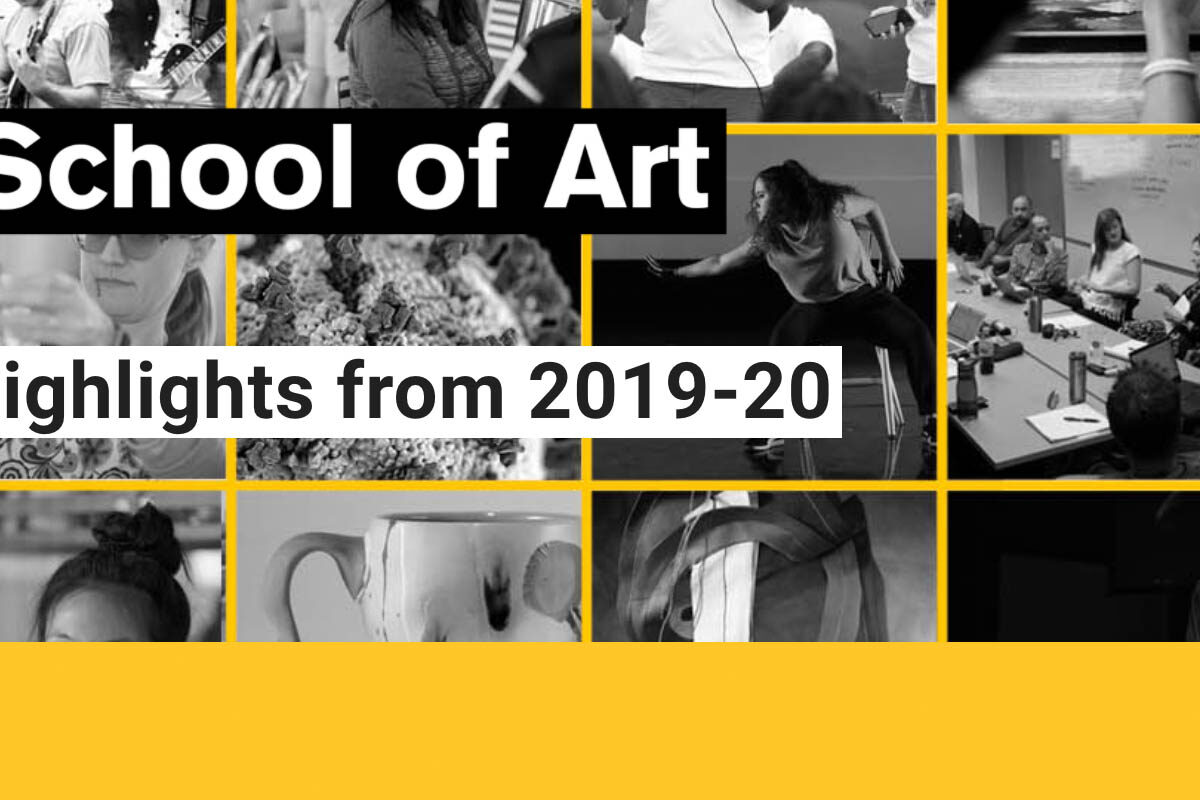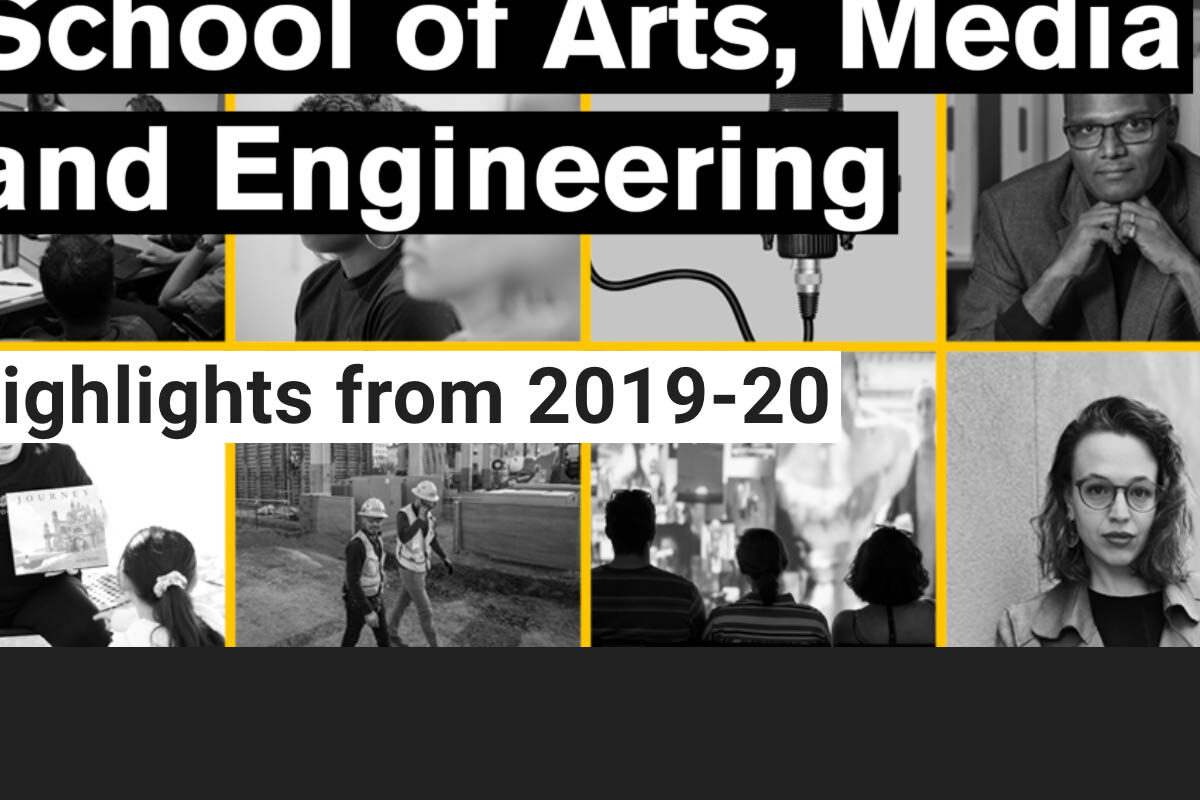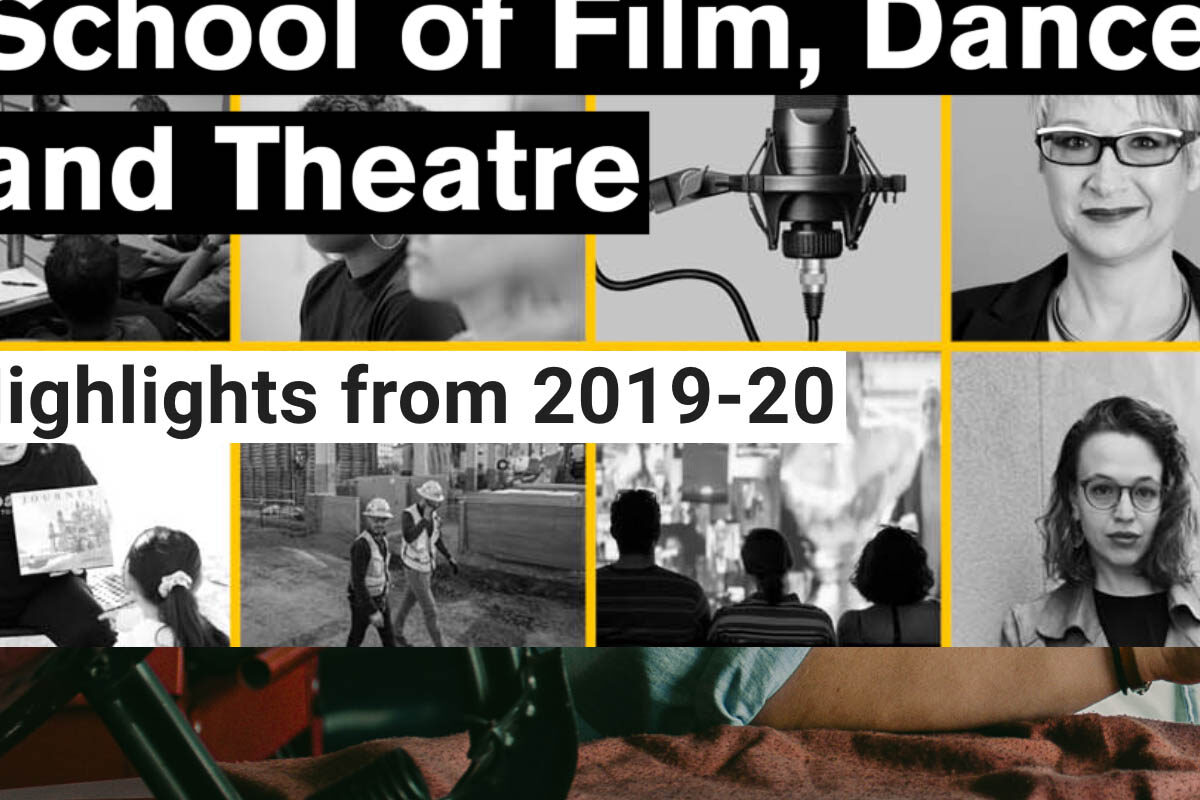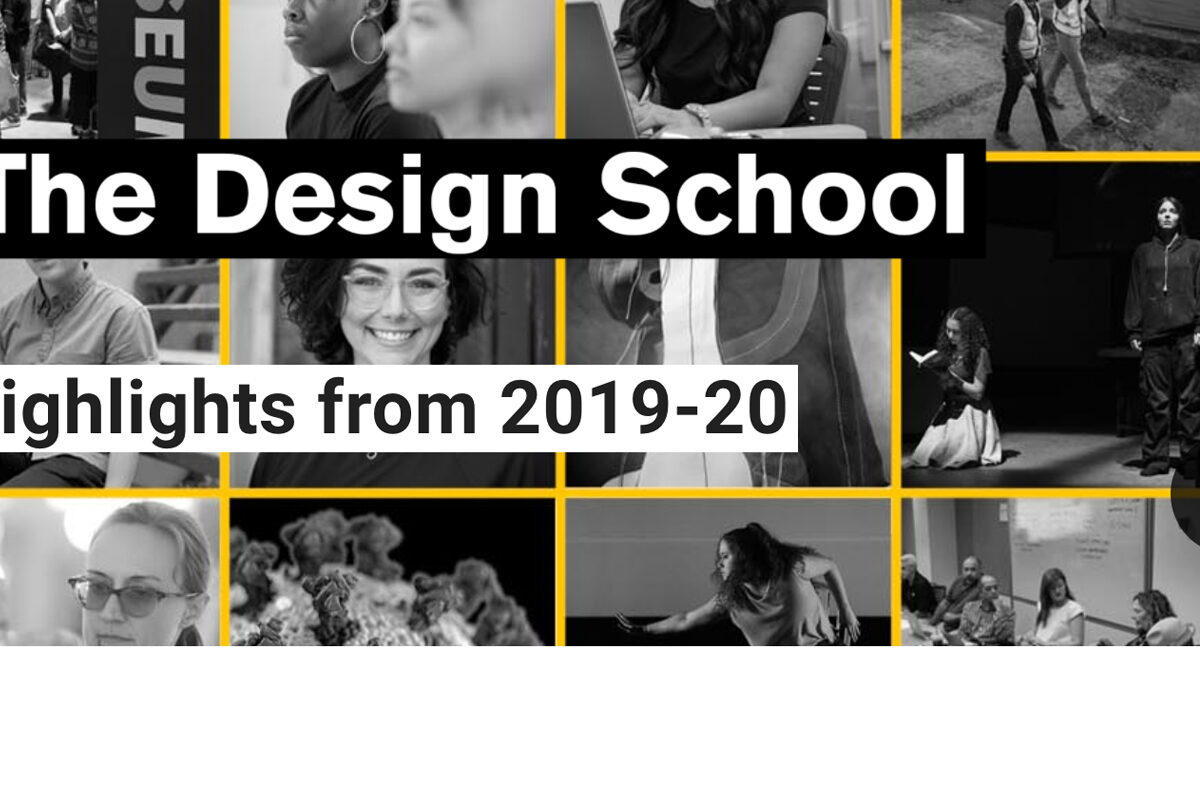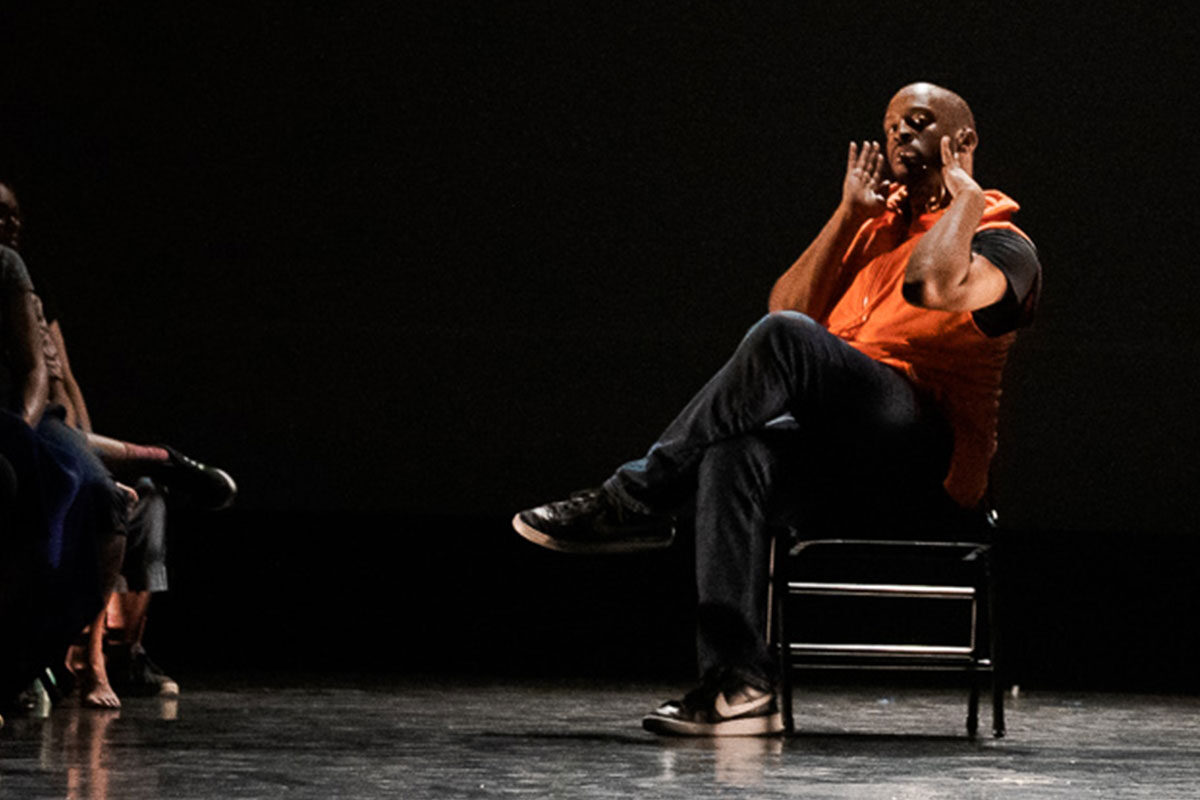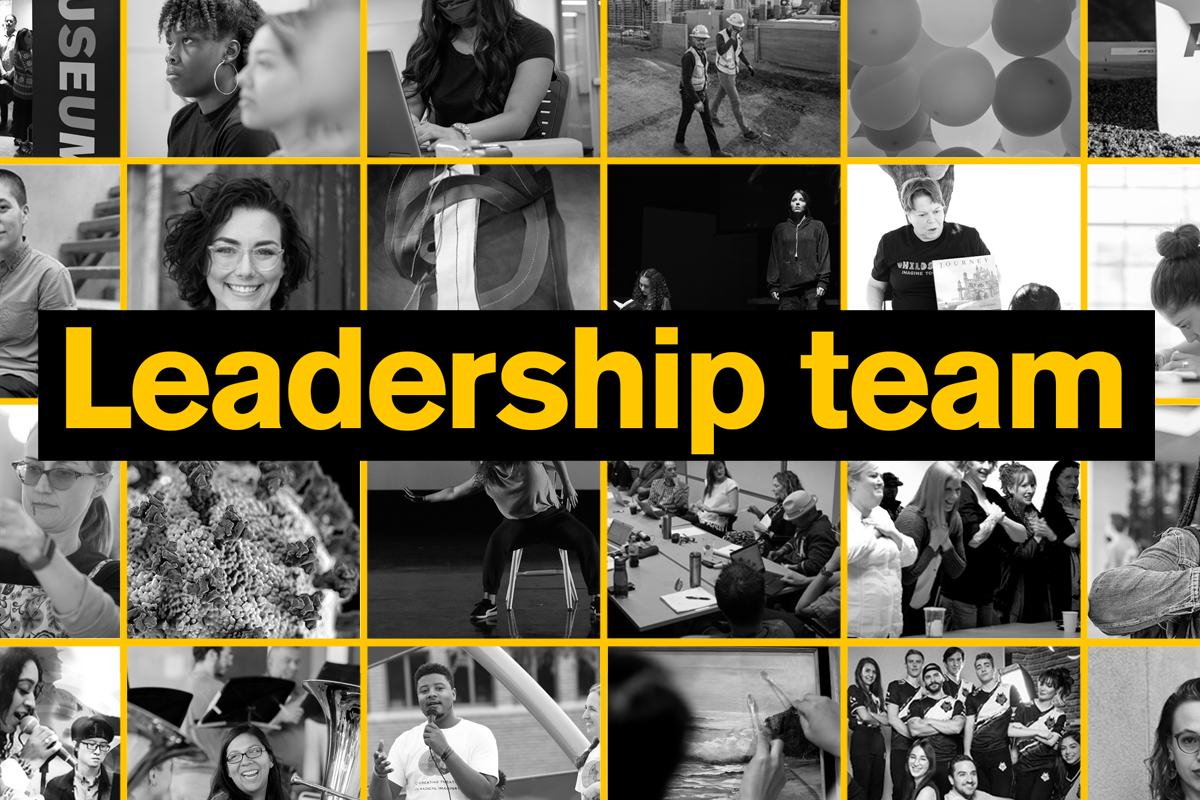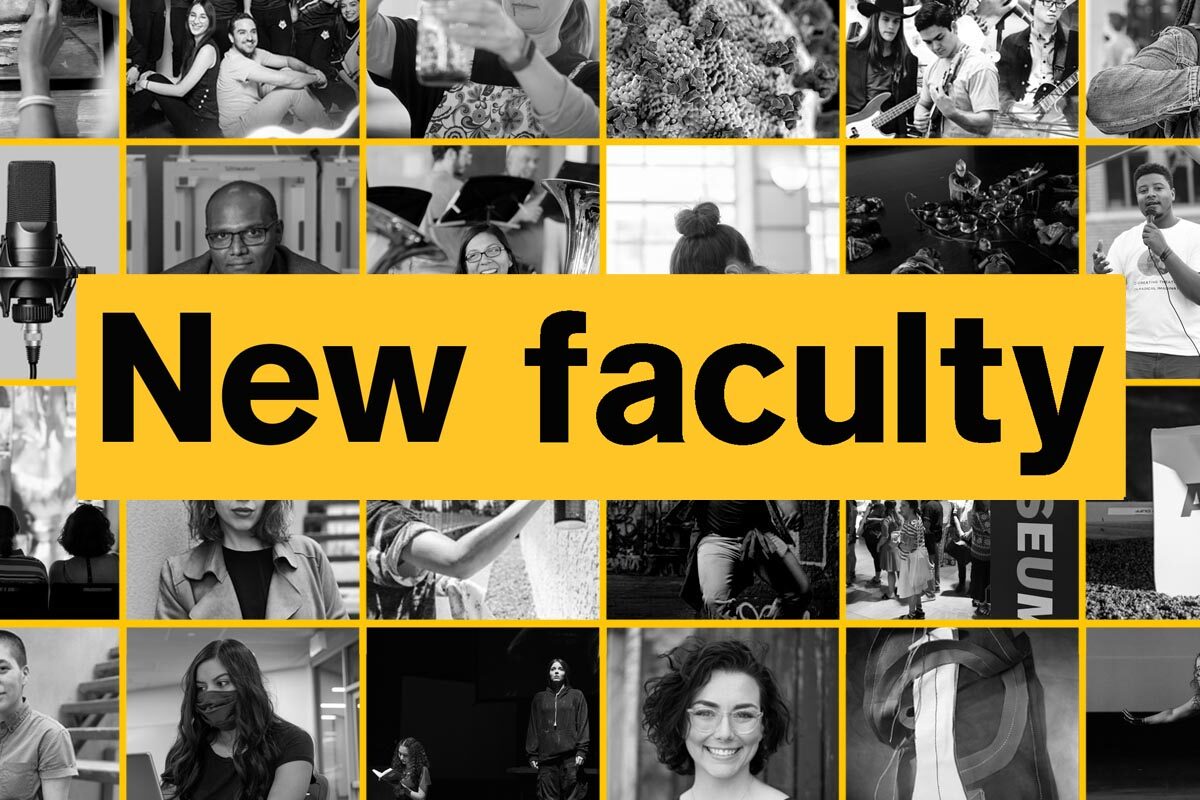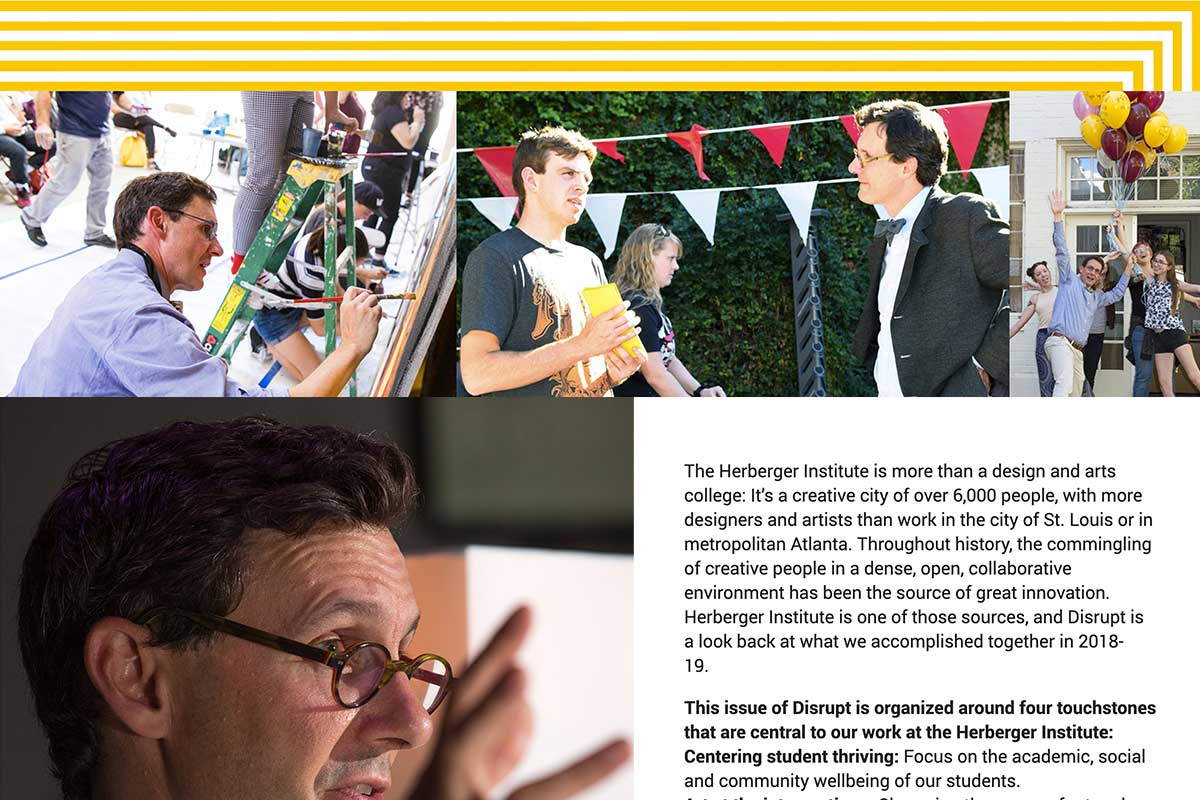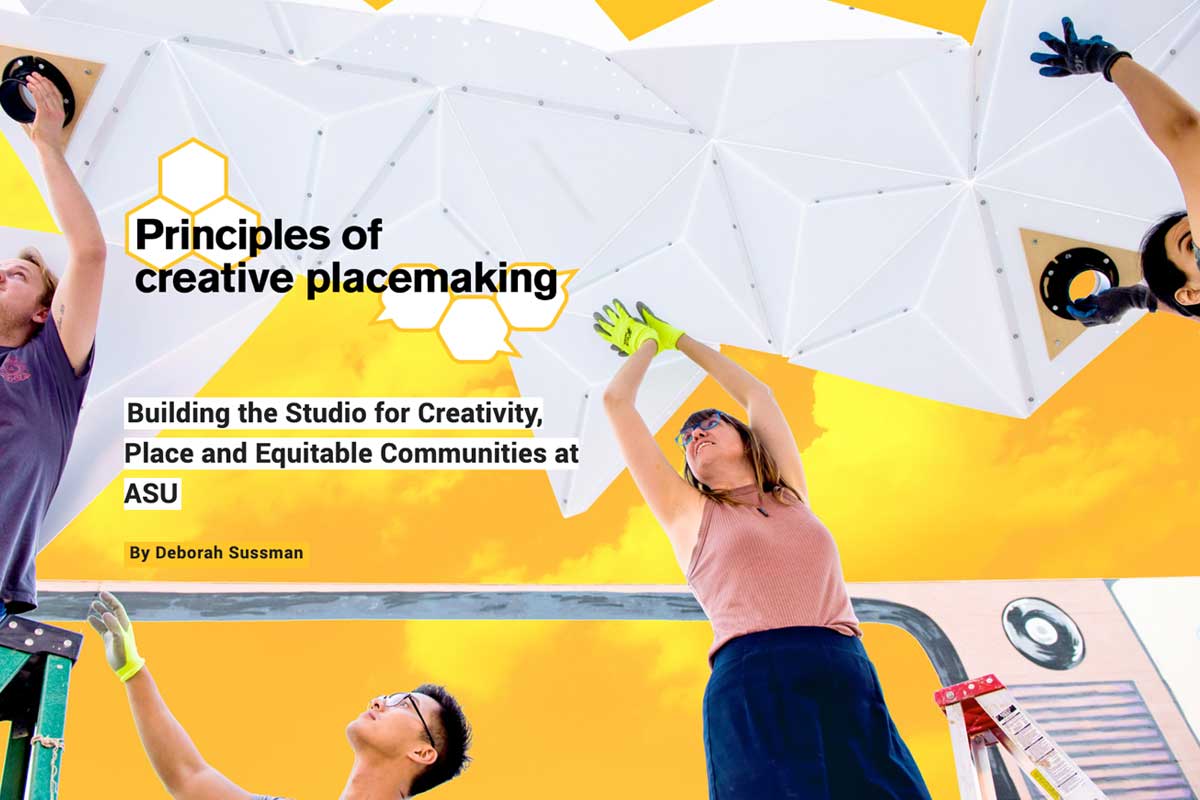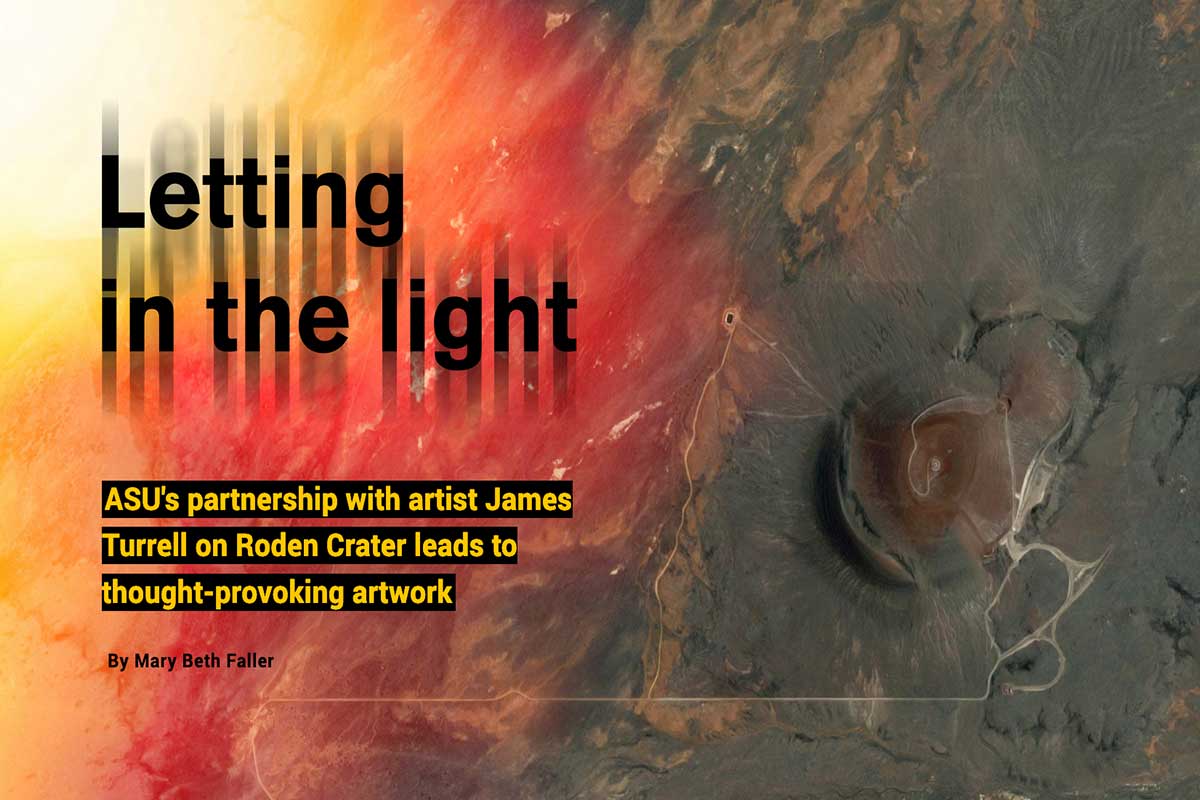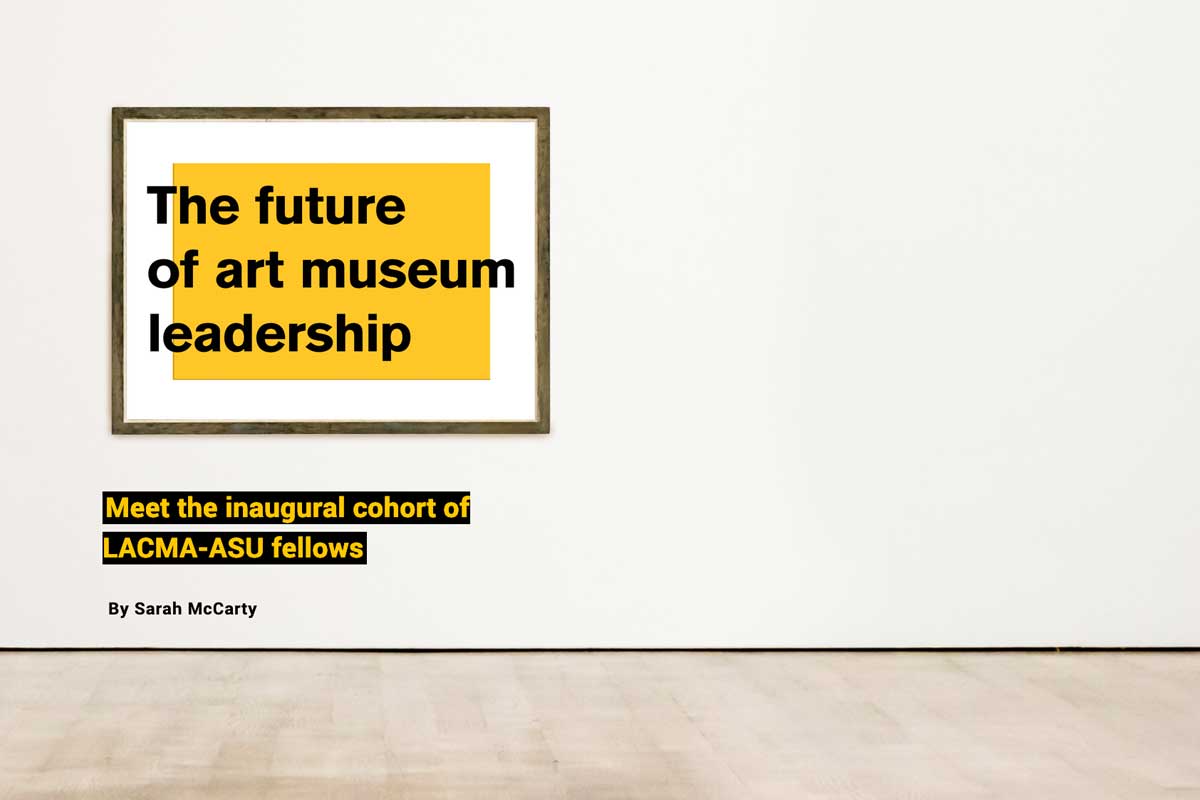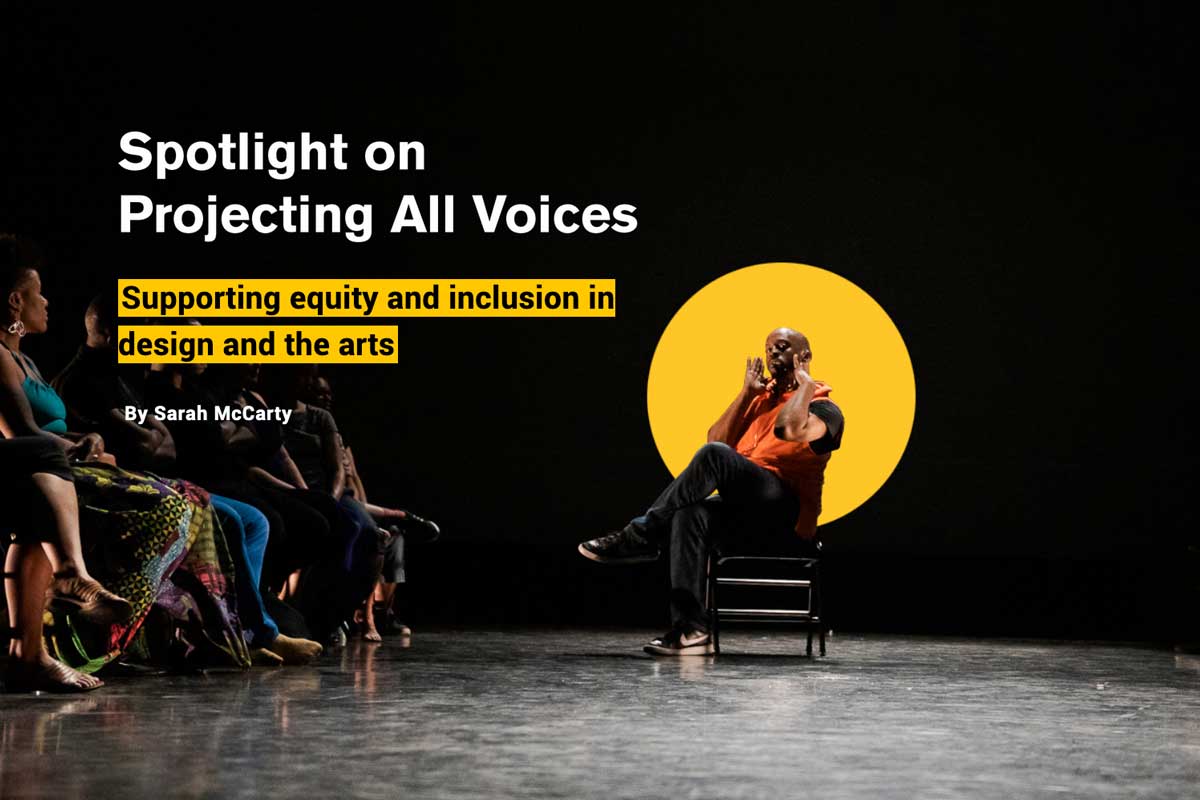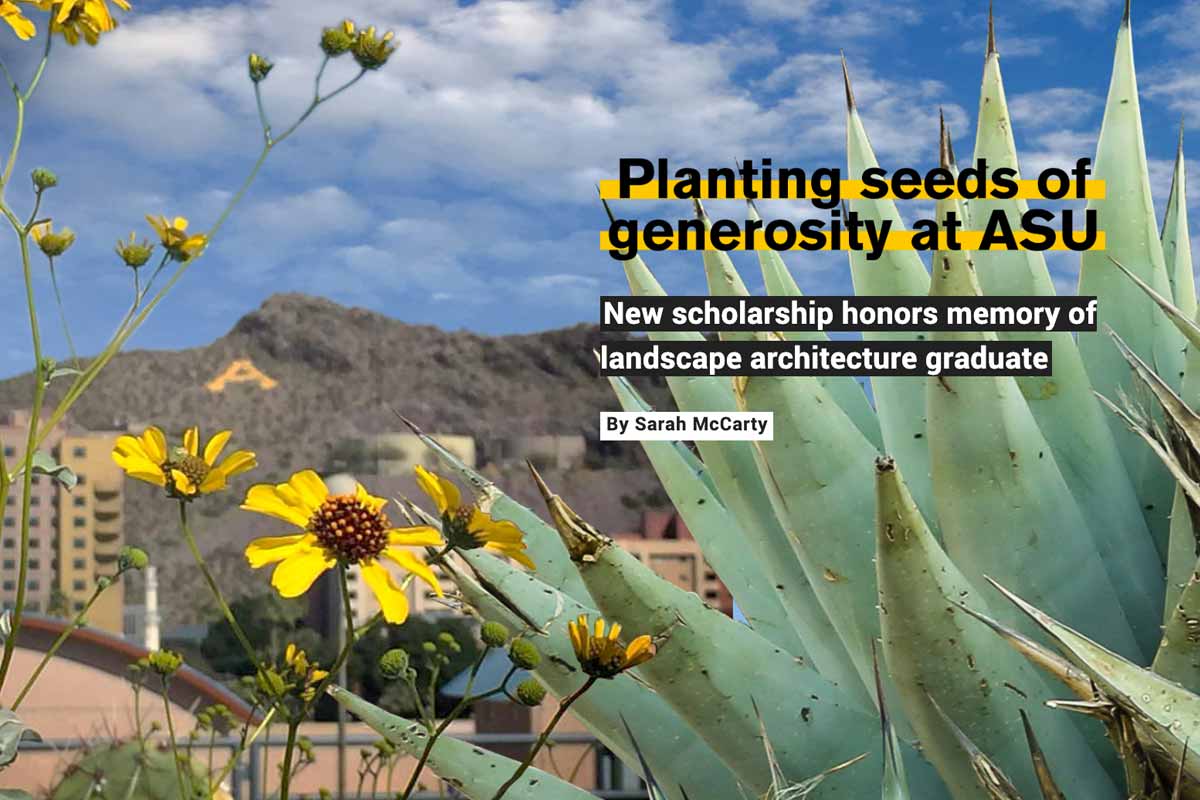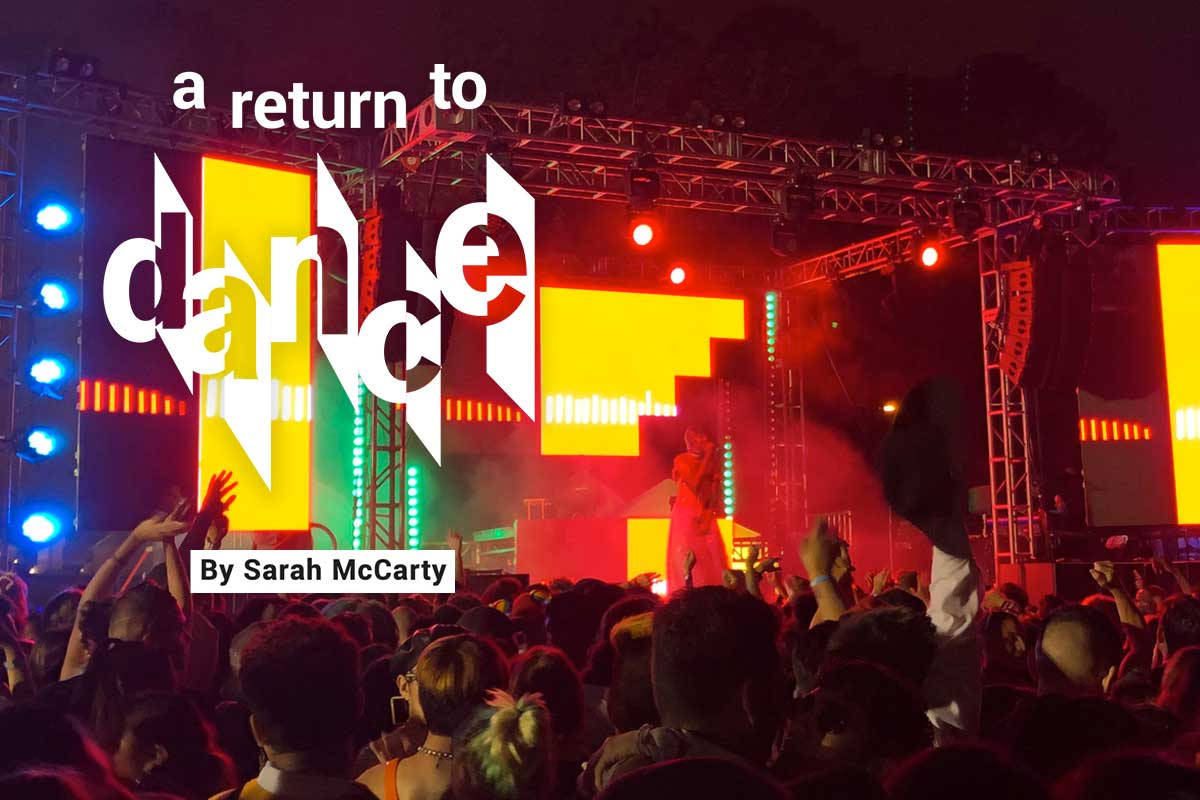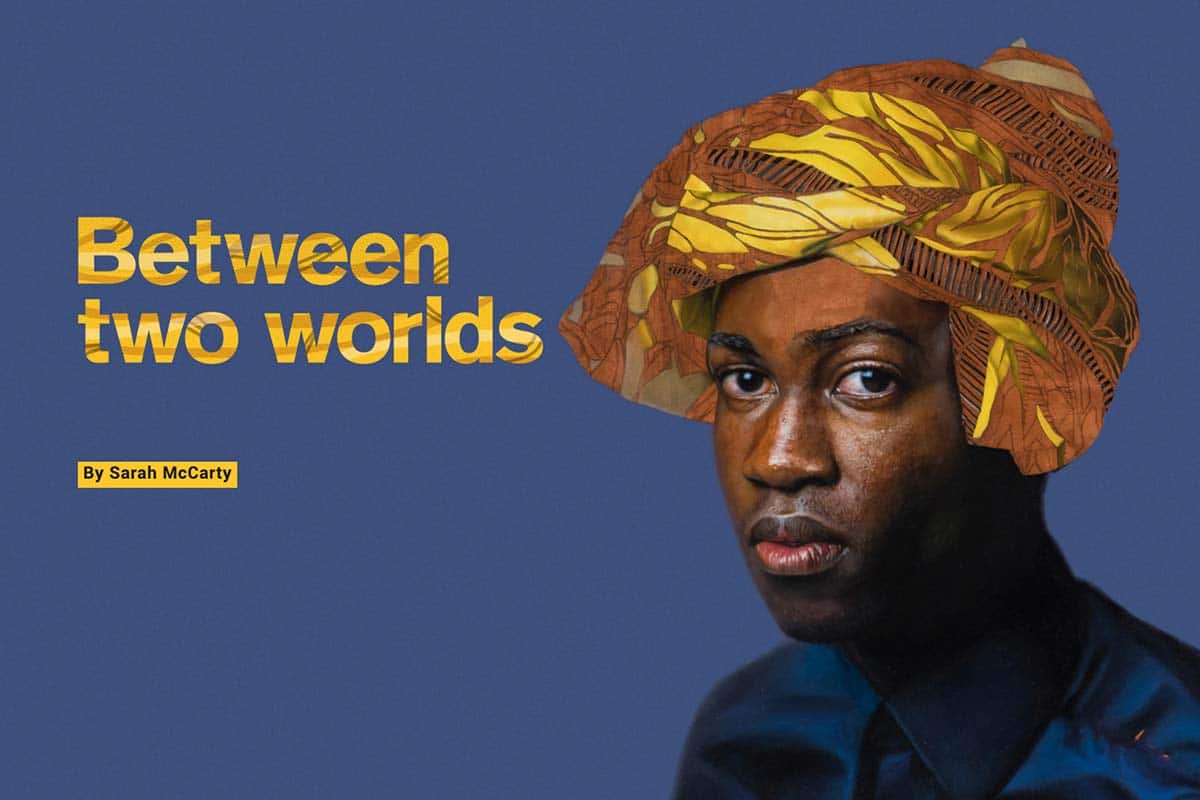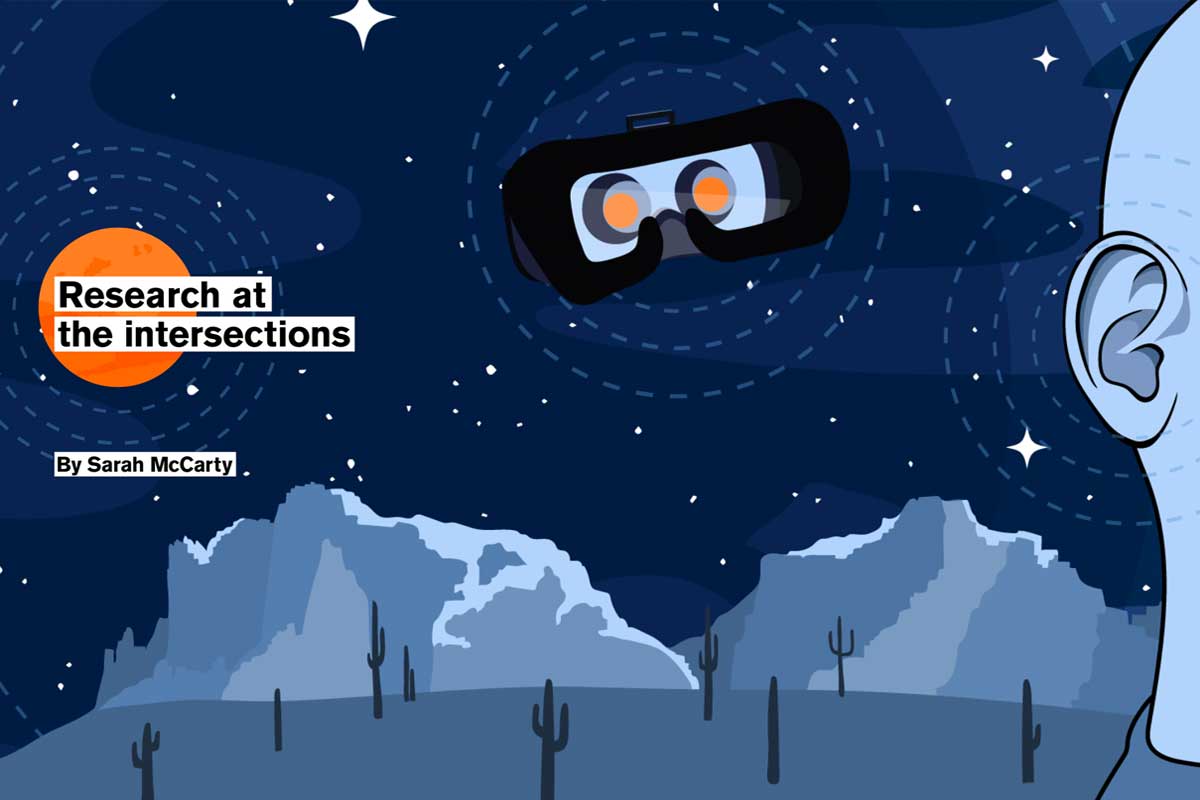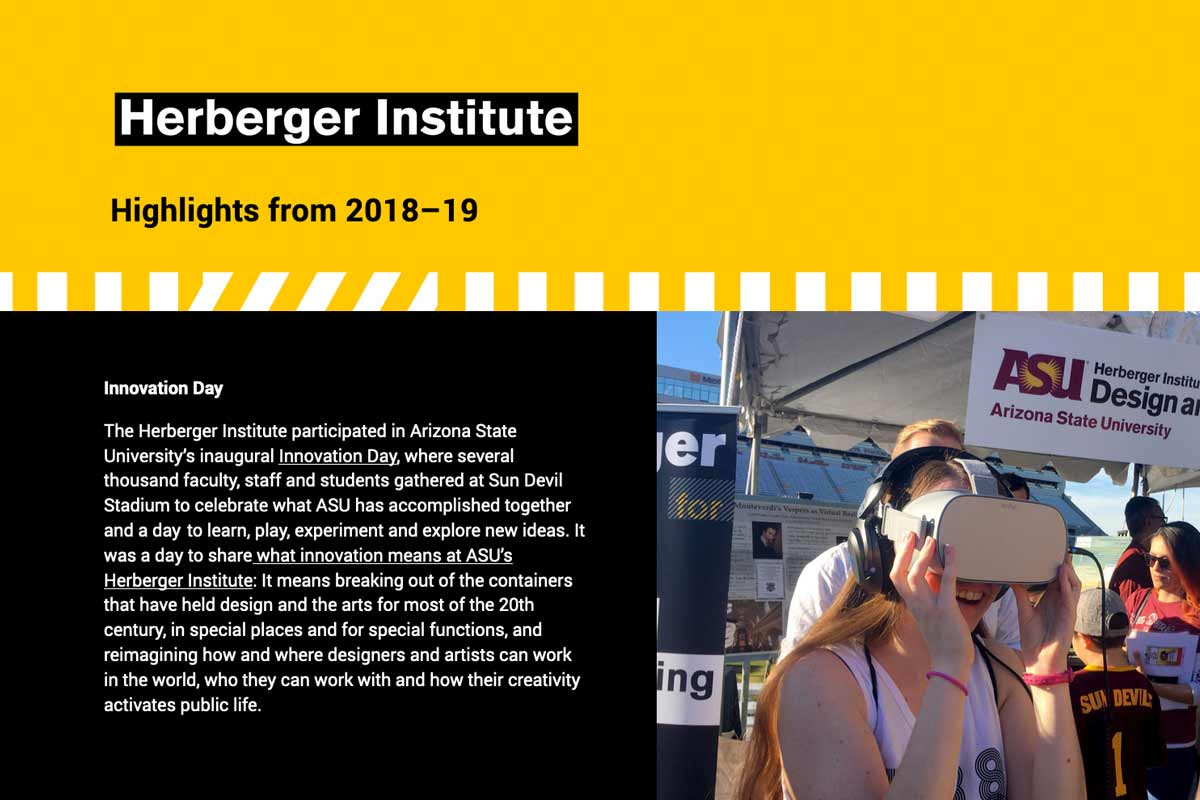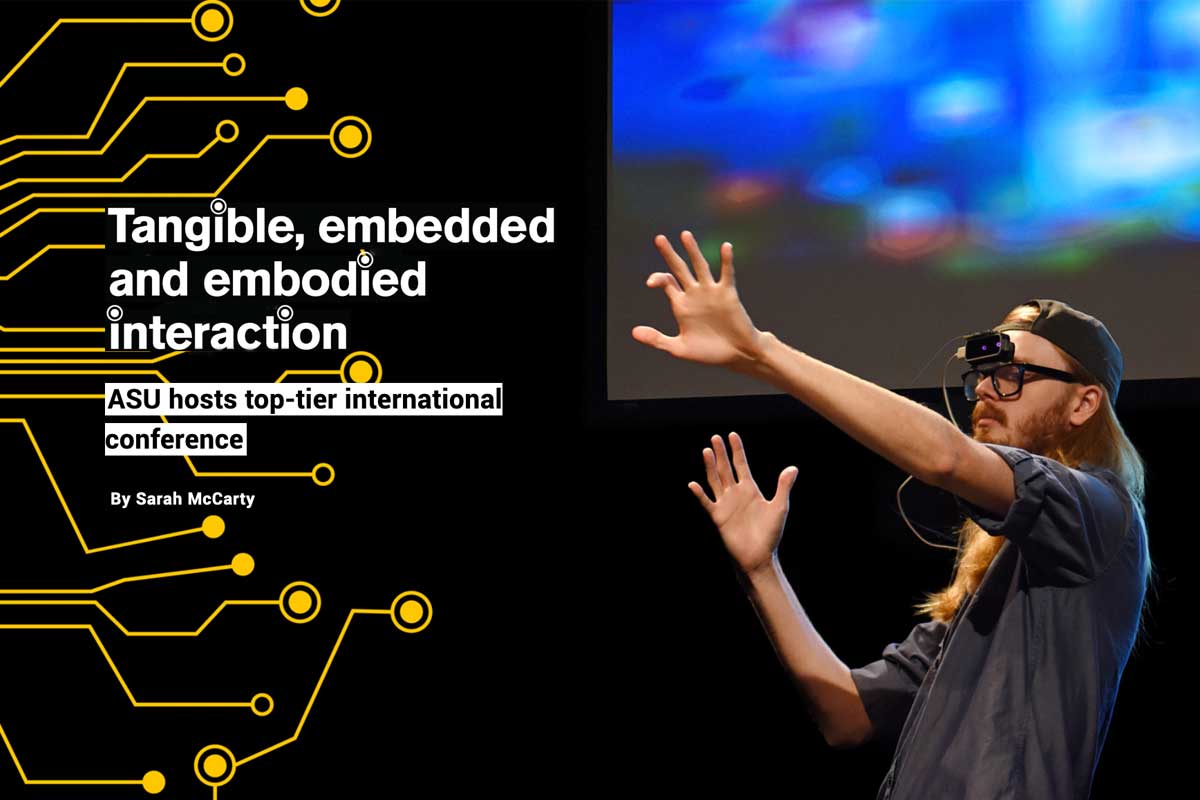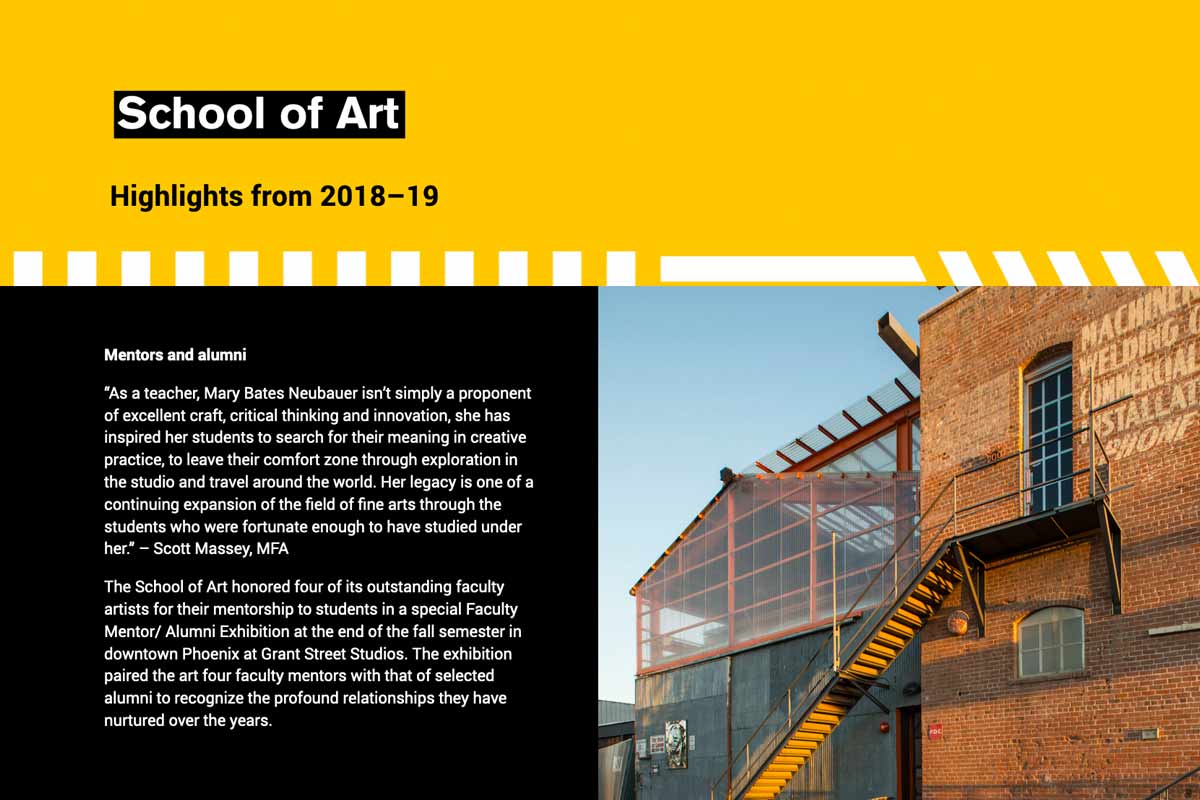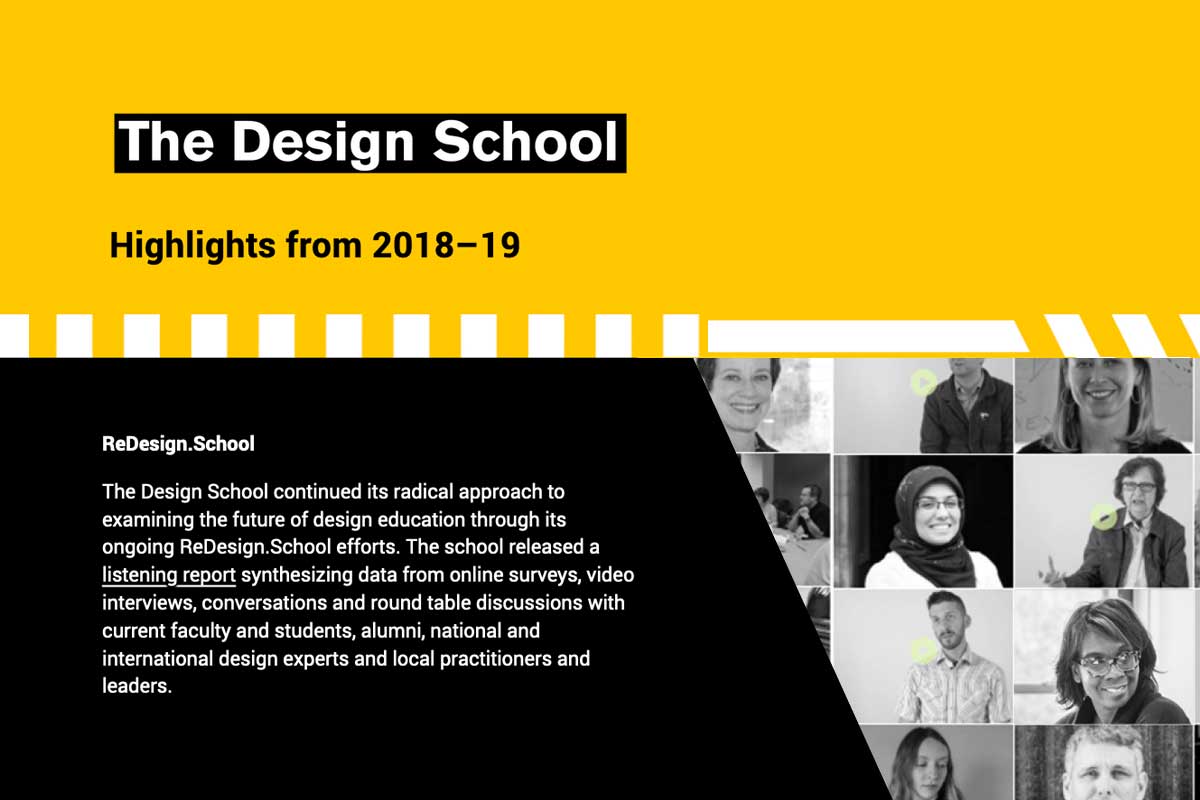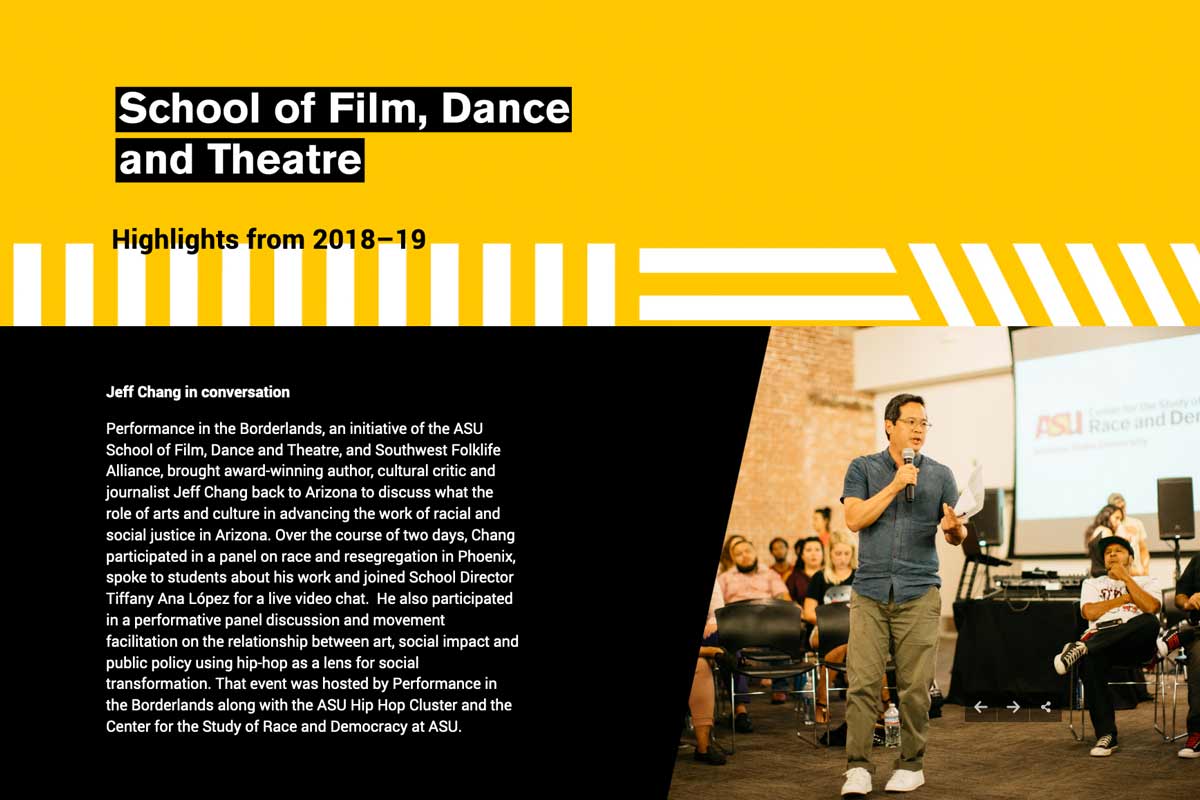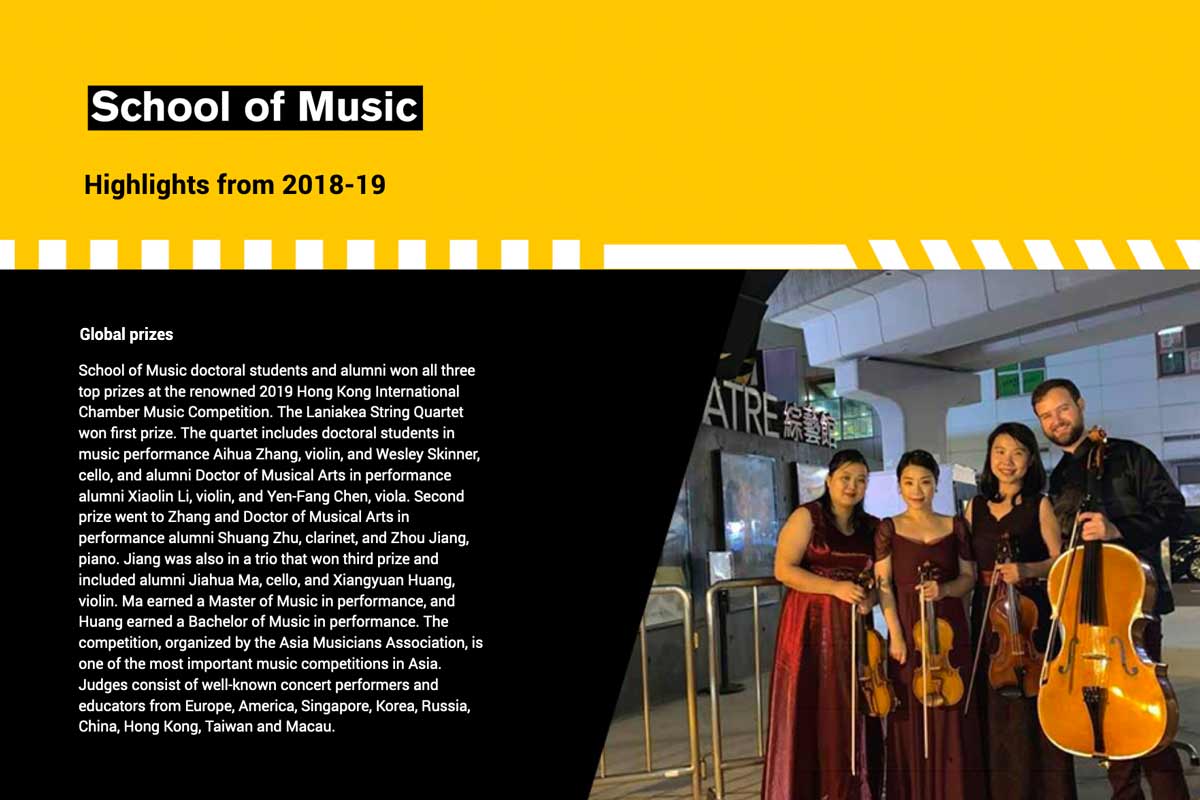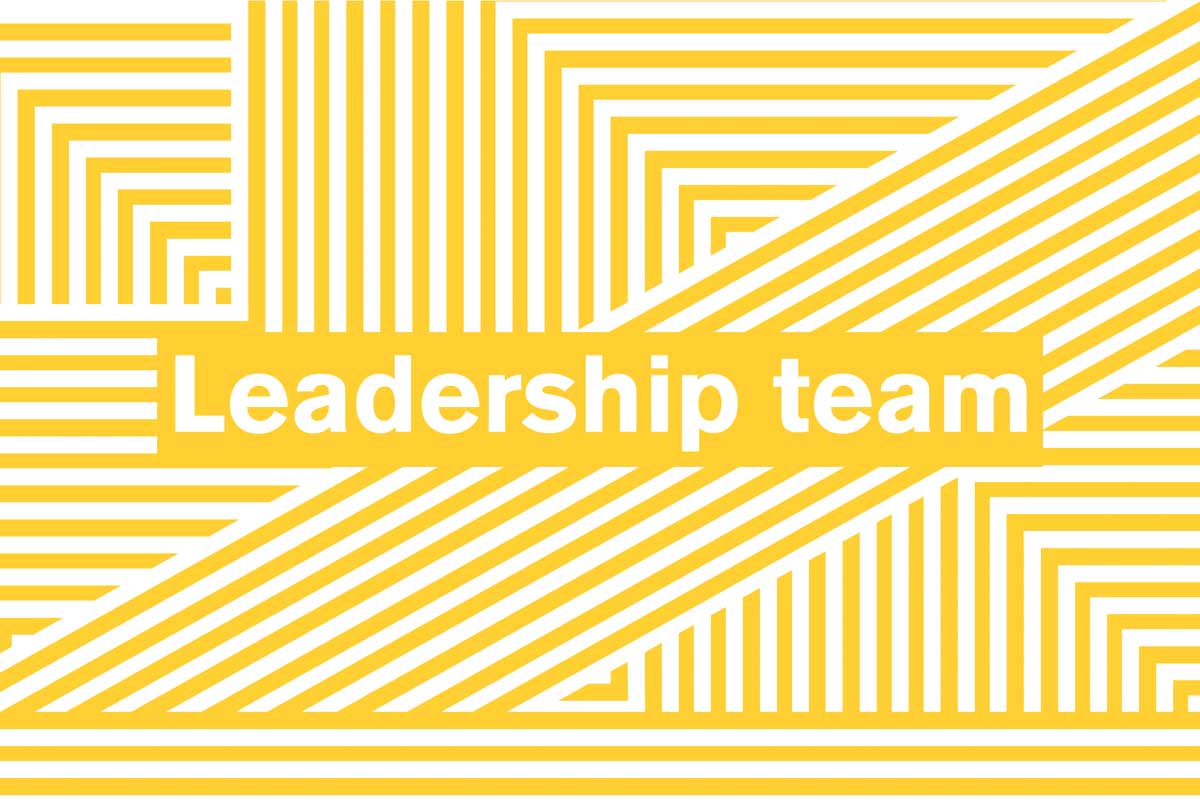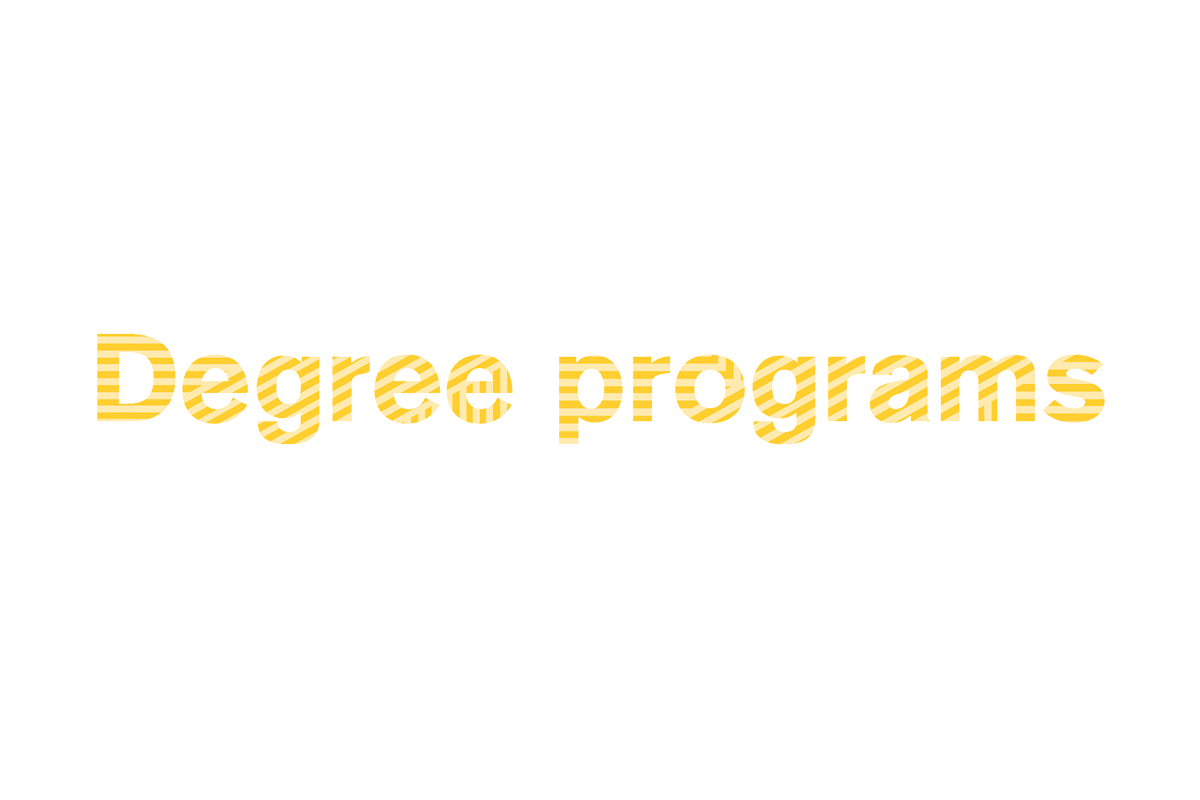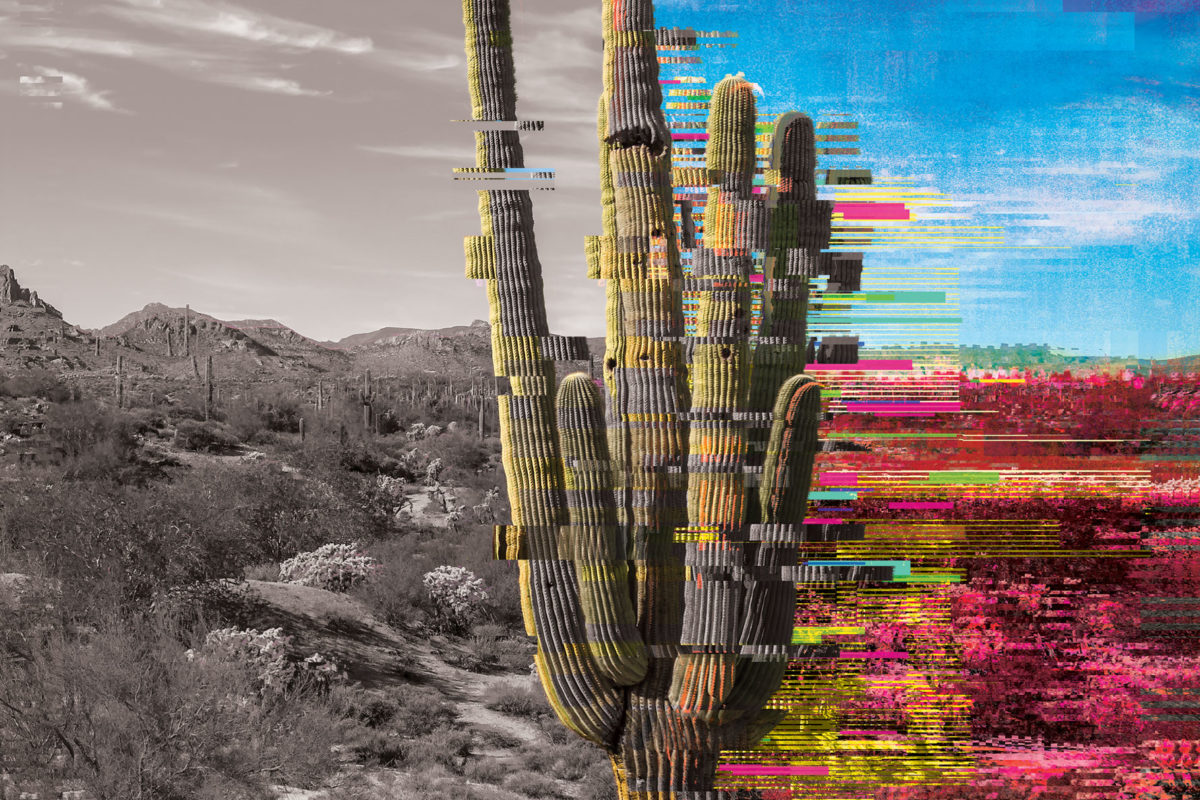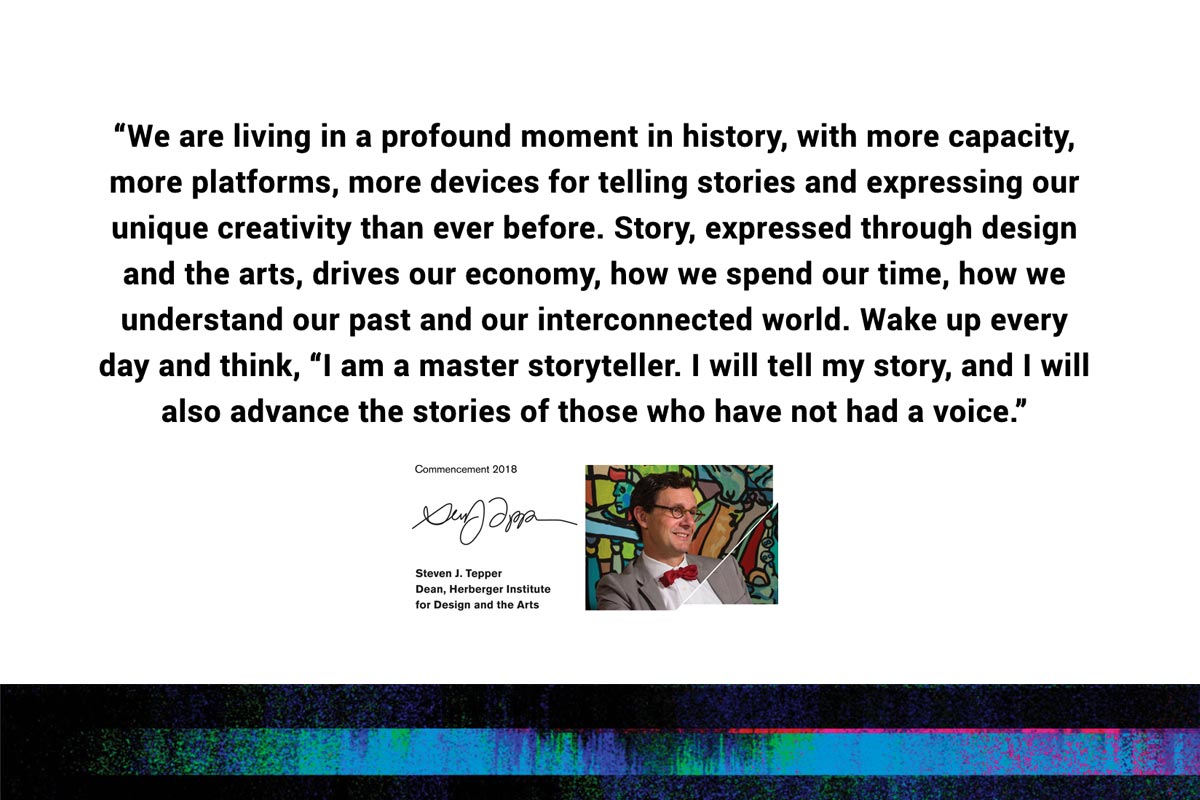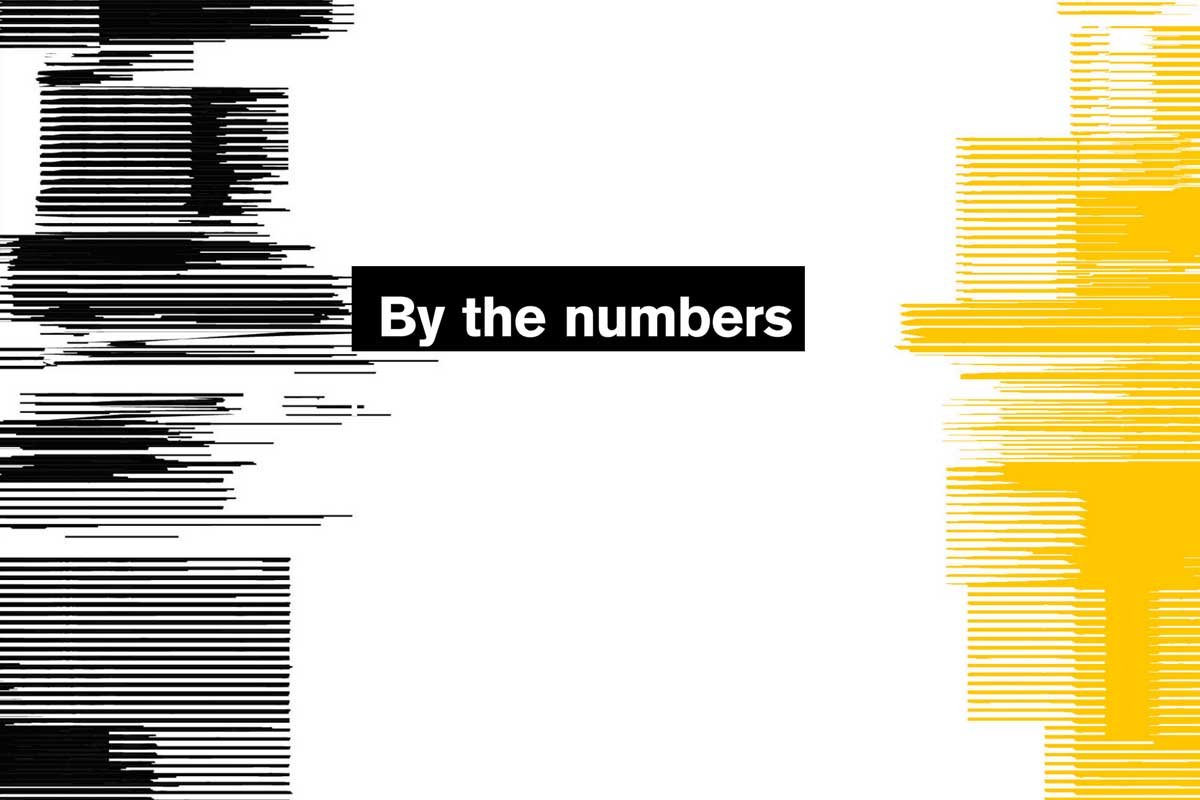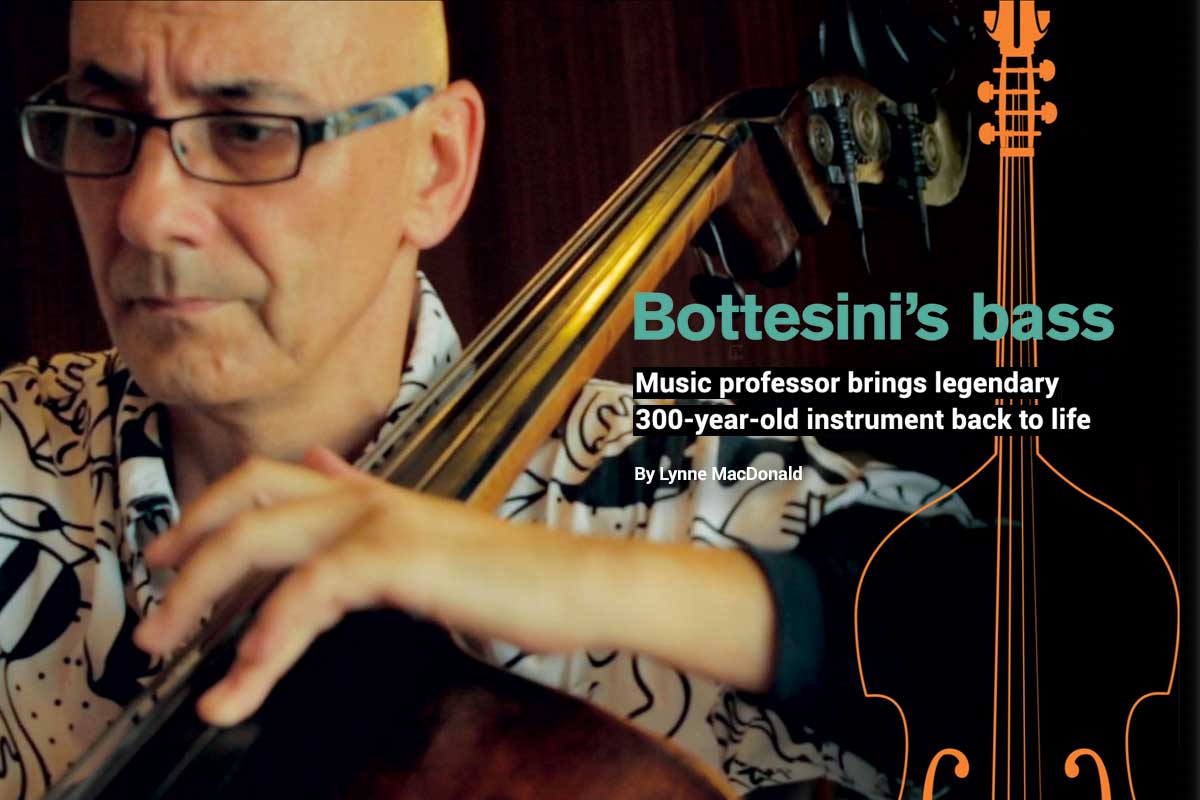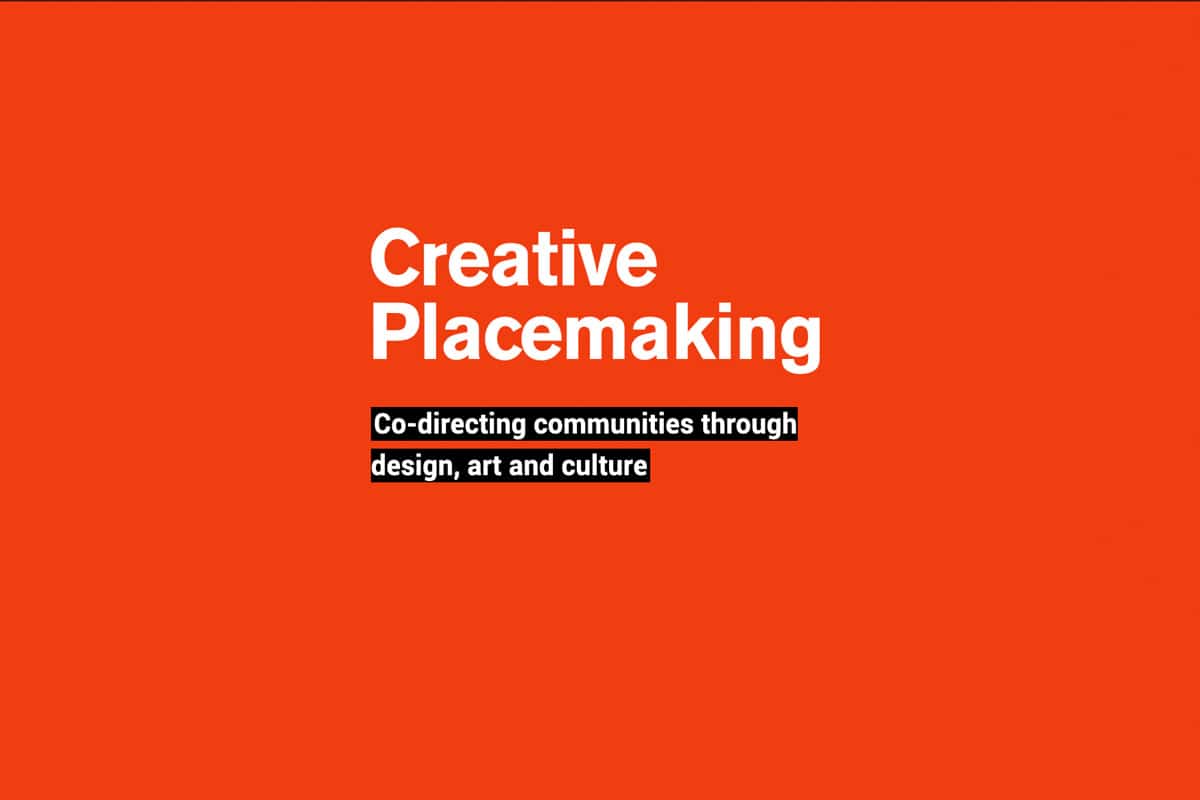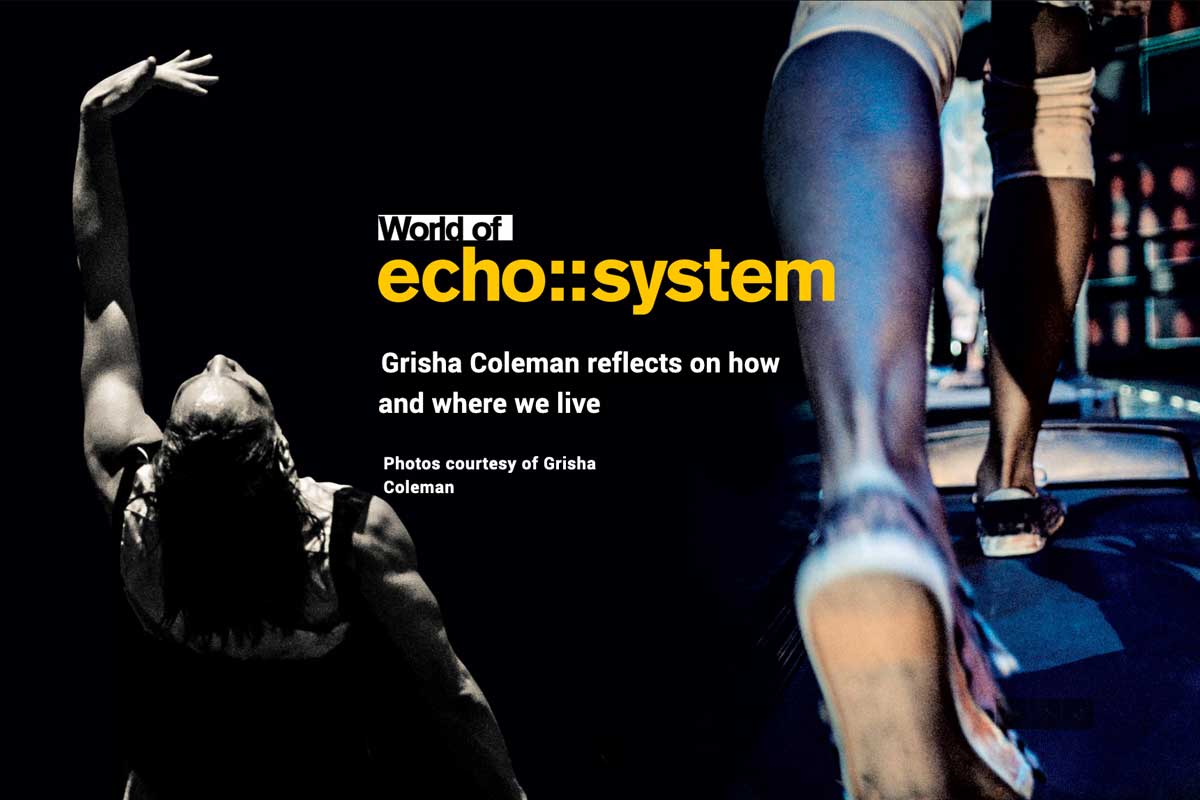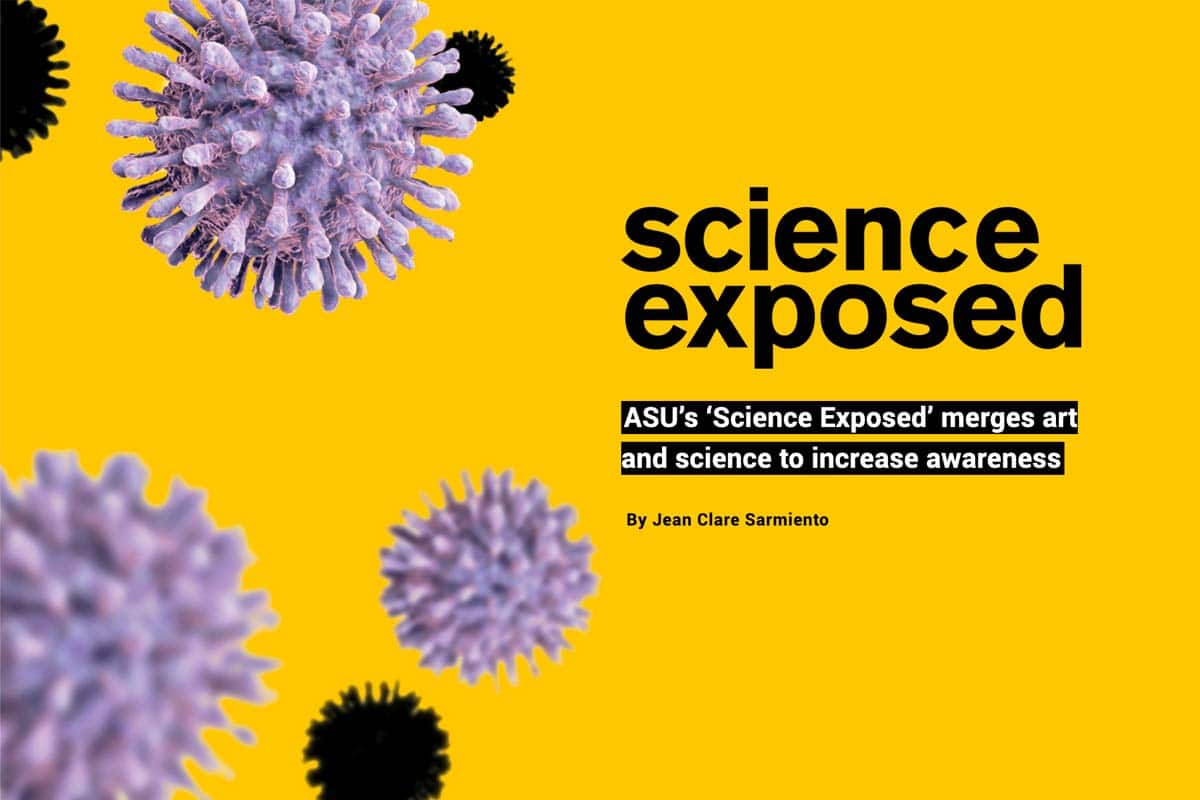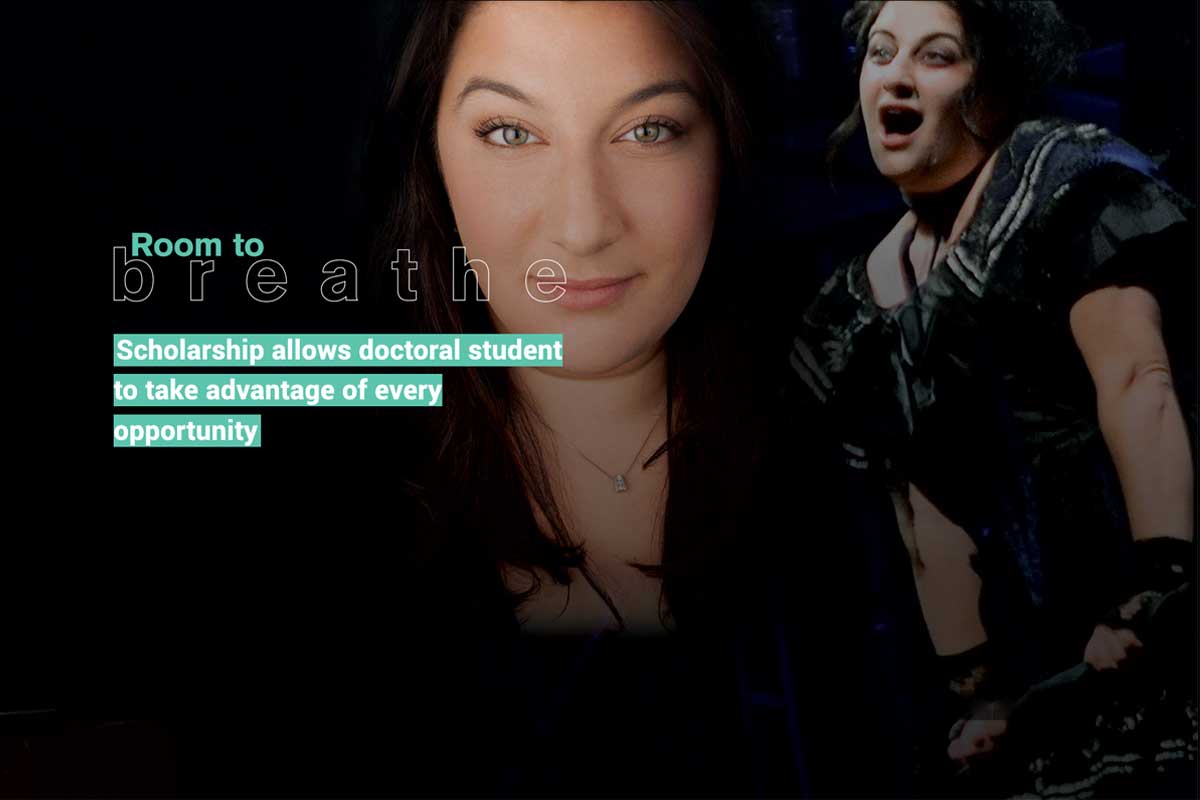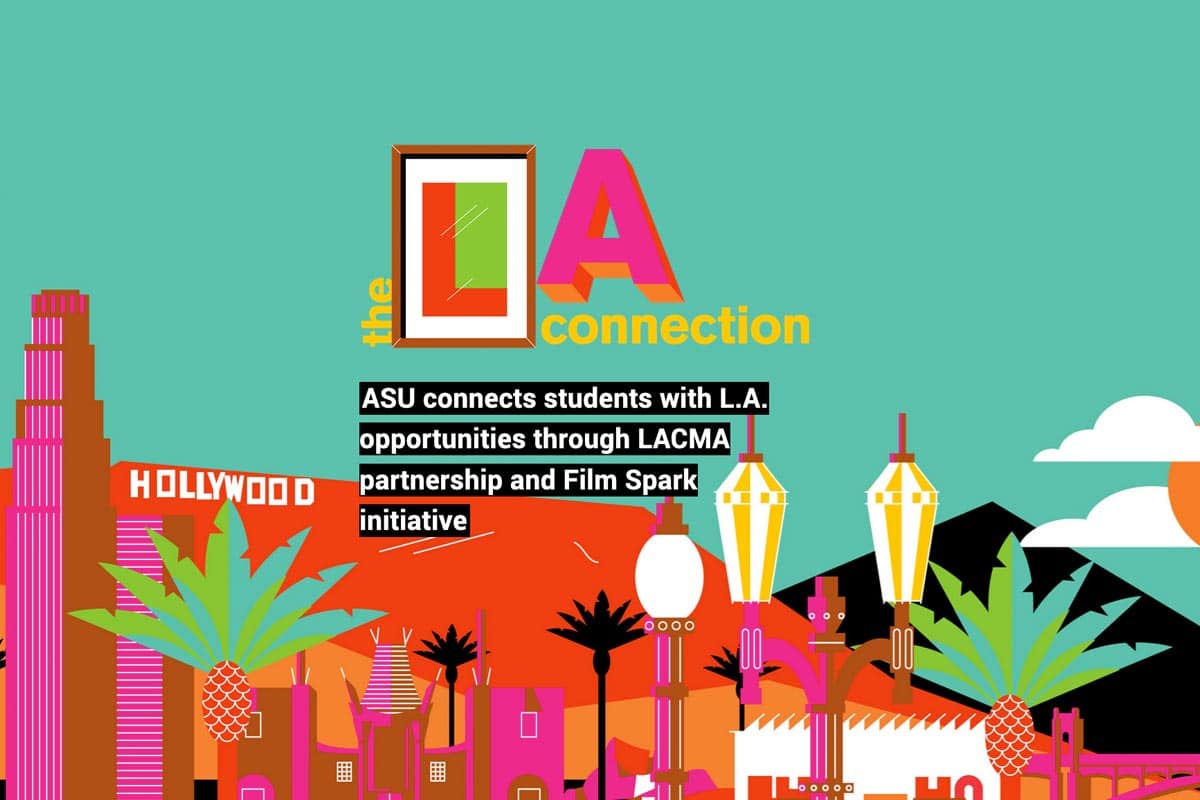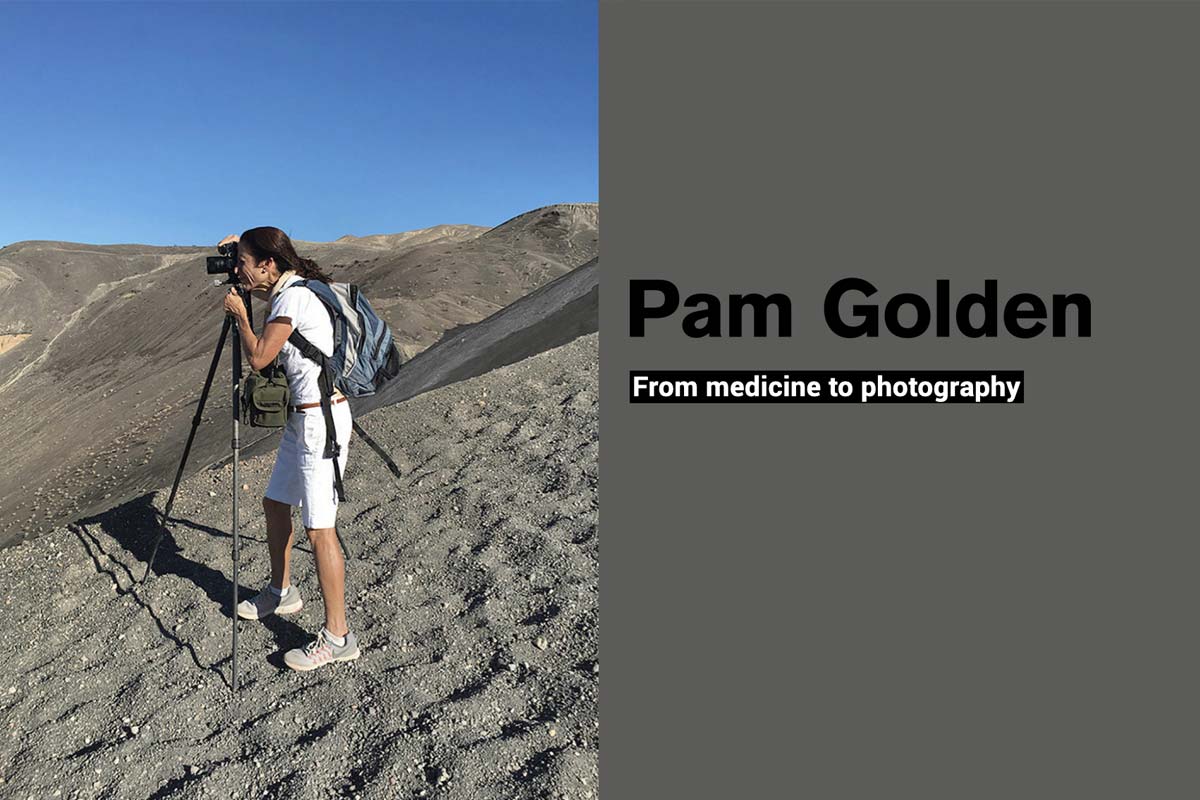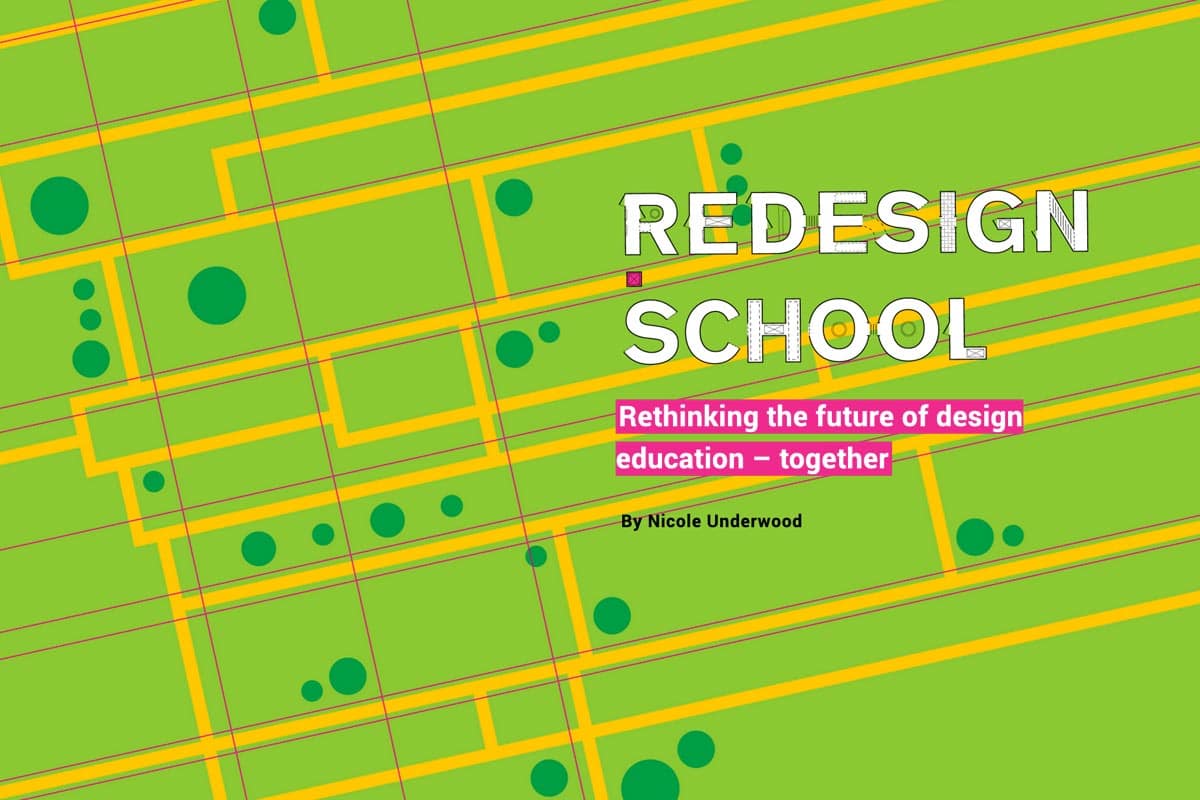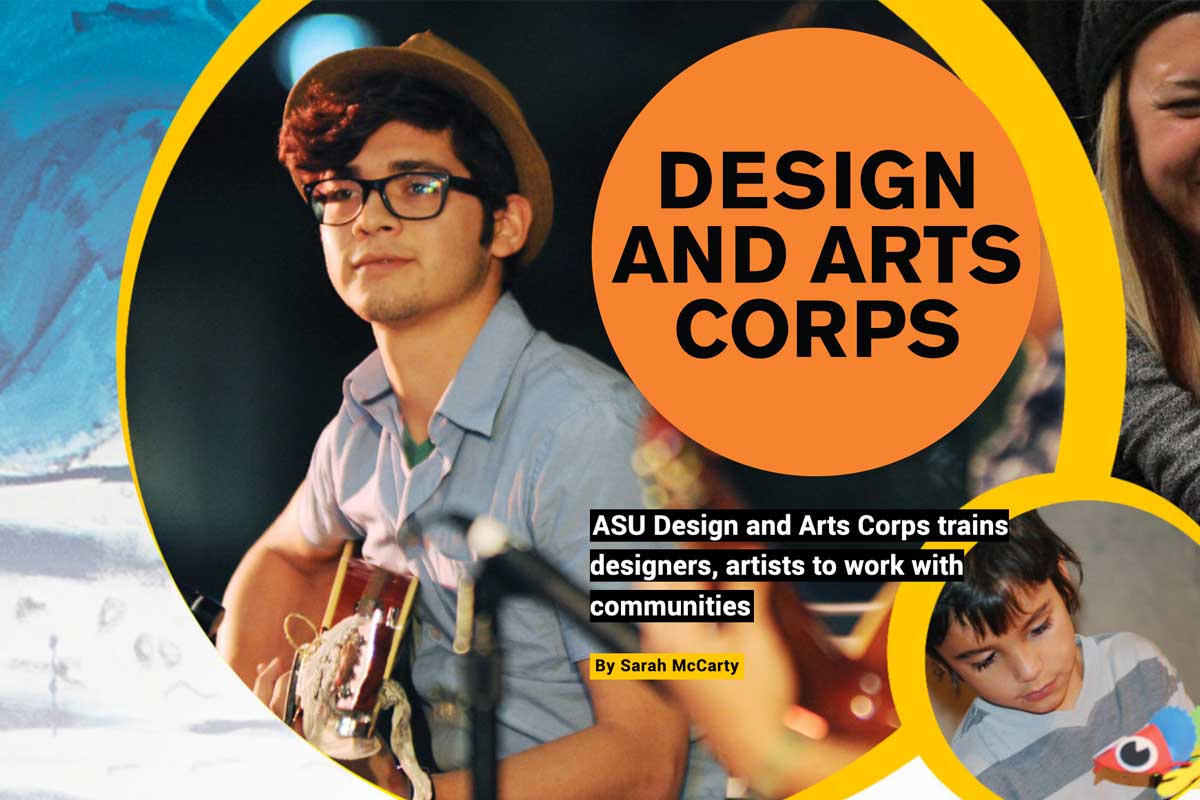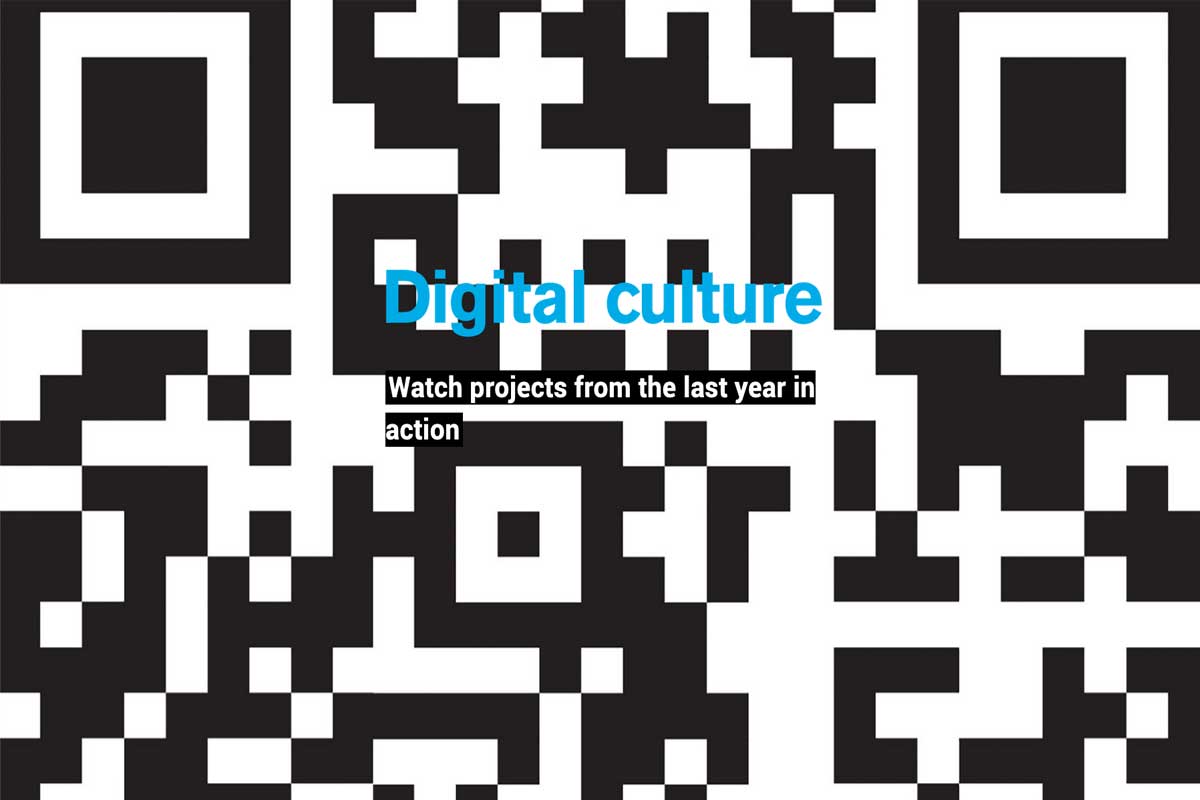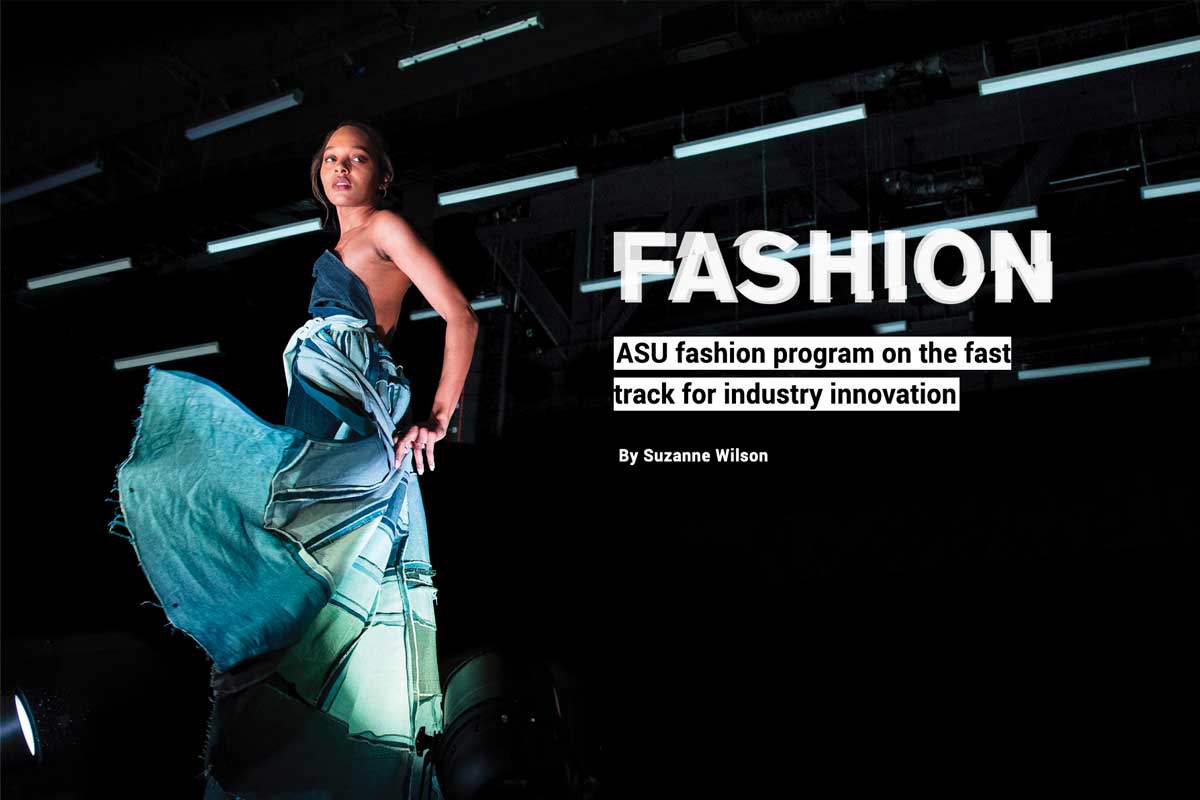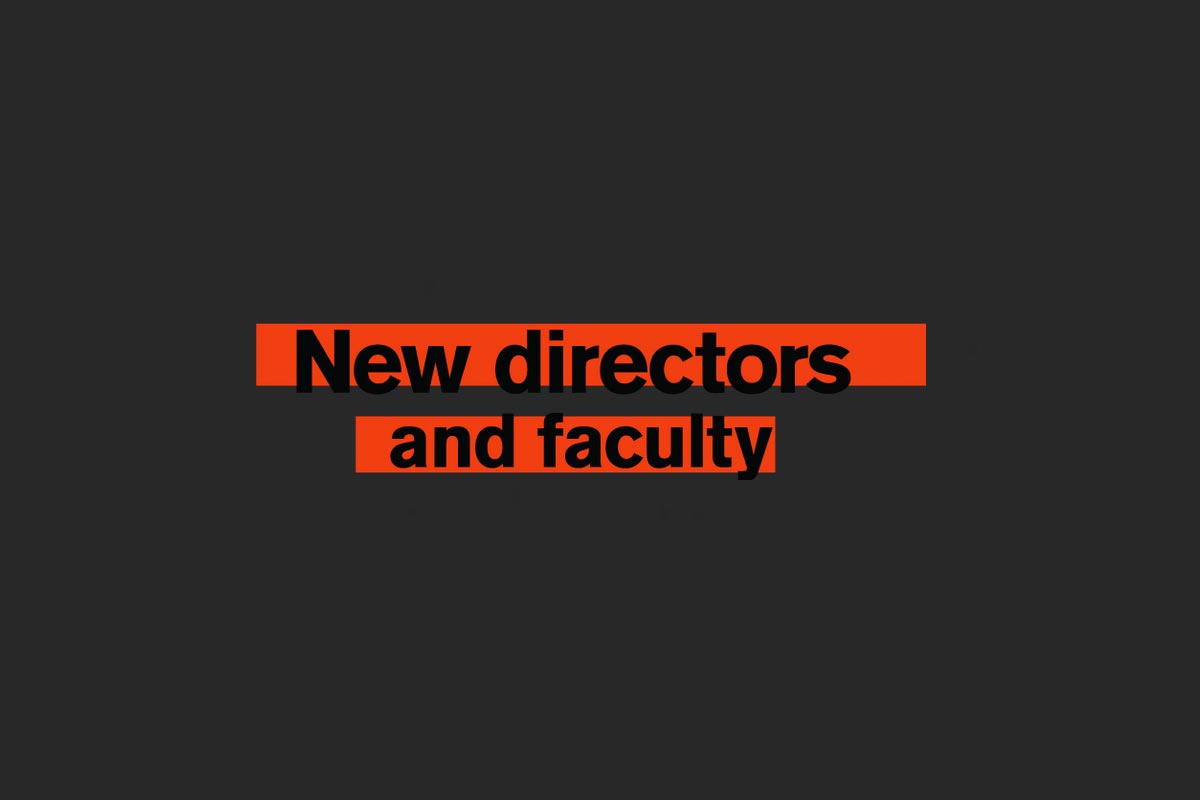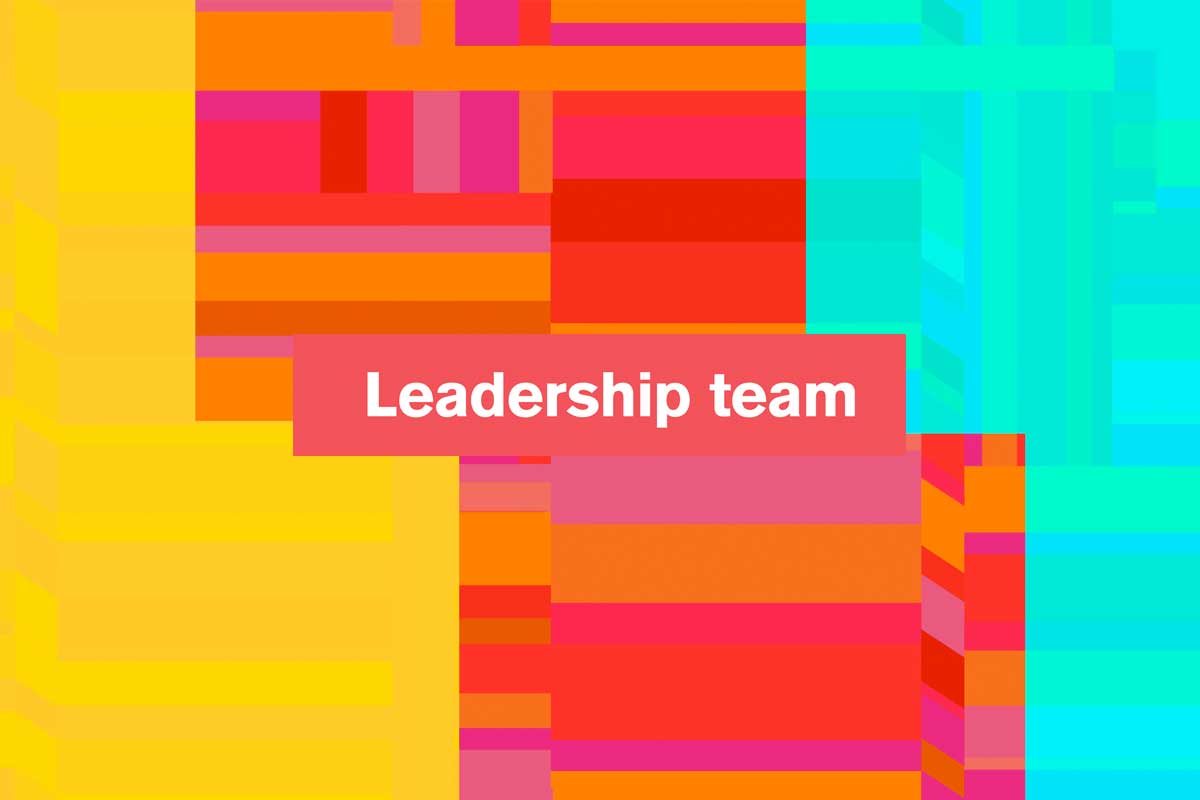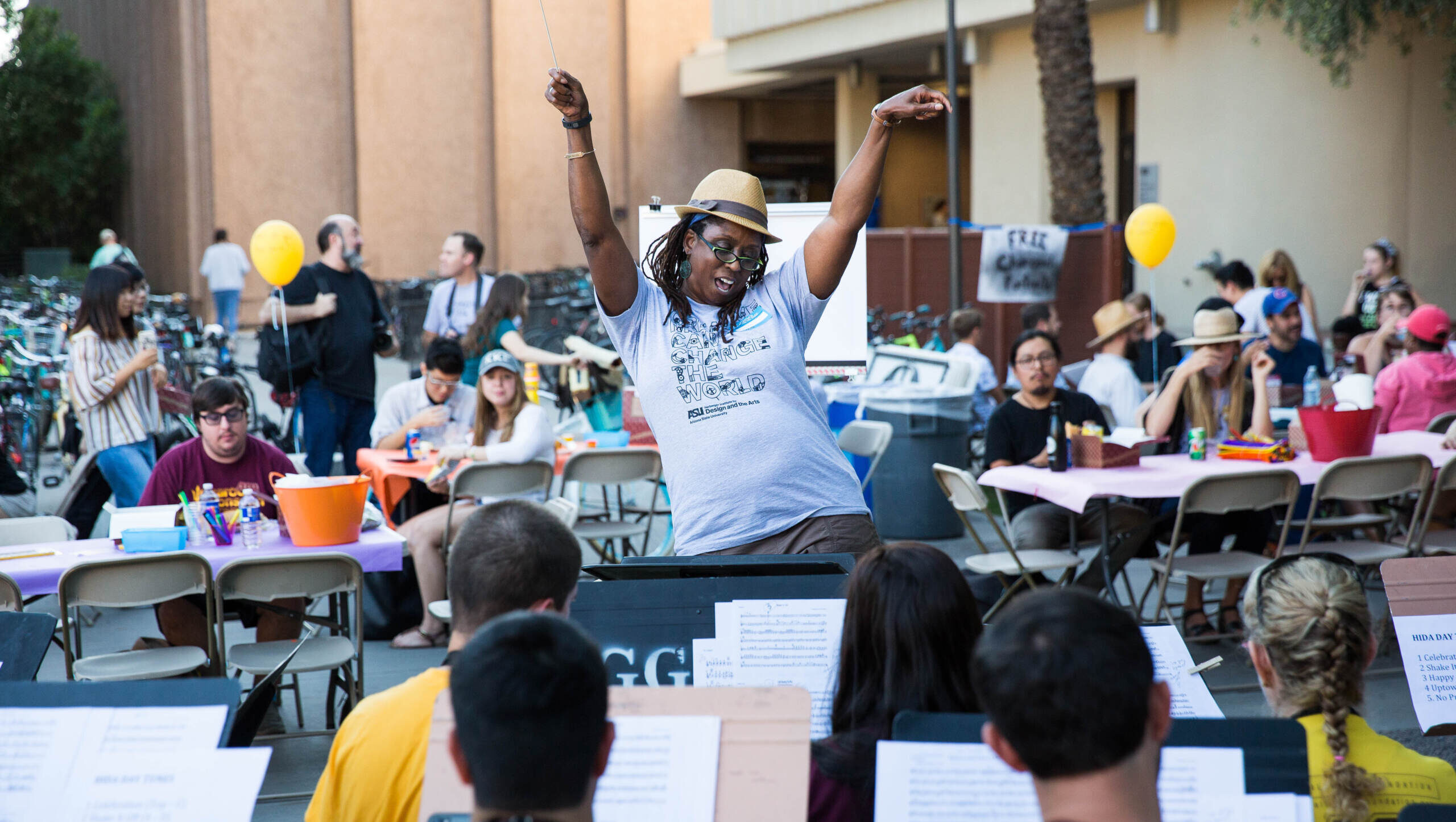Q: What are some obstacles to inclusivity?
A: Any time you’re a large institution, it’s really hard.
If you think you’re getting it right but you’re not, that’s a problem. You have to make sure you have the right people at the table that are giving you advice.
Make sure you’re using the right tools. I tell everybody, “Get a framework you’re operating out of.”
It’s the idea of a checklist vs. integration. A checklist means you ask me to show up at the meeting. Integration means you share an agenda, tell me how long to talk, what you want me to do.
No one wants to get it wrong.
Q: How do you listen?
A: Knowing how to listen to people is a hard spot. The framework we started using within (Herberger Institute) is the social change ecosystem by Deepa Iyer.
We’ve used it at our trainings and retreats and huddles that we have.
It gives roles that people play. People are weavers or storytellers or the front-line responders, the ones who respond immediately, or disrupters or healers.
When you start thinking in that lens, you listen differently. You notice who’s missing. There are nine roles. It centers on equity, liberation, justice and solidarity.
It helps us understand that we’re all trying to do the same thing. We’re not pitted against each other. We understand, “This is what you bring. This is what I bring.”
Q: What about ASU’s Charter?
A: The charter is beautiful. It is a good first step. The charter is lacking action steps.
So for example, “… measured not by whom it excludes, but by whom it includes and how they succeed …” means we have all these beautiful people here.
The protest a few weeks ago and the change.org petitions are for a multicultural center, and this is not the first year that students, faculty, staff and alumni have been asking for a multicultural center. It’s not enough to include BIPOC students and faculty. You must work toward listening, hearing and providing what they need to feel safe. Asking for a multicultural center is asking for safety.
If you want people to thrive and be their best selves and be creative and strive to be No. 1 in innovation, you must listen to what they need when they get here.
Q: What else does the position entail?
A: It’s events. The way we think about commencement. The way we think about any welcome ceremony. It’s HIDA Day, which will probably get pushed into the spring. How do we make sure we are weaving all of everyone’s humanity into that?
Another part of my job is connecting people when I hear things. “This group is doing XYZ; you should connect for your research project.” The more we can find those connection points, the better it is.
Q: You have a new book chapter out. What’s it about?
A: I’ve gotten to be involved in the national office of the American Music Therapy Association as we’ve been deepening our work in multiculturalism and diversity. The Diversity, Equity and Inclusion Committee presented at a conference a few years ago and was contacted by a publisher. We thought the book could be a project for the committee to do.
It’s a handbook meant to be used in the classroom. I used my chapter about music therapy in aging, in class two weeks ago.
One of the things that’s neat is when we think about the different categories of diversity and culture. In my work with aging, we always have to think about that. Aging has a lot of loss, so we have to make sure everyone has access.
I used to work in a retirement center, getting information out to older adults. Not everyone could read because of the small print, so we had a call-in line and I read the newsletter aloud every week. I would blow it up and post it in the elevator. There was also an in-house TV system so I would type it in there.
So this idea of putting information into multiple places in multiple ways so people have access is a thing for me. As I continue doing music therapy virtually with the MIM we’re always thinking about that. Who’s not here? To do this over Zoom you need a certain level of technology, and not everyone has access.
How can we make this look different?
